Disability and the African American Experience
Timeline Index
- 1619
- 1626
- 1664
- 1717
- 1738
- 1745
- 1752
- 1755
- 1773
- 1781
- 1792
- 1797
- 1808
- 1810
- 1811
- 1820
- 1824
- 1825
- 1828
- 1833
- 1835
- 1837
- 1839
- 1840
- 1842
- 1844
- 1846
- 1848
- 1851
- 1855
- 1857
- 1860
- 1861
- 1862
- 1863
- 1864
- 1865
- 1866
- 1868
- 1869
- 1872
- 1876
- 1877
- 1880
- 1881
- 1882
- 1883
- 1884
- 1887
- 1888
- 1889
- 1890
- 1892
- 1895
- 1902
- 1904
- 1906
- 1909
- 1911
- 1912
- 1913
- 1915
- 1916
- 1918
- 1919
- 1920
- 1923
- 1924
- 1926
- 1929
- 1932
- 1933
- 1939
- 1941
- 1945
- 1952
- 1954
- 1955
- 1957
- 1961
- 1964
- 1966
- 1967
- 1972
- 1973
- 1974
- 1979
- 1981
- 1982
- 1990
- 1992
- 1994
- 2000
- 2003
- 1619
-
Forced Immigration 1619
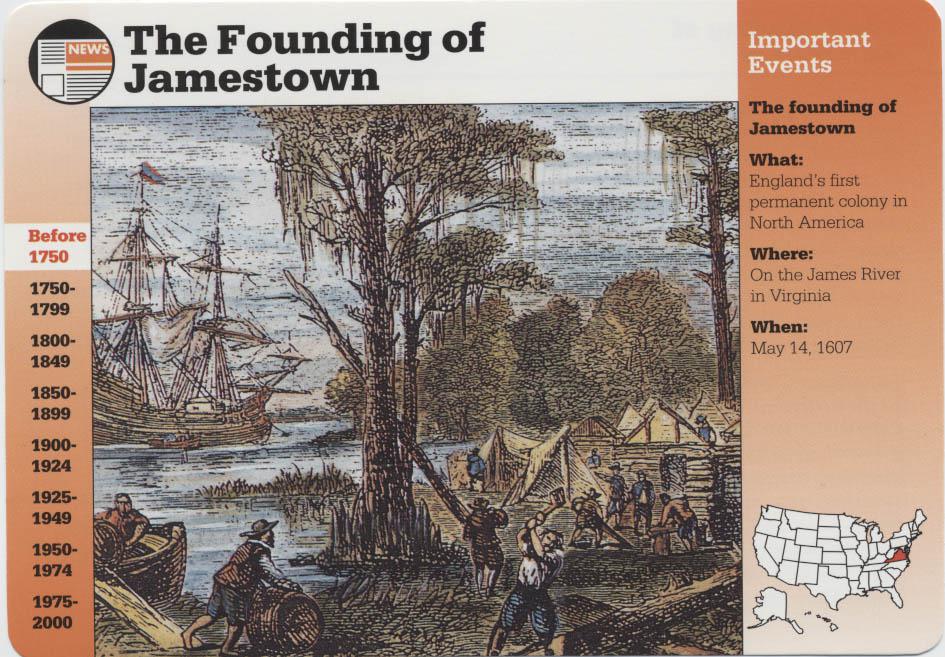
- The first 20 enslaved Africans are brought to the American colonies.
- The slaves land at Jamestown, Virginia, and are subsequently sold to colonists.
- 1626
-
The Dutch Colony 1626
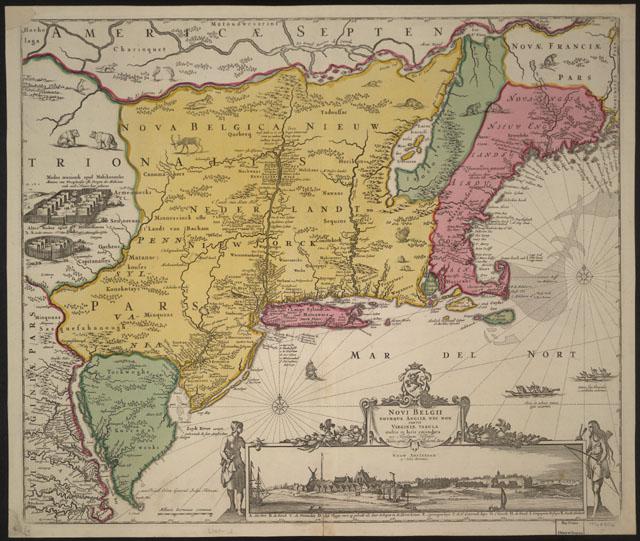
The Dutch West India Company imports the first 11 African slaves to the New Netherlands (New York).
- 1664
-
Slave Codes 1664
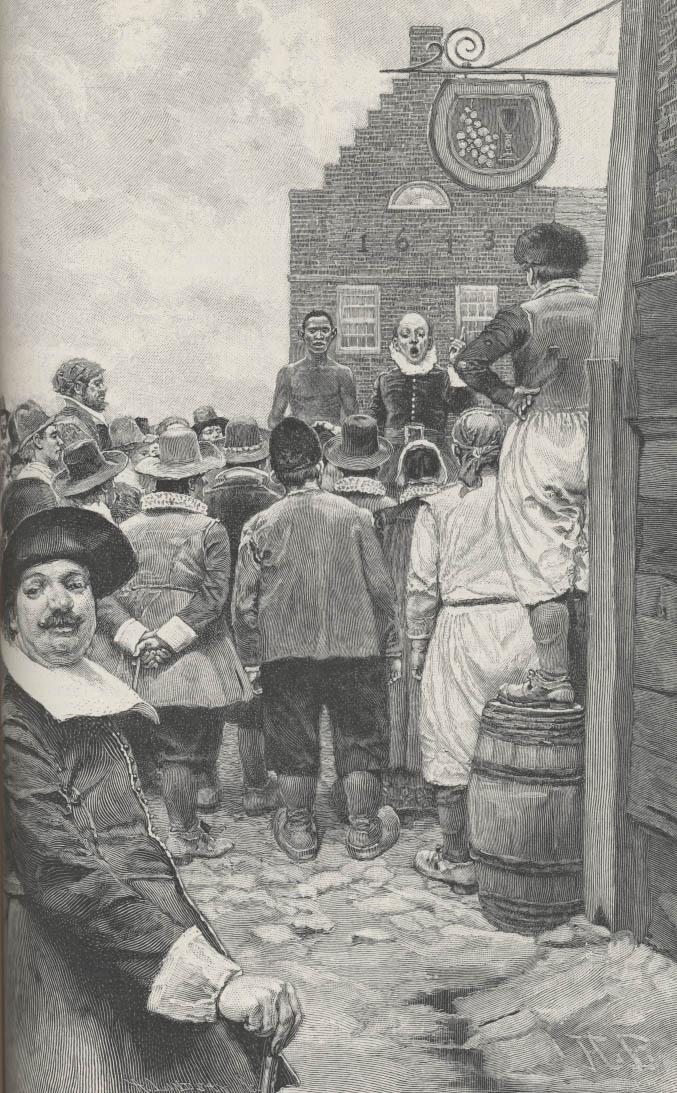
- New York and New Jersey legalize slavery with the passage of the first “slave codes” in the colonies.
- The basic tenant of these codes is focused on skin color and nothing else.
- 1717
-
Beginnings of Care 1717
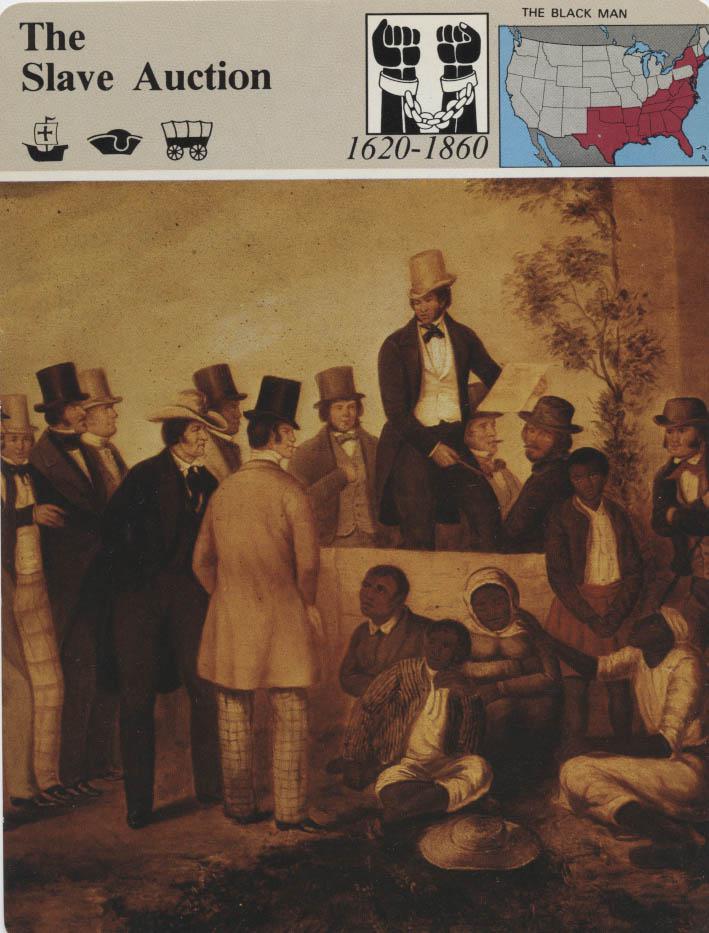
Charleston, South Carolina passes a provision requiring owners of slaves to provide care and control or pay a fine if he “turned out a sick or disabled servant.” - 1738
-
Confinement in Charleston, South Carolina 1738
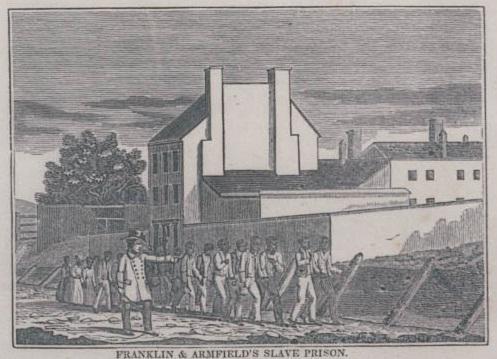
- The Charleston, South Carolina Workhouse opens and starts receiving: “all rogues, vagabonds, lewd and idle persons and beggars, stubborn and obstinate apprentices and servants, and children, common drunkards, common night walkers, pilferers, wanton, and lascivious persons, common scolds, and brawlers, tradesmen, and laborers neglecting their callings, and leading idle and dissolute lives and who do not provide for the support of their families, …..stubborn, obstinate or incorrigible negroes or slaves.”
- The list provides insight into the nature and content of some of the earliest facilities that were available to African Americans during the colonial period.
- 1745
-
Colonial Legislation 1745
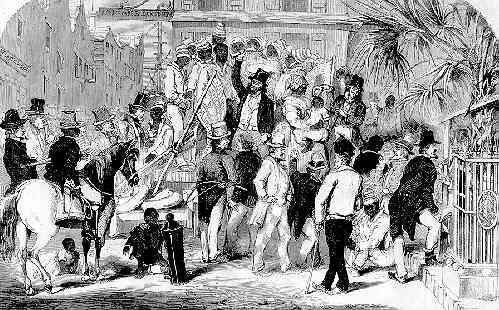
- The South Carolina colonial assembly legislates that colonial parishes are responsible for the public maintenance of “lunatic” slaves if that maintenance can not be provided by the owner.
- This legislation was the result of a slave woman named Kate who had been found to be “out of her senses.” She was accused of infanticide.
- 1752
-
Protection for Slaves with Disabilities 1752
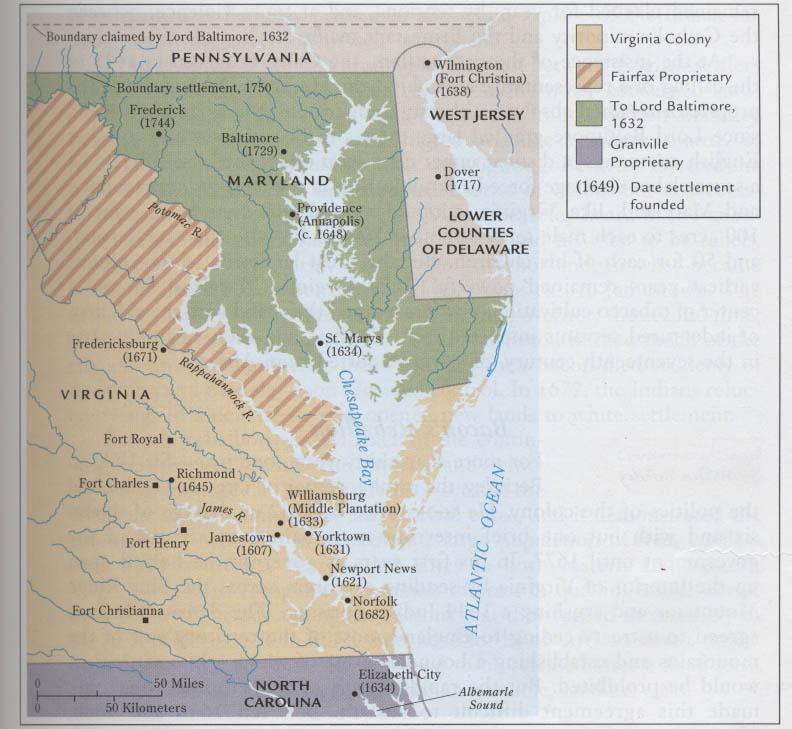
- 1755
-
Incarceration for Fugitive Slaves 1755
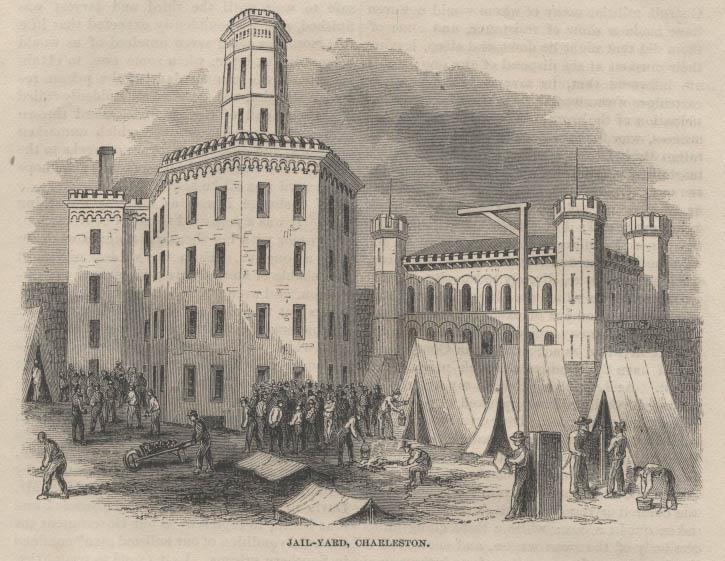
- The city of Charleston recognizes the need to construct a separate facility for “persons disordered in their senses, fugitive slaves, and others.”
- By 1768 the old workhouse became a correctional facility and was used primarily to discipline slaves.
- 1773
-
The First of Its Kind in the United States 1773
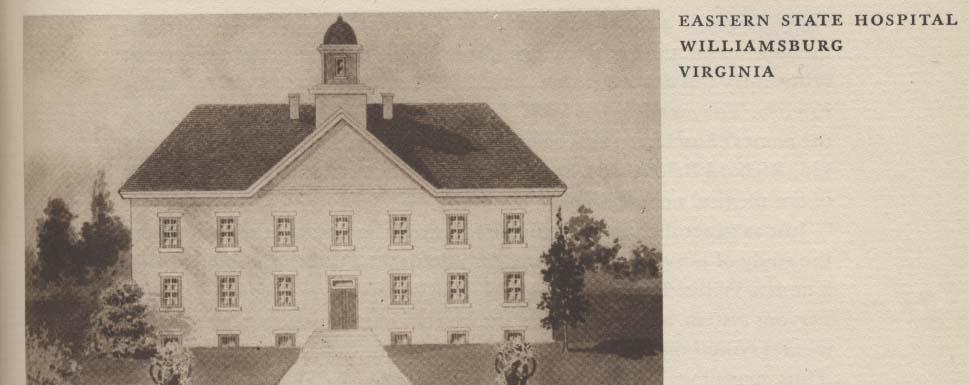
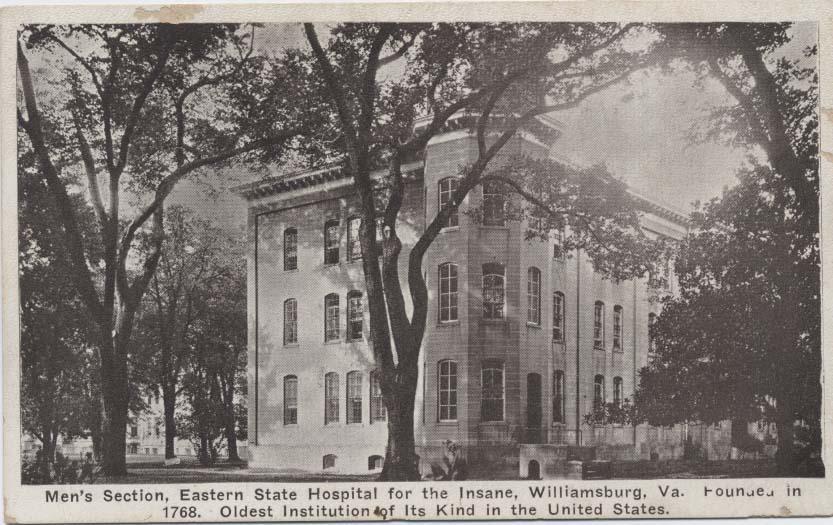
- Eastern State Hospital, the first public facility in the United States constructed solely for the care and treatment of the mentally ill, opens in Williamsburg, Virginia.
- Free blacks were admitted to the hospital and were not fully segregated from the white population.
- 1781
-
A Future leader of Rebellion 1781
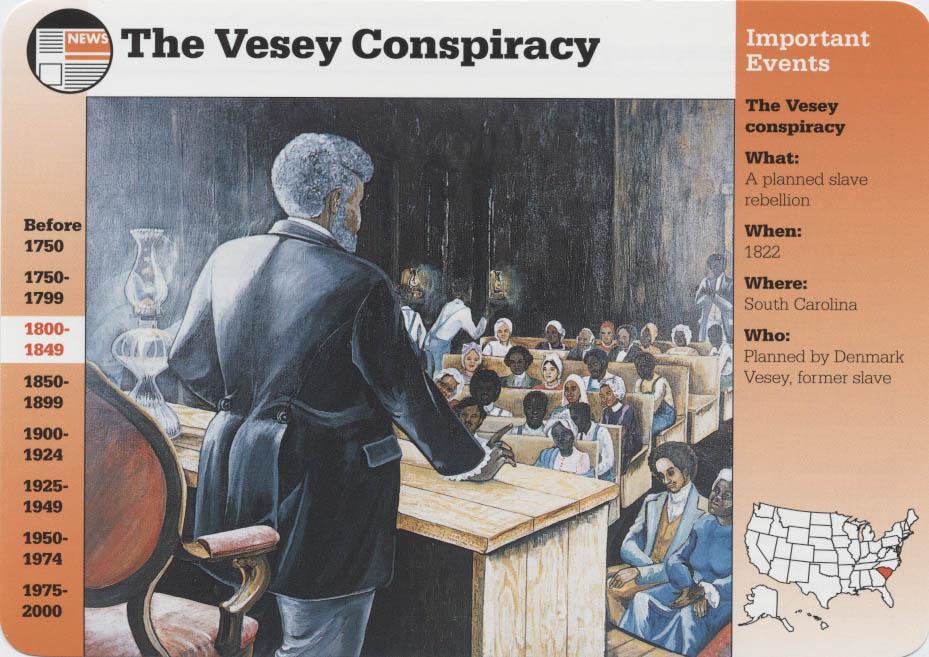
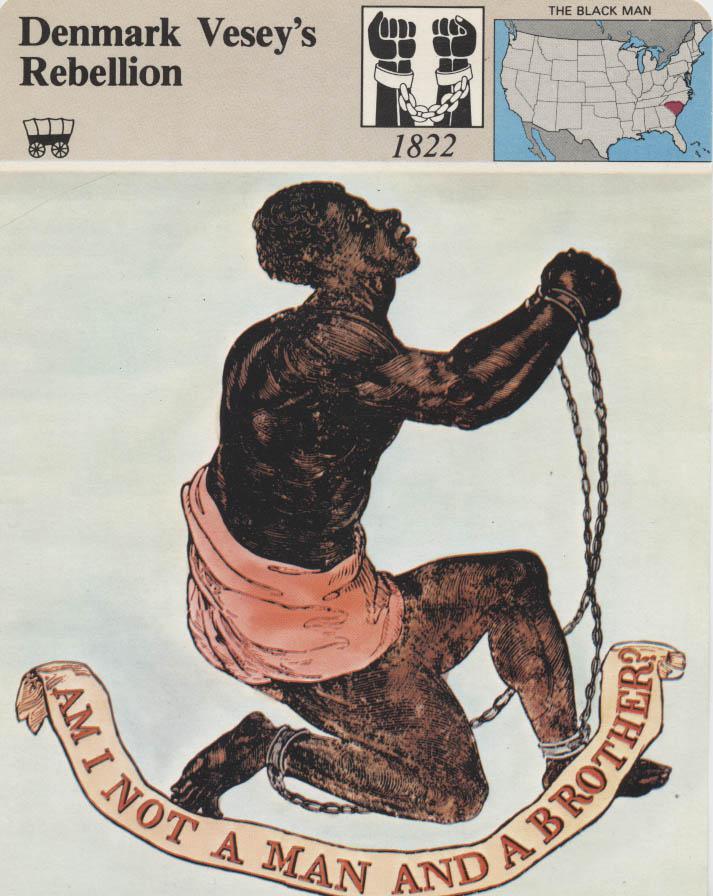
- The future leader of a failed slave rebellion, Denmark Vesey, is sold to the harsh environment of a Haitian sugar plantation after serving in the comfort of Captain Vesey’s ship.
- Shortly thereafter, Denmark began experiencing epileptic fits. As a result, Captain Vesey was forced to take back his slave and refund the buyer.
- Denmark never experienced another epileptic fit and eventually led a slave rebellion in South Carolina in 1822.
- 1792
-
Benjamin Rush 1792
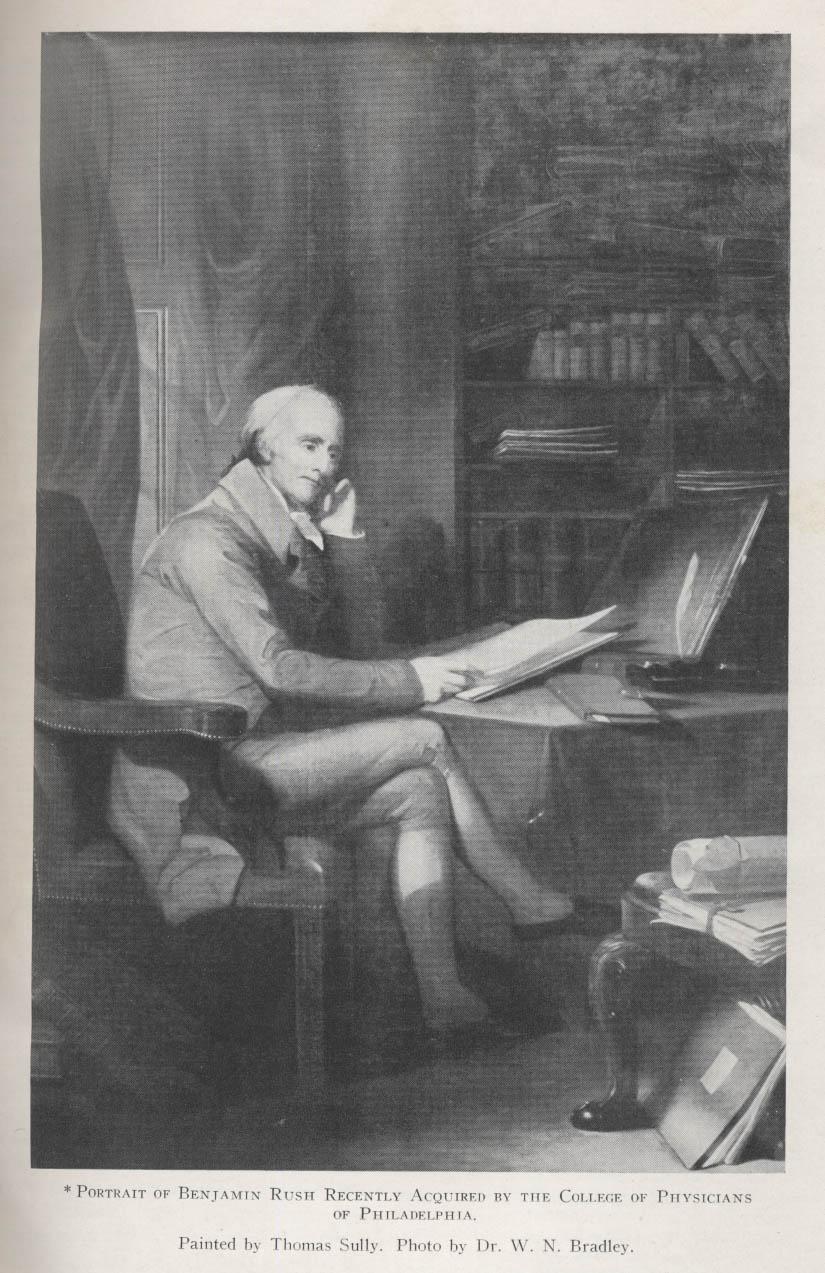
- 1797
-
Spring Grove 1797
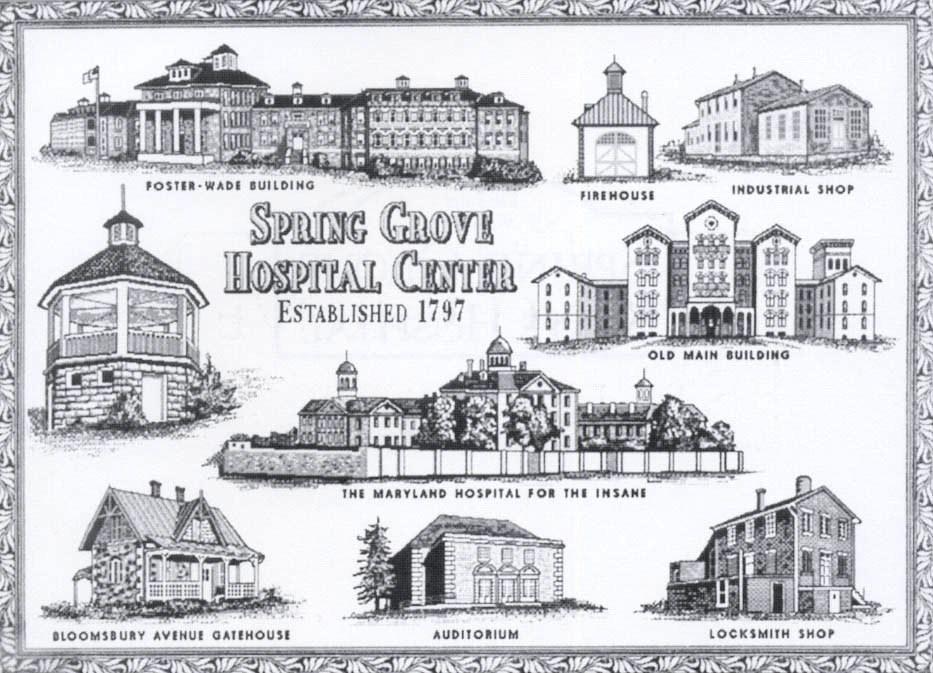
- Spring Grove Hospital in Baltimore City, Maryland opens, providing to care for the destitute sick and “lunatics.”
- The facility admitted an African American patient in 1849, the only known case at the hospital.
- 1808
-
Society for Mutual Relief 1808
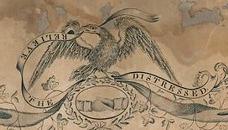
- The New York African Society for Mutual Relief is established, operating out of a building in southern Manhattan.
- Primary functions of this benevolent society were education, care for the sick, infirm and disabled, burying the dead, and protecting families of deceased members.
- 1810
-
Hottentot Venus 1810
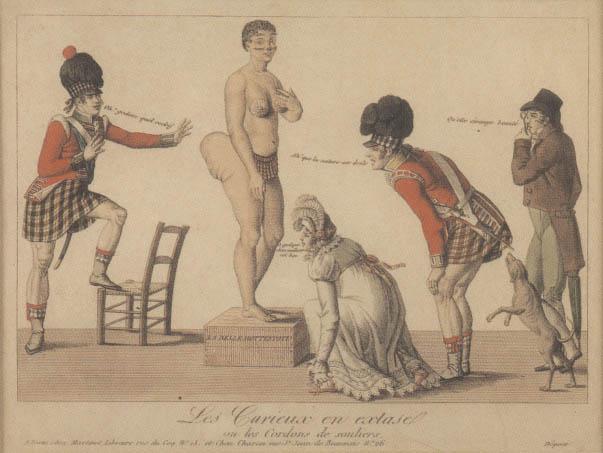
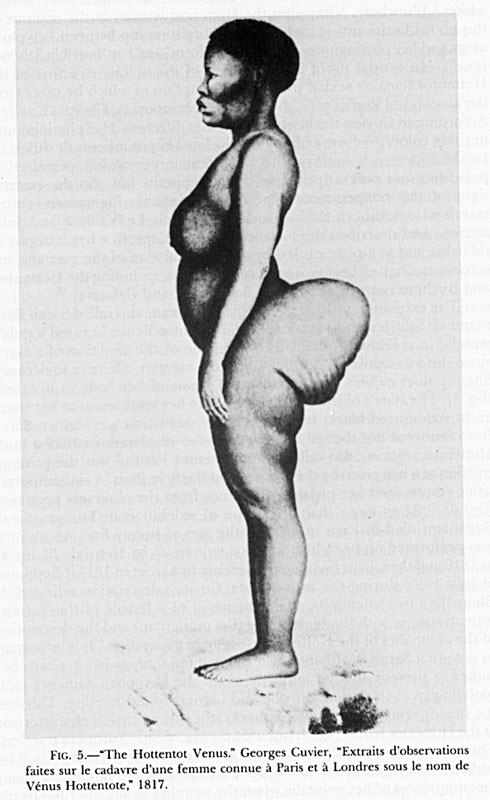
- Saarjite “Sarah” Baartman, also know as the Hottentot Venus, is brought from South Africa to Europe to be put on display for her body.
- Baartman’s allure was steatopygia, a large accumulation of fat in the buttocks region.
- 1811
-
Almshouse 1811
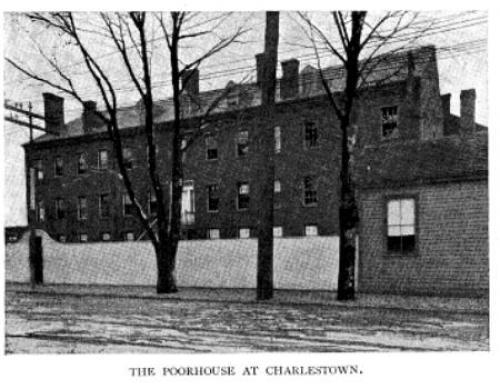
- The almshouse in Charleston, South Carolina starts to admit insane free blacks.
- Free blacks who did not have a mental disability were excluded from this public service.
- 1820
-
Taking Care of Our Own Kind 1820
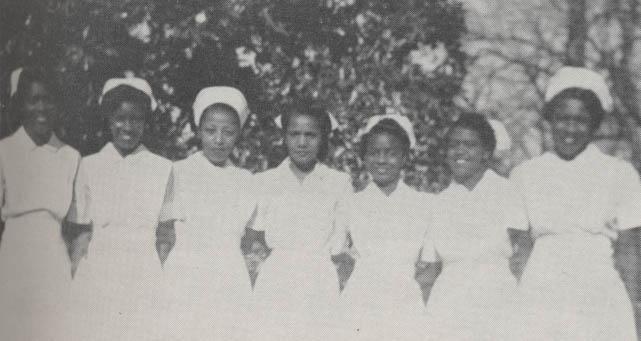
The city of Charleston begins to hire black nurses to care for the insane free blacks in the almshouse. - 1824
-
Early Efforts 1824
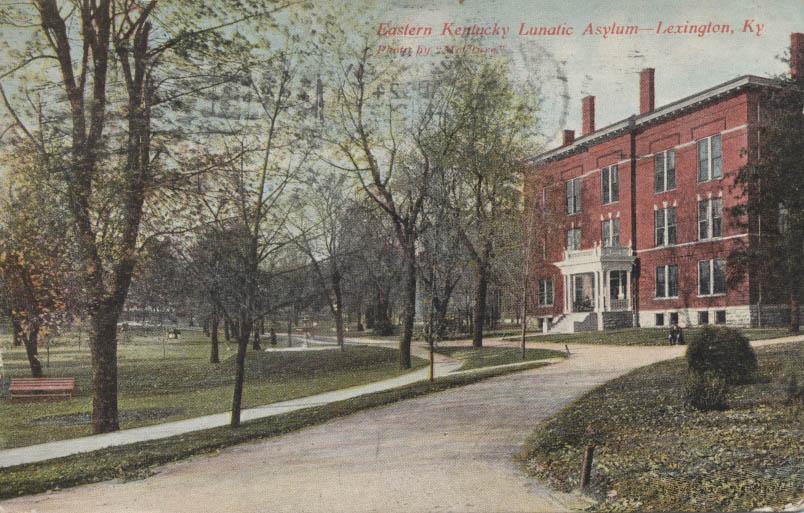
- A lunatic asylum opens in Lexington, Kentucky.
- This was the fifth institution in the United States that provided care for people with mental disabilities.
- The first patient admitted to the asylum was a black woman.
- 1825
-
An Elite, White Institution 1825
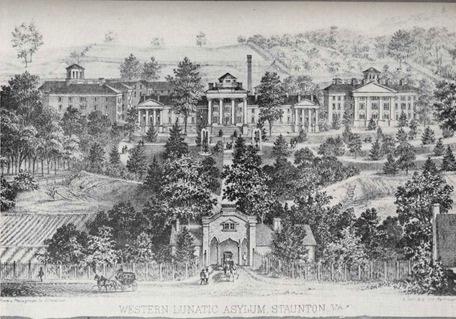
- Western Lunatic Asylum opens in Staunton, Virginia.
- Free blacks were denied admission to preserve the impression that the asylum was an elite, white institution.
- 1828
-
South Carolina 1828
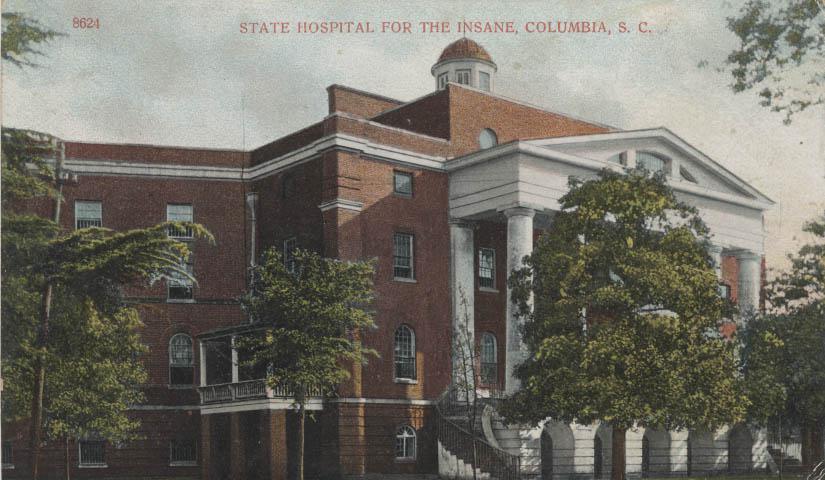
- South Carolina Lunatic Asylum opens in Columbia.
- In 1829, a fourteen year-old slave named Jefferson was admitted, but was expected to live outside in the yard.
- Blacks were not legally admitted until 1848.
- During the Civil War, the hospital became a refuge for freedmen and those displaced by the war. Living quarters were strictly segregated.
- 1833
-
Horace Mann 1833
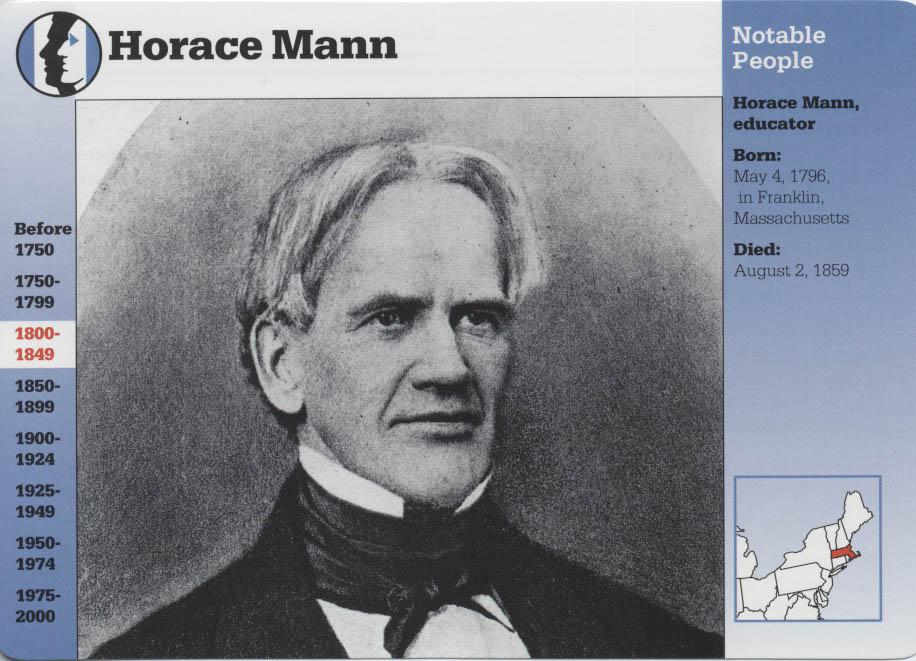
- Worcester State Hospital opens in Massachusetts, admitting black patients in segregated wards.
- Trustee of the hospital and famous education reformer Horace Mann stated:
“Africans… ought not to mingle with the other female patients.” -
Liberator of Slaves 1833
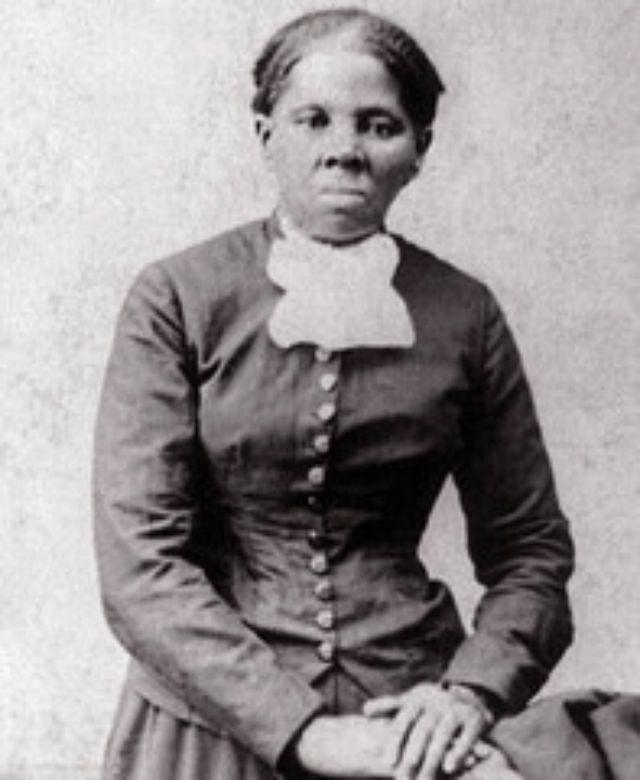
- An adolescent Harriet Tubman witnesses an overseer preparing to punish a slave from another family and intervenes.
- In the process, Harriet is struck in the head with a two pound weight—resulting in a skull fracture.
- She recovered slowly from the injury and, for the rest of her life, experienced seizures, narcolepsy, and headaches.
- After escaping from slavery, Harriet helped more than 300 slaves achieve their freedom by means of the Underground Railroad.
- 1835
-
Phineas Taylor Barnum 1835
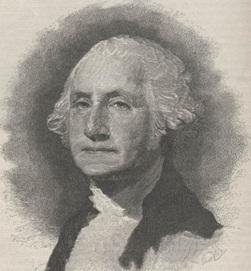
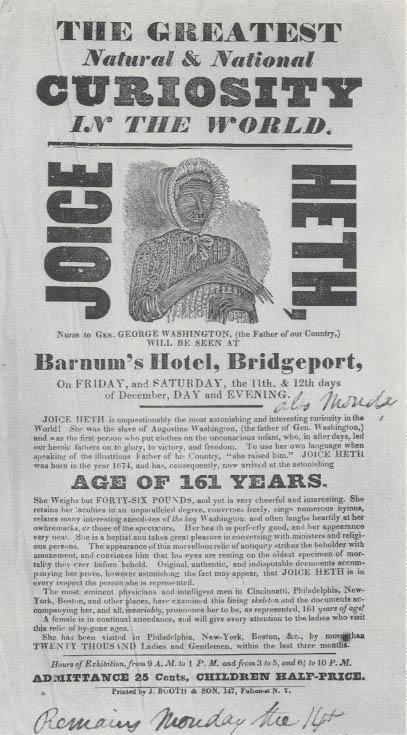
- P. T. Barnum starts exhibiting Joice Heth as George Washington’s 161 year old African American nurse.
- Heth, who was blind and partially paralyzed, was the first “human oddity” exhibited by Barnum.
- Barnum’s claims about Heth were later determined to be a hoax when Heth’s body underwent an autopsy.
- 1837
-
James McCune Smith 1837
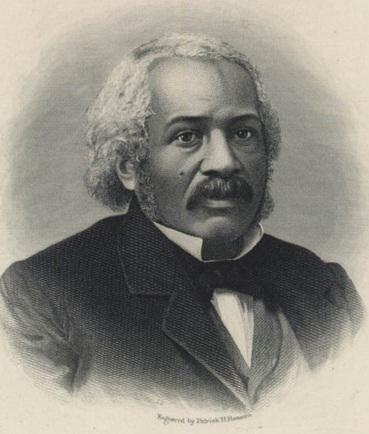
- James McCune Smith graduates with a medical degree from the University of Glasgow, Scotland.
- After Dr. Smith returned to the United States, he became the first African American in the nation to practice medicine.
- He worked at the Free Negro Orphan Asylum for 25 years.
- 1839
-
The American Anti-Slavery Society 1839
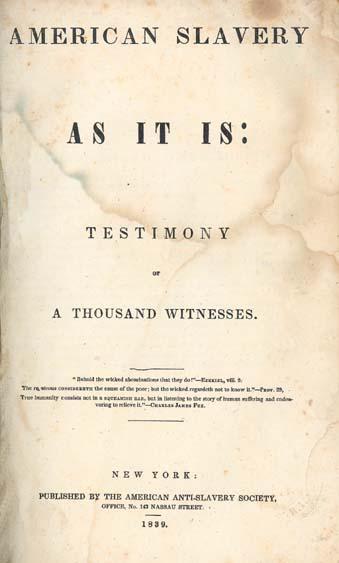
- American Slavery As It Is: Testimony of a Thousand Witnesses, co-authored by Theodore D. Weld, is published by the American Anti-Slavery Society.
- The document offered insight into the views that masters held in regards to slaves with disabilities:
“The blind, lunatics, and idiots. As all such would be a tax on him, it would be for his interest to shorten their days.”- Other descriptions of disabilities also appeared in the testimony.
- 1840
-
The United States Census as Propaganda (Part 1) 1840
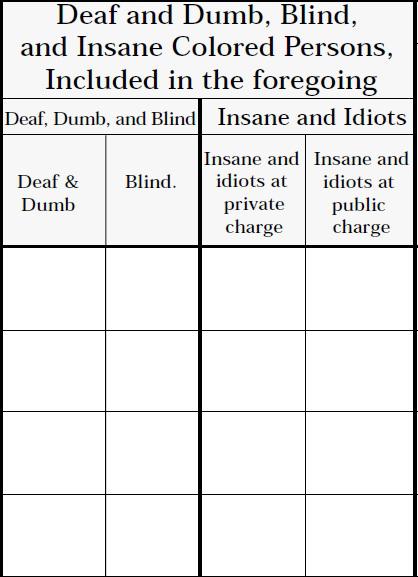
- The United States conducts the sixth census of the nation’s population.
- This census attempted to enumerate people with various types of disabilities.
- Pro-slavery advocates used the data to further their argument that slavery was necessary, because the census seemed to indicate that the percentage of “insane negroes” increased the further north one resided in the country.
-
The United States Census as Propaganda (Part 2) 1840
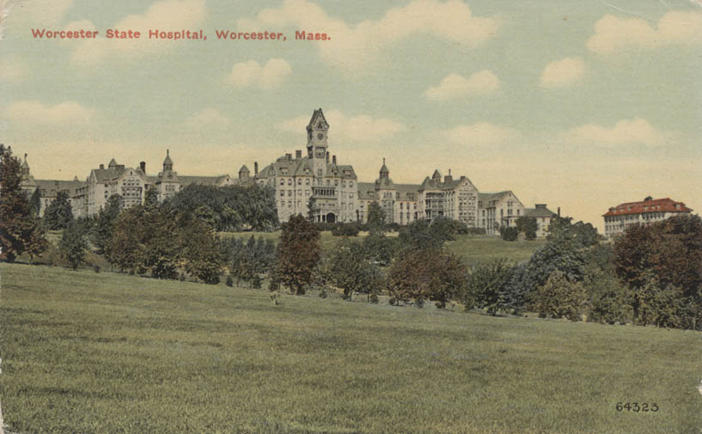
- An example of census data being used as propaganda occurred at the Worcester State Hospital in Mass. where the deputy-marshal recorded 133 “colored lunatics,” despite the hospital having no African Americans with mental disabilities.
- While the statistics were later exposed to be false, the findings were never reversed by then Secretary of State John C. Calhoun—a staunch advocate of state’s rights and an advocate of slavery.
-
Care for Free Black Females 1840
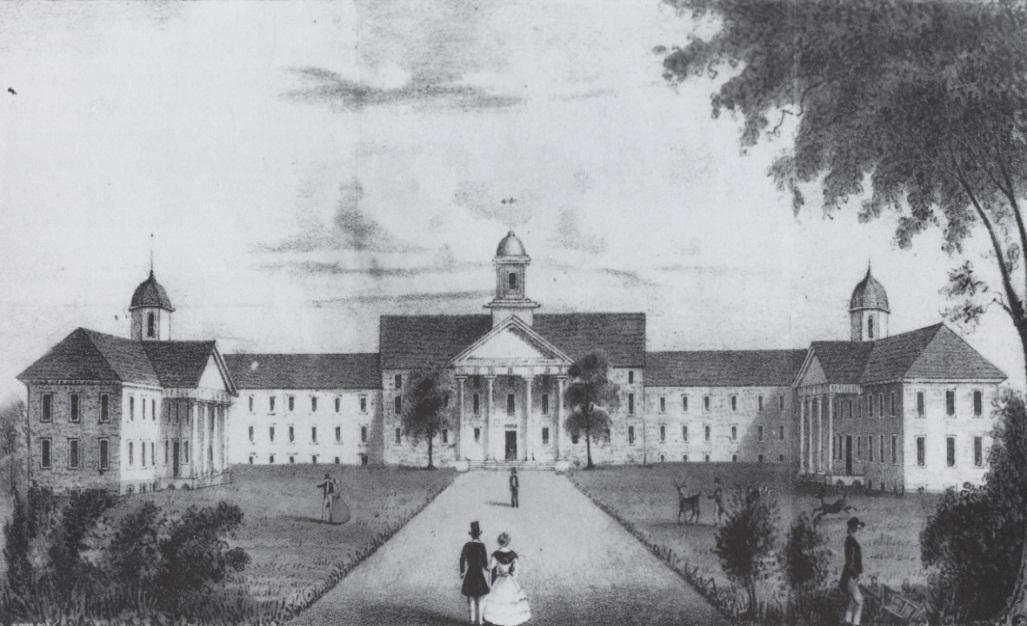
- Eastern State Lunatic Asylum admits its first free black females.
- These women are housed in an out-building segregated from the white patients.
- 1842
-
Poor Relief 1842
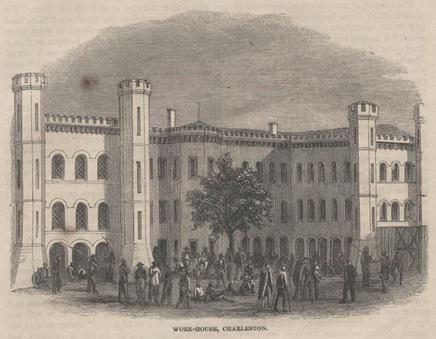
- Commissioners of the Poor in Charleston, South Carolina argue that “insane free blacks” have the right to poor relief if family members are unable to provide care for that person.
- Thus, “insane free blacks” were sent to the city workhouse and eventually to the poorhouse.
- 1844
-
“Committee on Asylums for Colored Persons” 1844
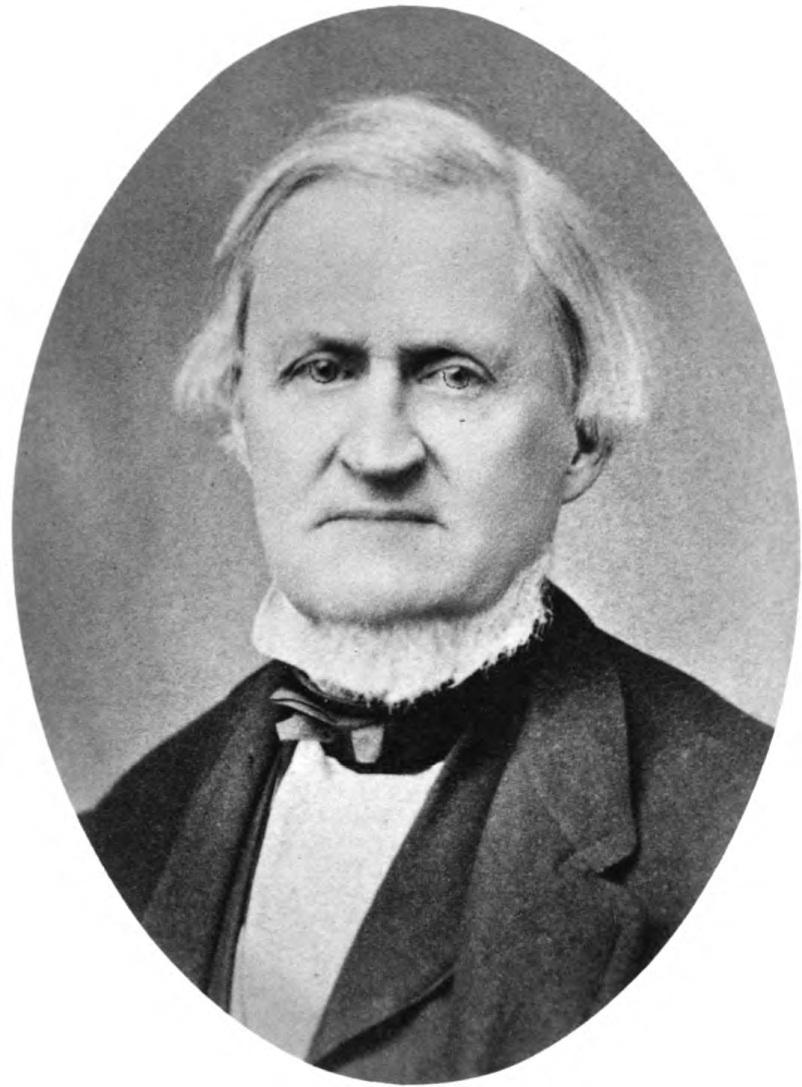
- The Association of Medical Superintendents of American Institutions for the Insane creates the “Committee on Asylums for Colored Persons.”
- Founder of the AMSAII and superintendent of the Western Lunatic Asylum in Virginia, Dr. Francis T. Stribling, opposed integration in asylums.
- The committee’s official stance, written by Dr. John M. Galt in 1853, stated:
“The prominent disadvantage in the admission of lunatics of the two races into one asylum, is thought to be the prejudice existing in the United States as respects color.” - 1846
-
Freak Shows Expand 1846
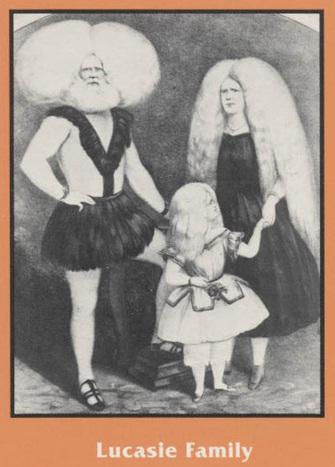
- P. T. Barnum starts to display “black albino” men and women at freak shows.
- The “Lucasie Family” was actually a family of white albinos that Barnum claimed to be black albinos.
-
Eastern State Asylum 1846
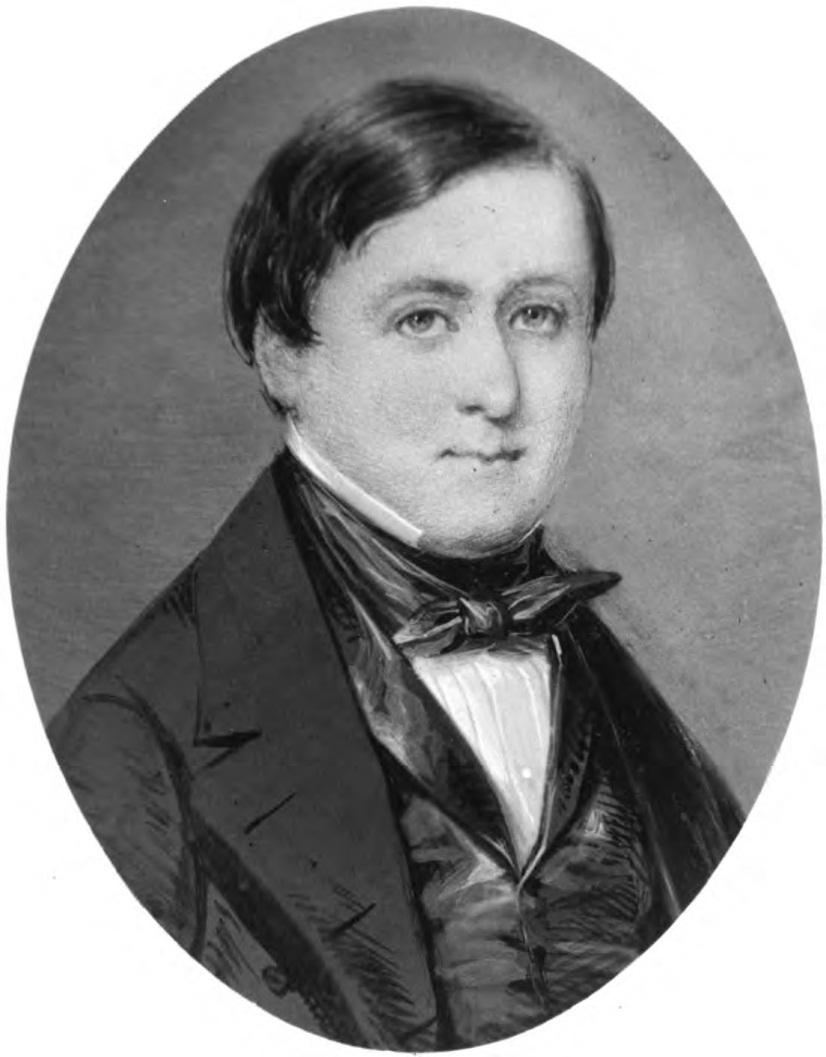
- The Virginia State Legislature votes to allow the admission of slaves to the Eastern State Asylum in non-segregated quarters.
- Superintendent Dr. John M. Galt II faced criticism for this practice.
- By 1869, segregation of patients was reestablished at the asylum—despite the fact that the Civil War had ended four years prior.
- 1848
-
South Carolina 1848
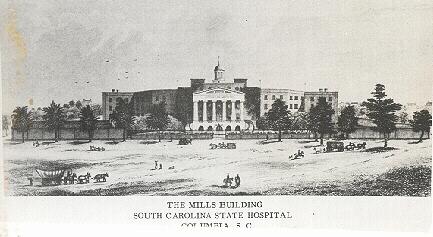
- The South Carolina State Legislature opens the state’s lunatic asylum to slaves if the owner requested admission and paid for the cost of care.
- Abandoned slaves or slaves whose owners were paupers could also receive public relief.
-
Insane Asylum of Louisiana 1848
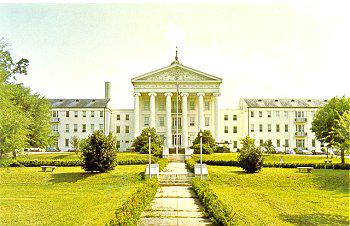
- The Insane Asylum of Louisiana opens, housing both races in segregated wards. People considered “insane” or “feebleminded” were admitted.
- The asylum was later known as the East Louisiana State Hospital.
- 1851
-
Rascality in Slaves 1851
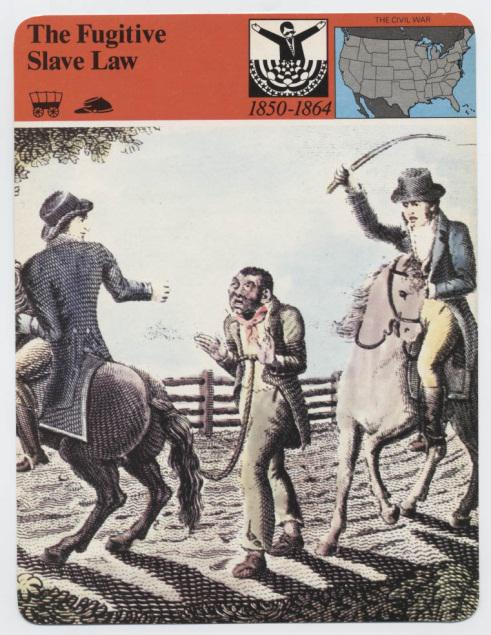
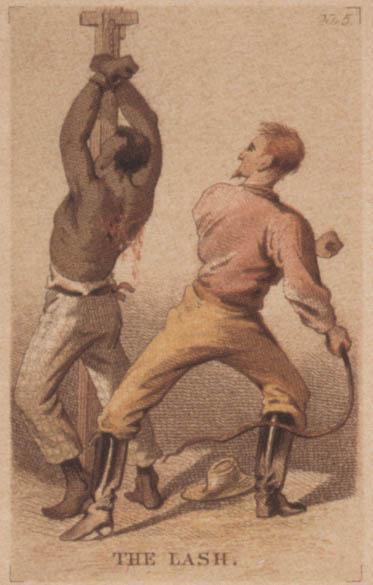
- Pro-slavery advocate and Louisiana physician Samuel Cartwright identifies two mental syndromes distinctive to slaves.
- The first was known as Drapetomania, a disease that caused slaves to runaway.
- Dysaethesia Aethiopica, known as “rascality” by slave overseers, caused “hebetude of the mind and obtuse sensibility of the body.” Symptoms included disobedience, insolence, and a refusal to work.
- Both “diseases” were remedied through punishments such as whipping and hard labor.
- 1855
-
Western State Hospital 1855
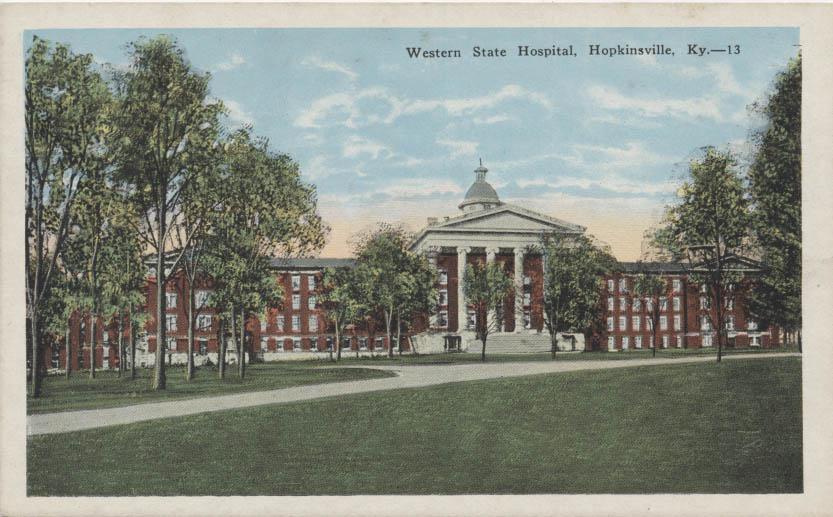
- Western State Hospital is established in Hopkinsville, Kentucky.
- The institution is one of the state’s three hospitals for the insane, all of which implemented segregation of black and white patients.
-
The Architect’s Opinion 1855
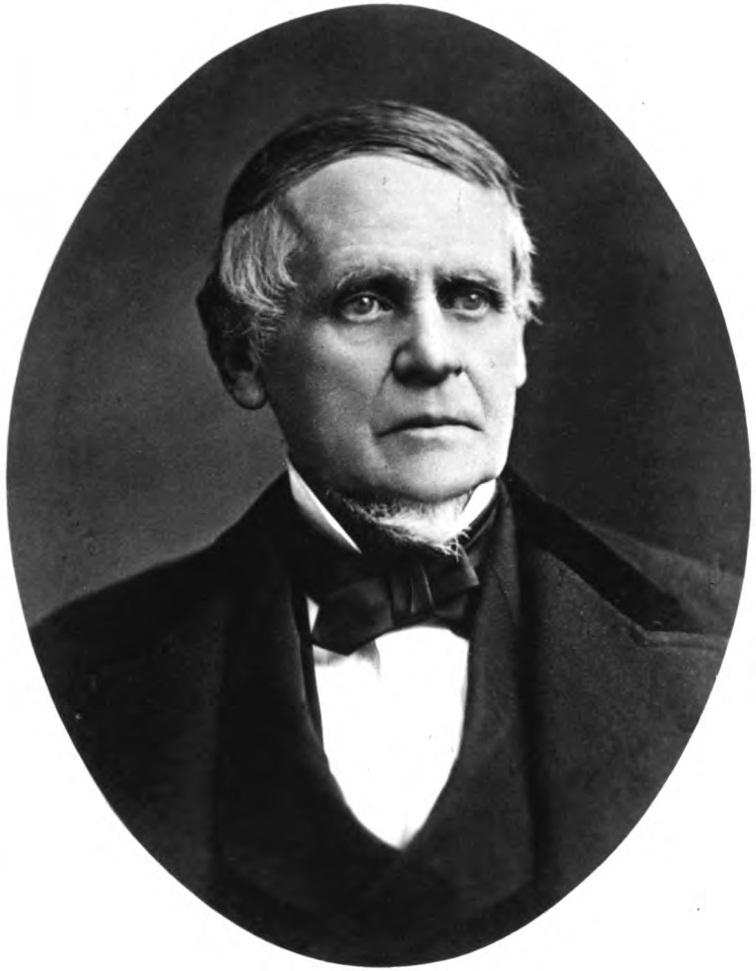
- Dr. Thomas Story Kirkbride, architect of insane asylums, states:
“The idea of mixing up all colors and classes, as seen in one or two institutions in the United States, is not what is wanted in our hospitals for the insane.” [1]- Dr. Kirkbride’s opinion was followed in one way or another, especially in the South, until desegregation was called for by the federal government.
-
Mississippi State Insane Hospital 1855
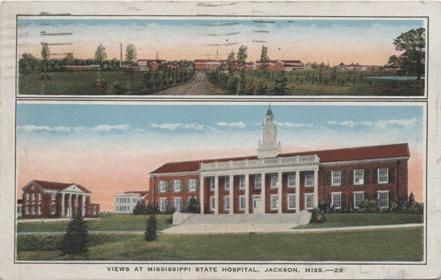
- Mississippi State Insane Hospital opens and is required to admit “insane negroes” as mandated by the state.
- The Hospital’s wards were segregated by race.
-
St. Elizabeth’s Hospital 1855
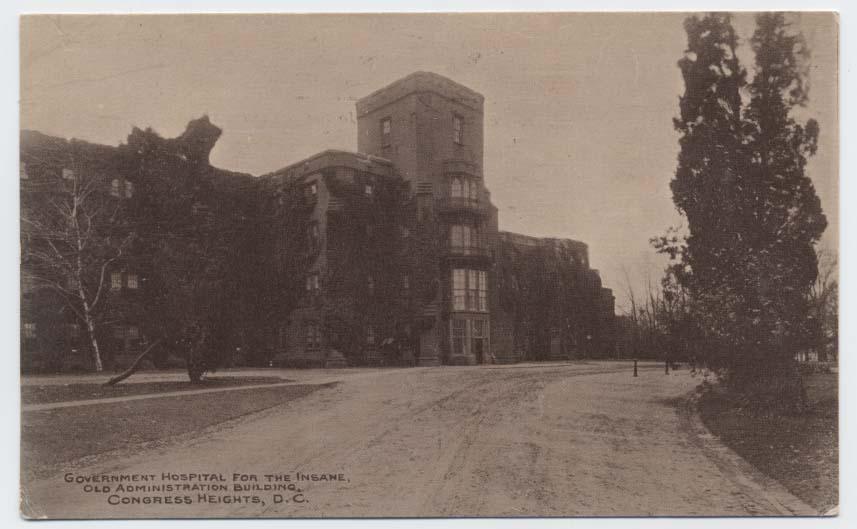
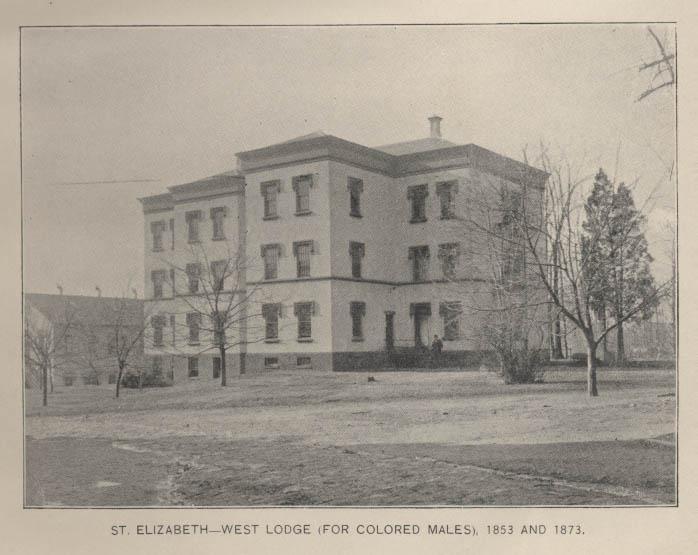
- The Government Hospital for the Insane, also known as St. Elizabeth’s Hospital, is founded in Washington, D.C.
- As a government institution, African American patients with insanity were admitted.
- 1857
-
Niagara Falls 1857
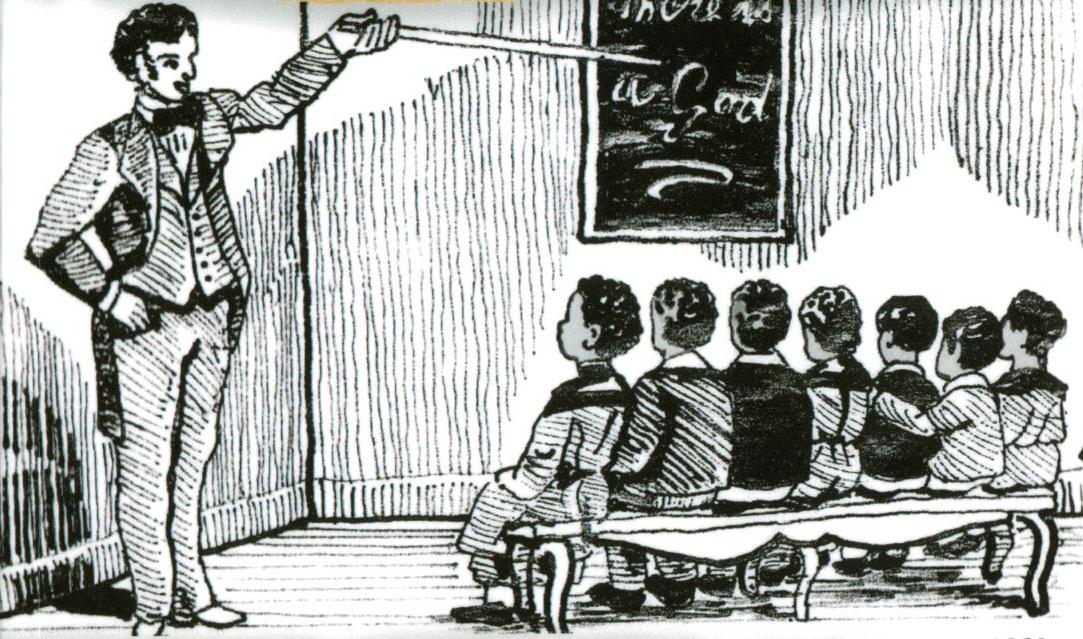
- Abolitionist and controversial educator Dr. Platt H. Skinner establishes the School for Colored Deaf and Dumb and Blind Children in Niagara Falls, New York.
- The school taught anywhere from 9 to 15 children at a time.
-
Blind Tom 1857
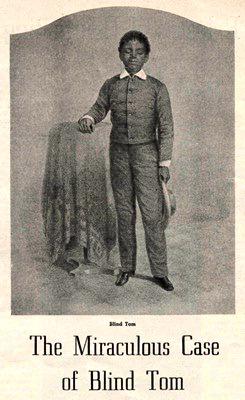
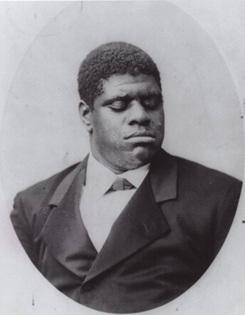
- Thomas Wiggins, also known as “Blind Tom,” gives his first concert in Georgia.
- He was an autistic savant who was able to play music on the piano after listening to a song only once.
- He could sing and recite poetry and prose in several languages, phonetically duplicate long speeches, and reproduce the sounds of nature, machines, and musical instruments on the piano. [1]
- 1860
-
Institute for the Feeble-Minded 1860
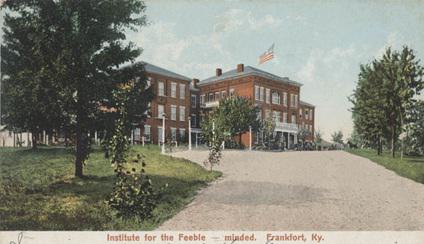
- The Kentucky Institute for the Feeble-Minded opens in Frankfort.
- This facility was one of two institutions of its kind in the south that provided care and education to both races.
-
Longview Asylum 1860
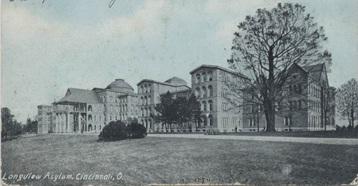
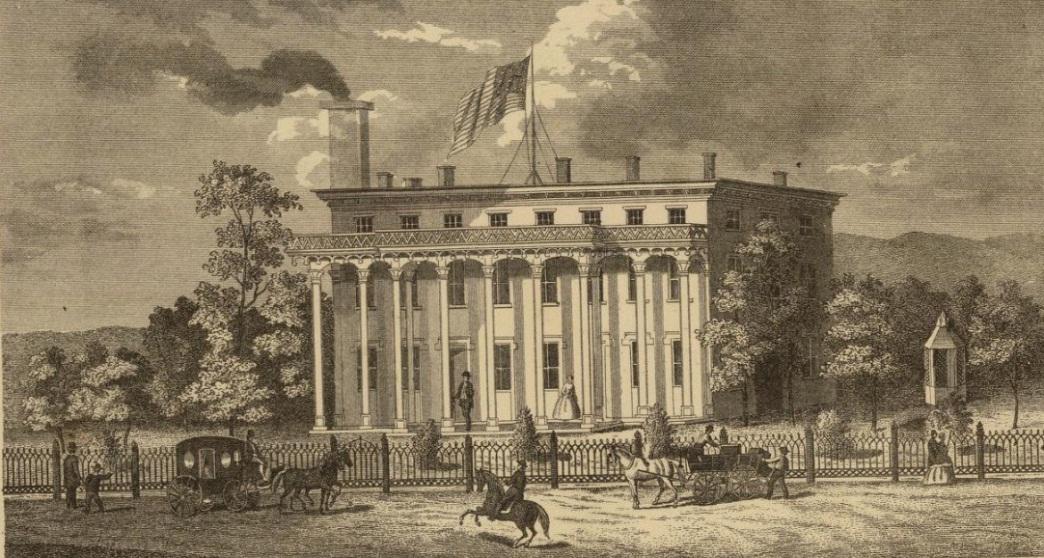
Building for colored patients at Longview Asylum, courtesy of: David Rumsey Historical Map Collection- Longview Asylum opens in Cincinnati and begins admitting African American patients in 1866.
- A separate building was constructed at a distance from the main building to care for these “colored patients.”
- This portion of the asylum served African Americans across the entire State of Ohio.
- 1861
-
Bryce Insane Asylum 1861
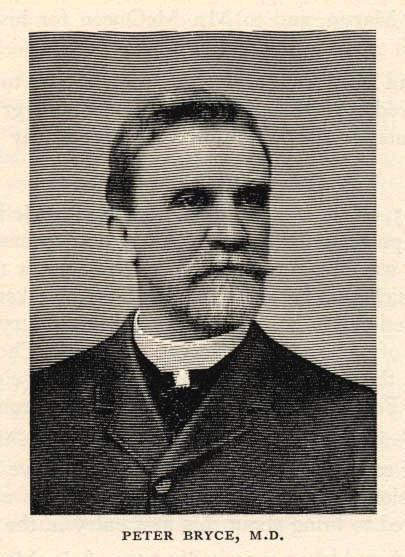
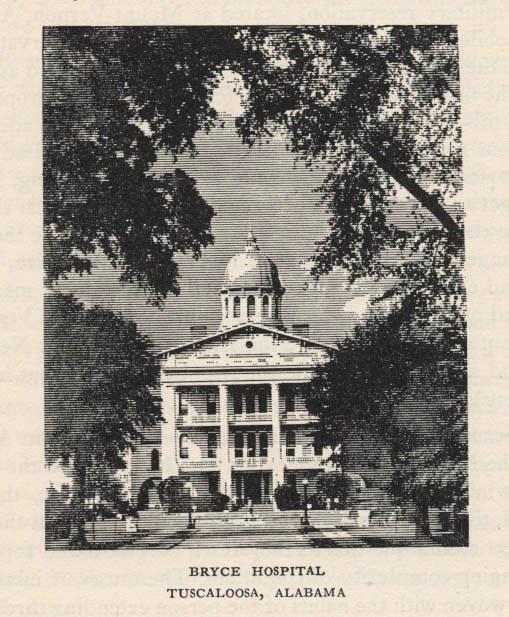
- The Alabama Insane Asylum opens in Tuscaloosa and admits African American patients in segregated facilities.
- The asylum was later renamed Bryce Insane Hospital in honor of its first superintendent, Dr. Peter Bryce.
-
The Civil War 1861
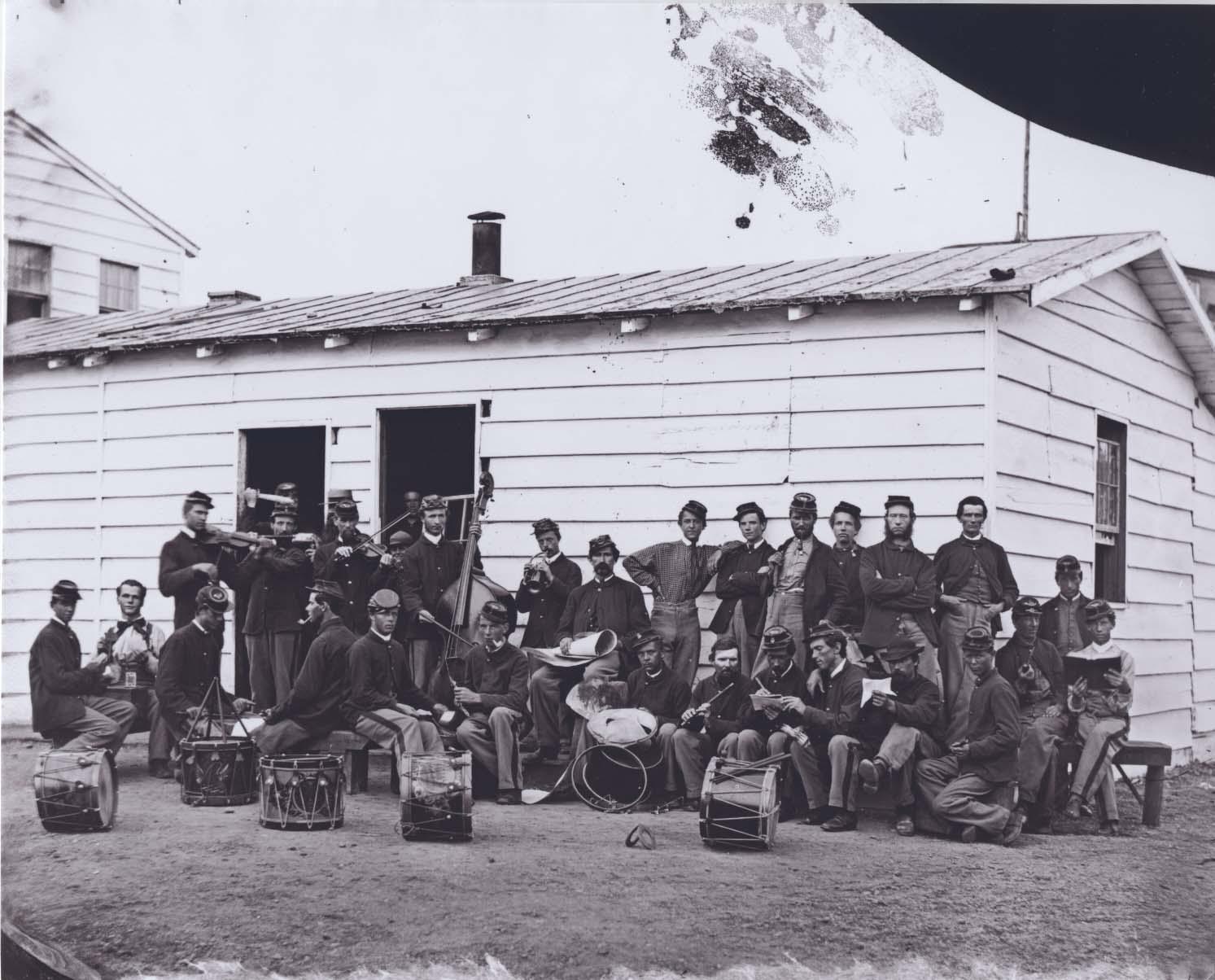
1861-1865
- 1862
-
Freedmen’s Hospital 1862
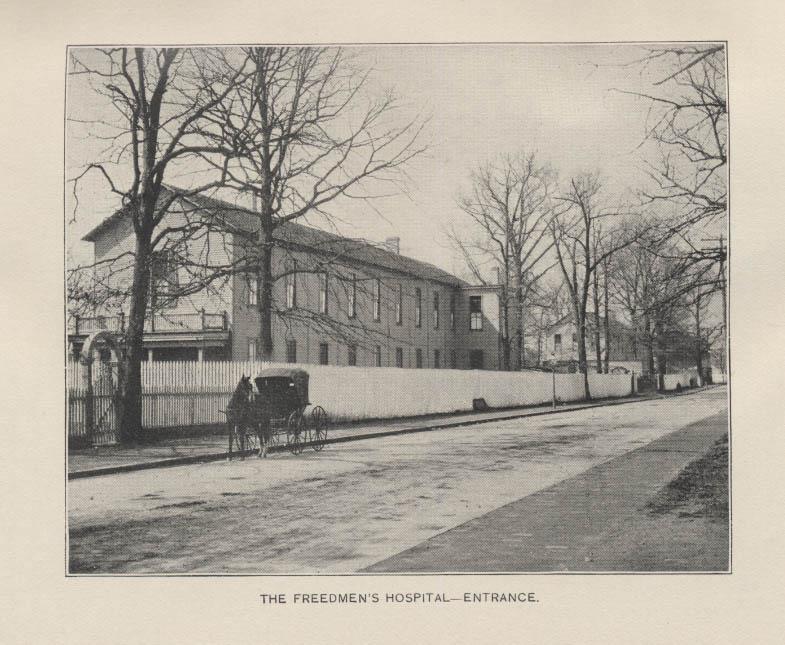
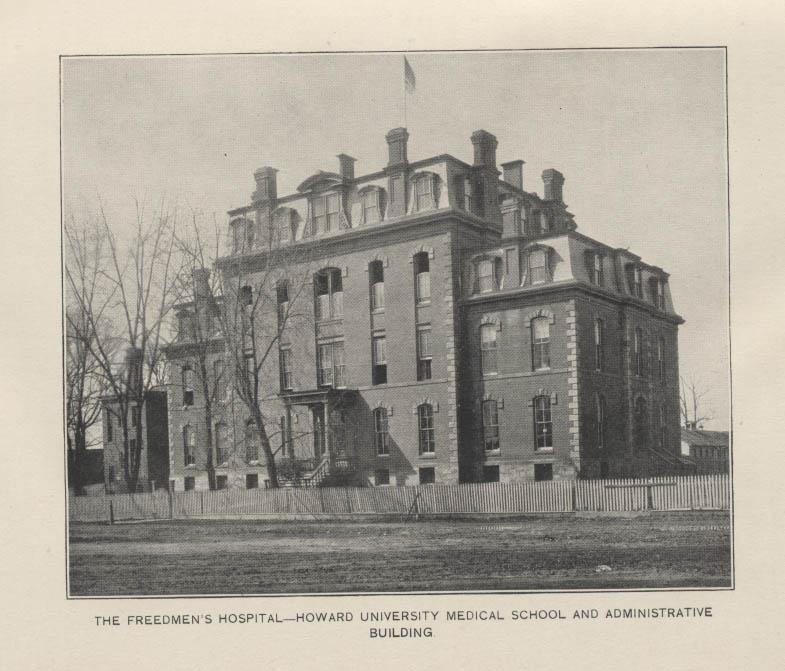
- Camp Barker was established to provide shelter, medical care, food, and possible employment to escaped slaves.
- Eventually the camp and others combined to create Freedman’s Village on the estate of Robert E. Lee in Arlington, Virginia.
- Freedmen’s Hospital was built on the grounds in 1862 to care for freed African Americans with disabilities and other medical issues.
- 1863
-
American Freedmen’s Inquiry Commission 1863
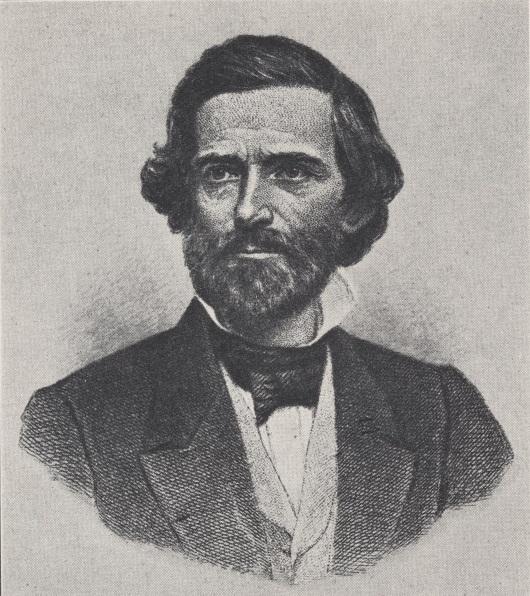
- The American Freedmen’s Inquiry Commission is formed to determine the status of former slaves and slaves after the Emancipation Proclamation.
- The Commission surveyed the number of African Americans in hospitals outside of the South. Dr. Samuel G. Howe was one of the appointed commissioners.
- 1864
-
West Virginia 1864
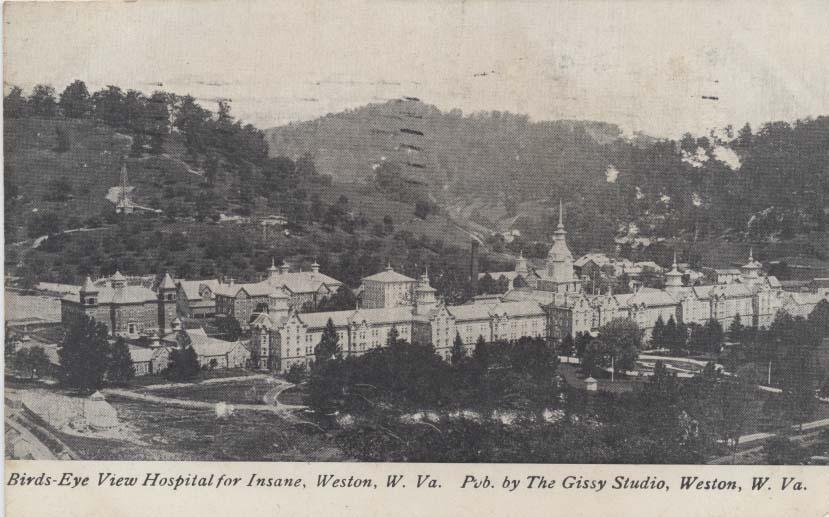
- The West Virginia Hospital for the Insane accepts its first patients in the newly-admitted state of West Virginia.
- The first black patients were accepted into the institution in 1873.
- 1865
-
West of the Mississippi River 1865
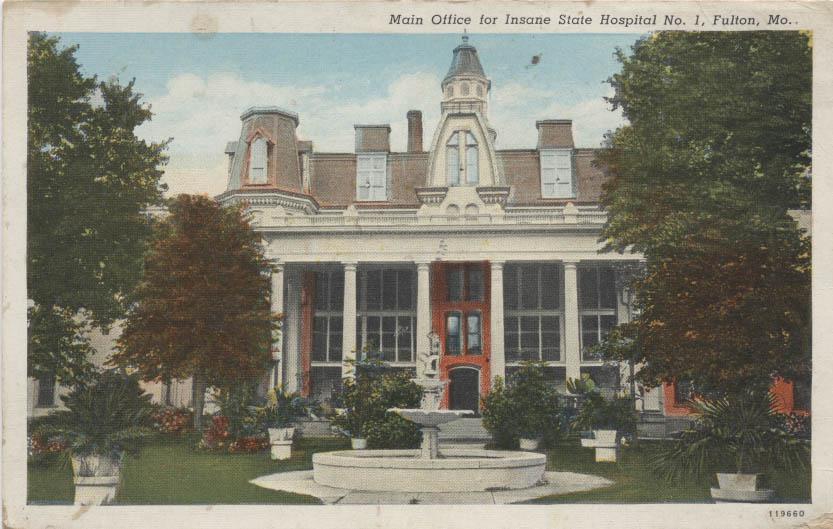
- Fulton State Hospital for the Insane, located in Missouri, admits the first black patients cared for in separate “colored” wards.
- The hospital had reopened in 1863 after being closed and used as a barracks for federal troops during the Civil War.
- 1866
-
Black Codes 1866
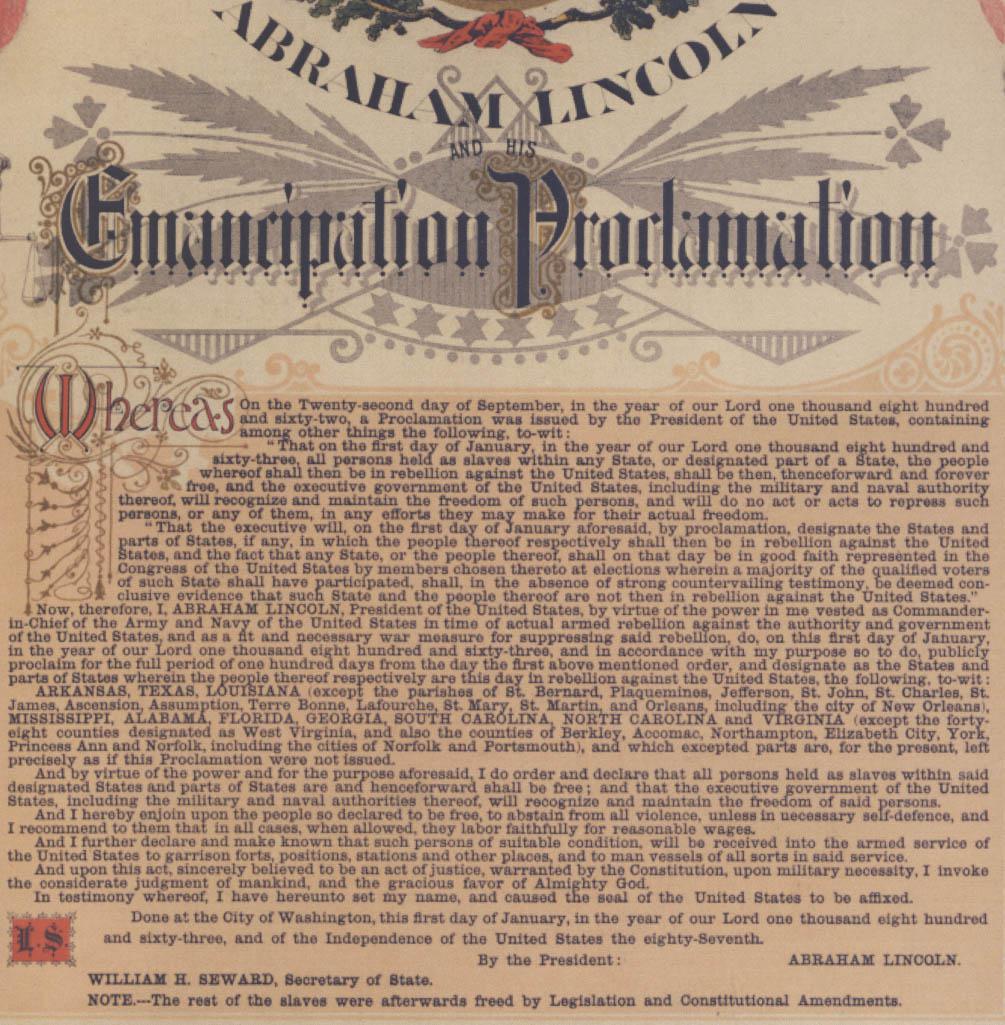
- After slavery was abolished with the 13th Amendment, many Southern states implemented “Black Codes.”
- These codes, passed at both the local and state level, were used to restrict the rights of former slaves.
-
Segregation in the South 1866
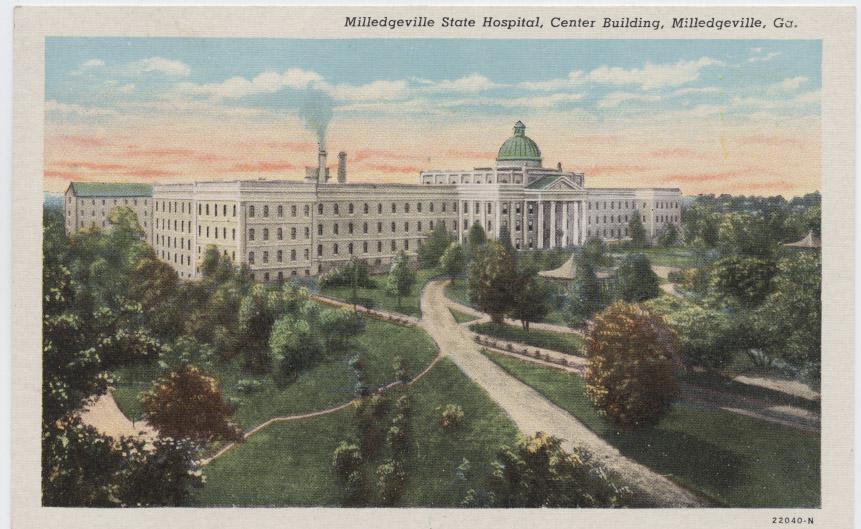
- A separate, segregated building is added to the campus of the Central State Lunatic Asylum in Milledgeville, Georgia to house black patients.
-
Eastern Hospital for the Insane 1866
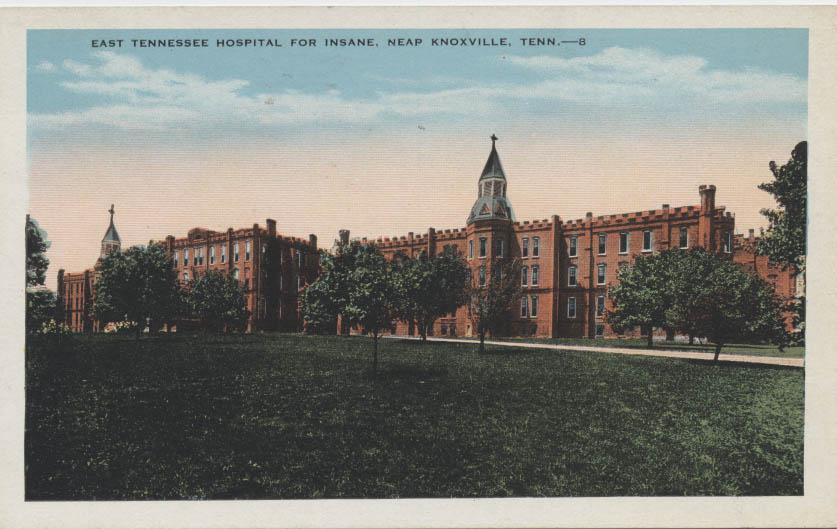
The Tennessee State Legislature appropriates funds for a separate building at the Tennessee Hospital for the Insane to provide an “asylum for colored insane” patients. -
A Female Buffalo Soldier 1866
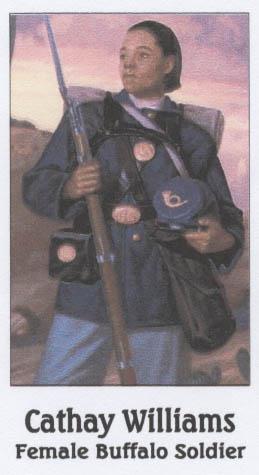
- Cathay Williams poses as man in order to enroll in the United States Army.
- She served from 1866 – 1868 and was eventually discharged with a disability.
- The army surgeon claimed that she was of “a feeble habit.”
- She was the first African American woman to enlist and be documented as a soldier in the United States Army.
- 1868
-
Federal Disability Pensions 1868
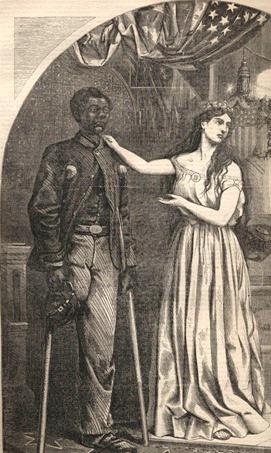
Black Civil War veterans become eligible for federal disability pensions. - 1869
-
Central Lunatic Asylum 1869
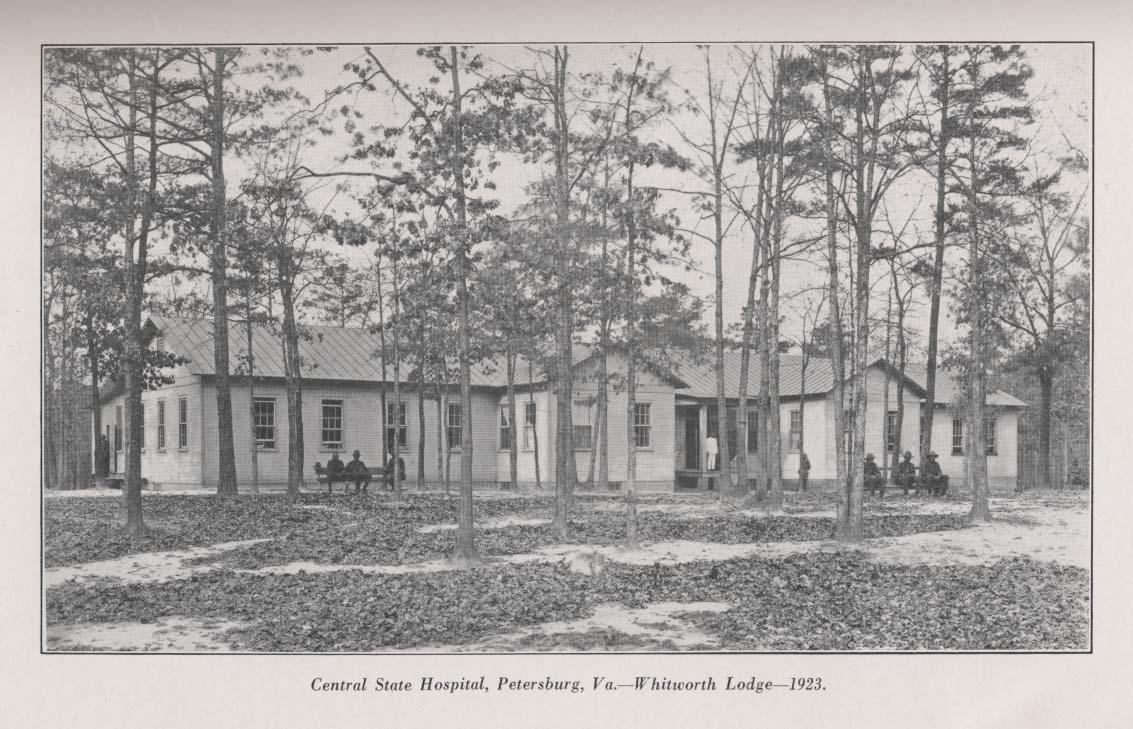
Central Lunatic Asylum – Whitworth Lodge
- The Central Lunatic Asylum for the Colored Insane is built near Petersburg, Virginia.
- This was the first institution established specifically for the care of African Americans with various mental disabilities.
- By 1938, the asylum became the largest institution for African Americans who were labeled as mentally ill—housing over 3,500 patients.
-
A First of Its Kind 1869
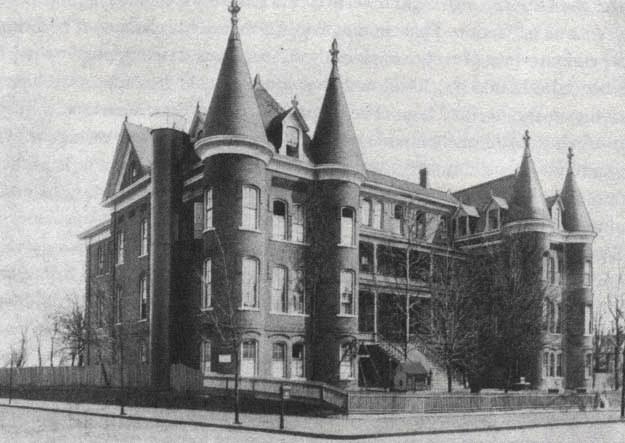
- The North Carolina School for Colored Blind and Deaf is established in Raleigh.
- This was the first separate school for African American children who were deaf in the United States.
- 1872
-
Maryland 1872
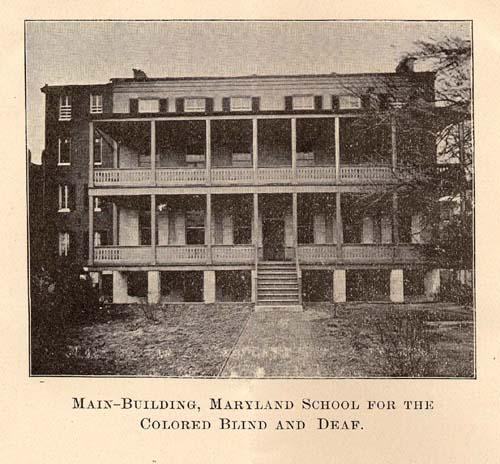
- The Maryland School for the Colored Deaf and Blind opens in Baltimore, in accordance with a provision of the State legislature.
- The school was also known as the Maryland Institution for Colored Deaf-Mutes.
- 1876
-
Jim Crow Laws 1876
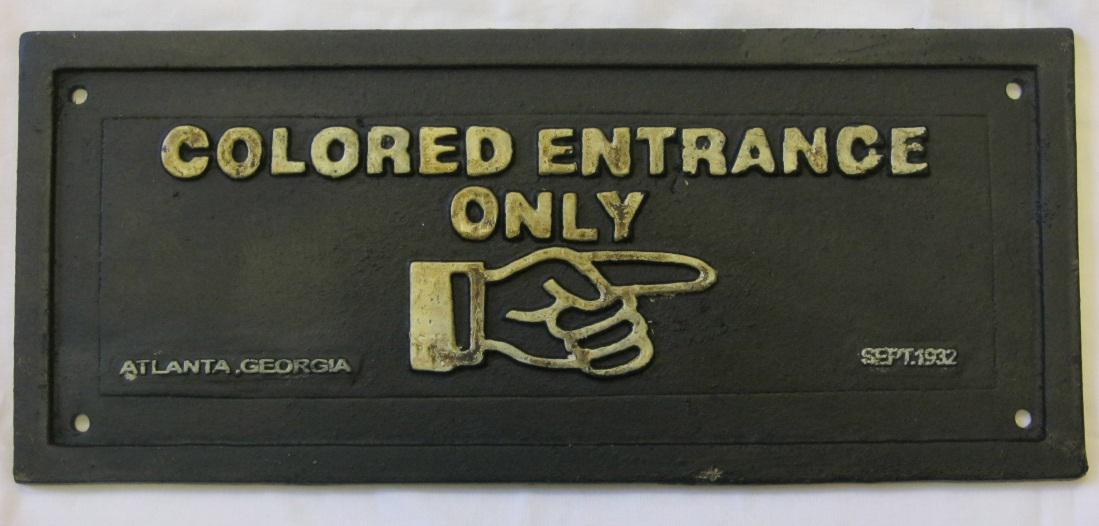
- Between 1876 and 1965, every southern state implemented Jim Crow Laws to force the segregation of blacks and whites.
- The laws mandated “separate but equal” accommodations for African Americans.
- These laws extended to institutions for people with disabilities and even to hospitals.
- 1877
-
Segregated Wards 1877
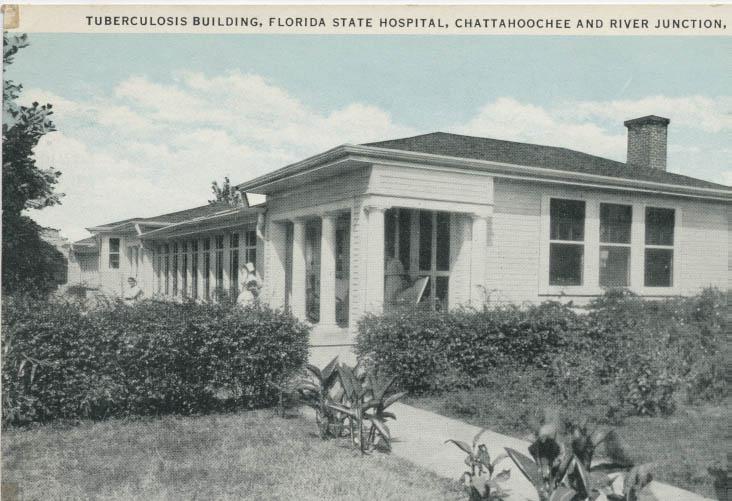
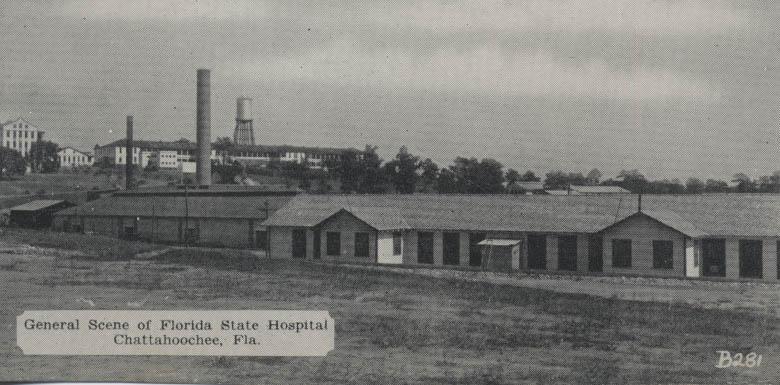
The Florida Hospital for the Insane opens in Chattahoochee with segregated wards. - 1880
-
Goldsboro 1880
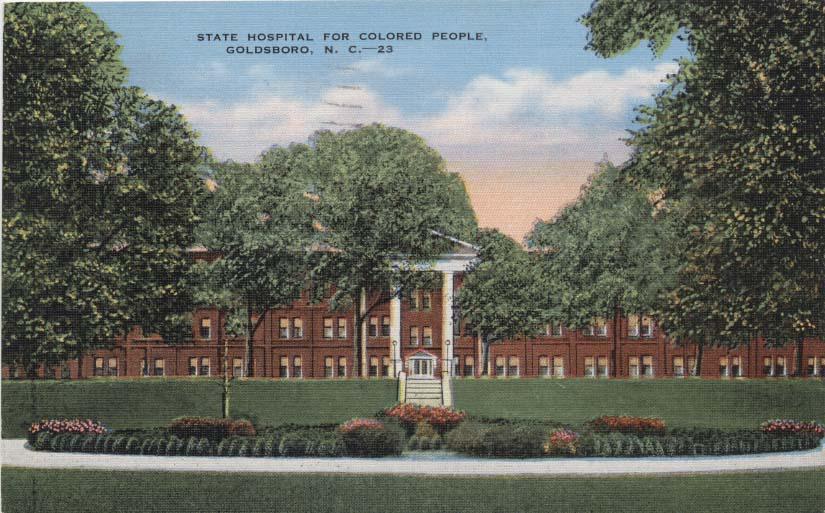
- The Eastern Asylum for the Colored Insane opens in Goldsboro, North Carolina.
- The institution was desegregated in 1965, after having served the African American community for 85 years.
- 1881
-
Separate Departments 1881
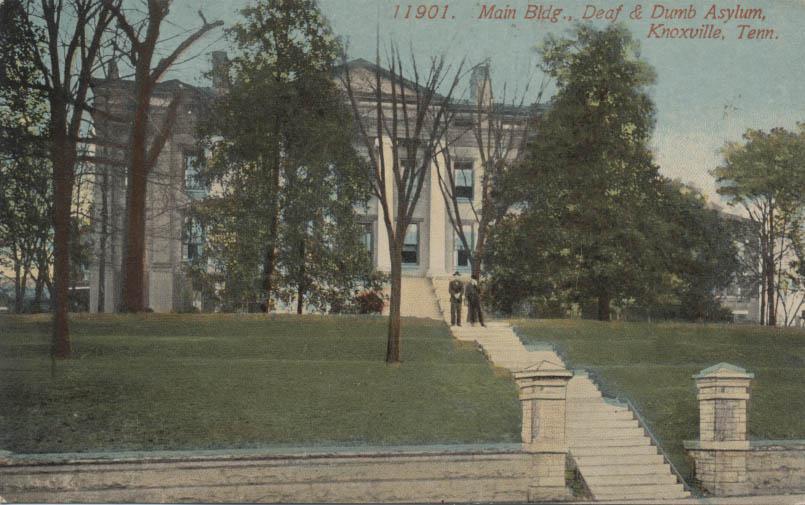
The Tennessee School for the Deaf opens a Colored Department to serve African Americans with hearing impairments. -
The Tuskegee Institute 1881

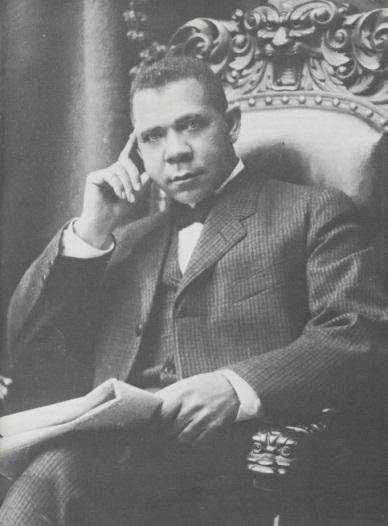
- Booker T. Washington—an African-American educator, author, orator, and advisor to presidents of the United States—establishes the Tuskegee Institute in Alabama.
- The Institute provided disease treatment, prevention, and health education.
- 1882
-
Mississippi 1882
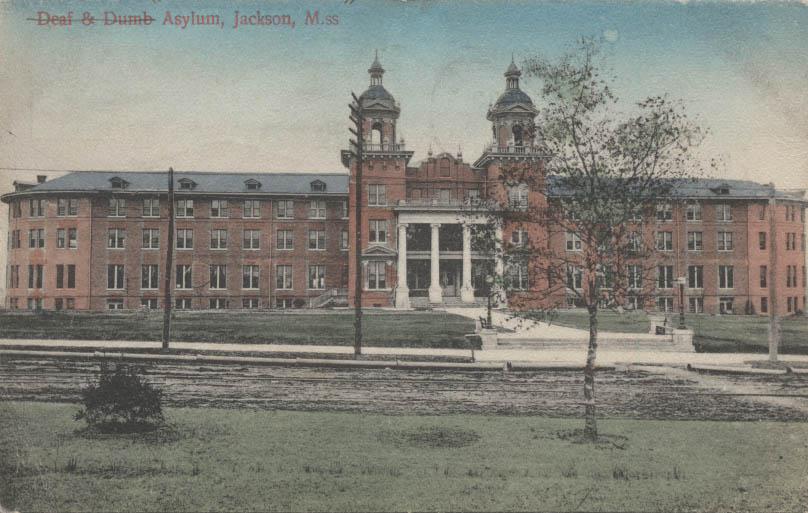
A “Colored Division” is established at the Mississippi School for the Deaf in the city of Jackson. -
Georgia 1882
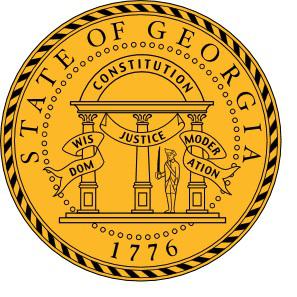
- The Georgia School for the Negro Deaf opens in Cave Spring.
- The school did not have any heat or electricity until 1913. Students completed their homework by candlelight.
-
Nervous Diseases 1882
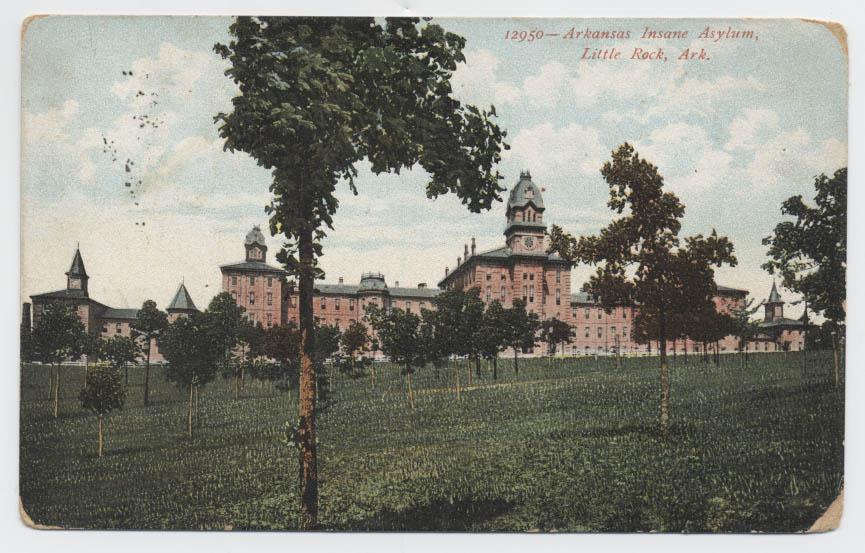
- The State Hospital for Nervous Diseases opens in Little Rock, Arkansas.
- State law required that the hospital operate segregated wards.
- 1883
-
South Carolina 1883
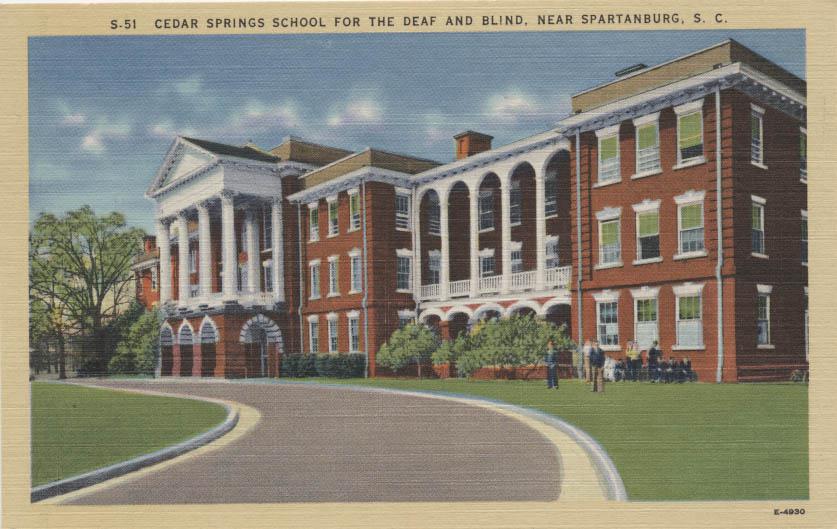
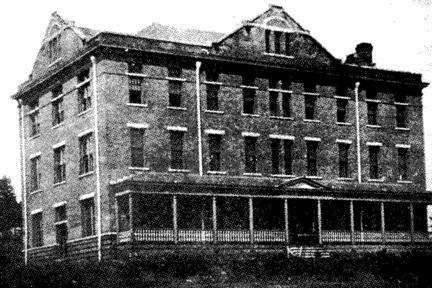
Building for colored students; courtesy of the Museum of the American Printing House for the Blind.- The “South Carolina Institution for the Education of the Deaf and Dumb and the Blind” establishes a Colored Department to serve African Americans with hearing and visual impairments.
- The school would not be integrated until 1967.
- 1884
-
Kentucky 1884
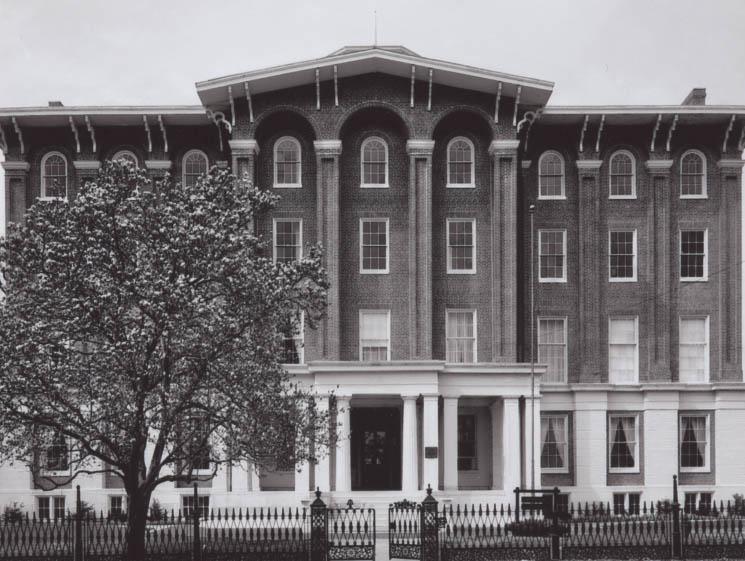
The Kentucky School for the Deaf opens a Colored Department. -
A Medical Society of Their Own 1884
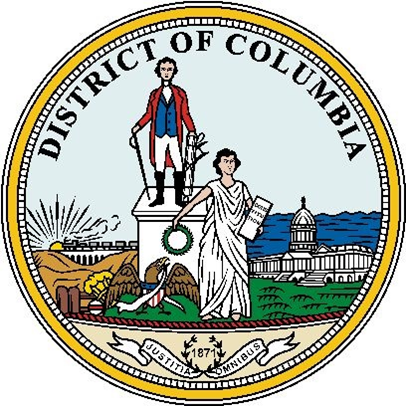
- The Medico-Chirurgical Society of Washington D.C. is founded by a group of African American physicians.
- This was the nation’s first African American medical society and was formed because medical societies established by white physicians would not admit black physicians.
- 1887
-
Austin, Texas 1887
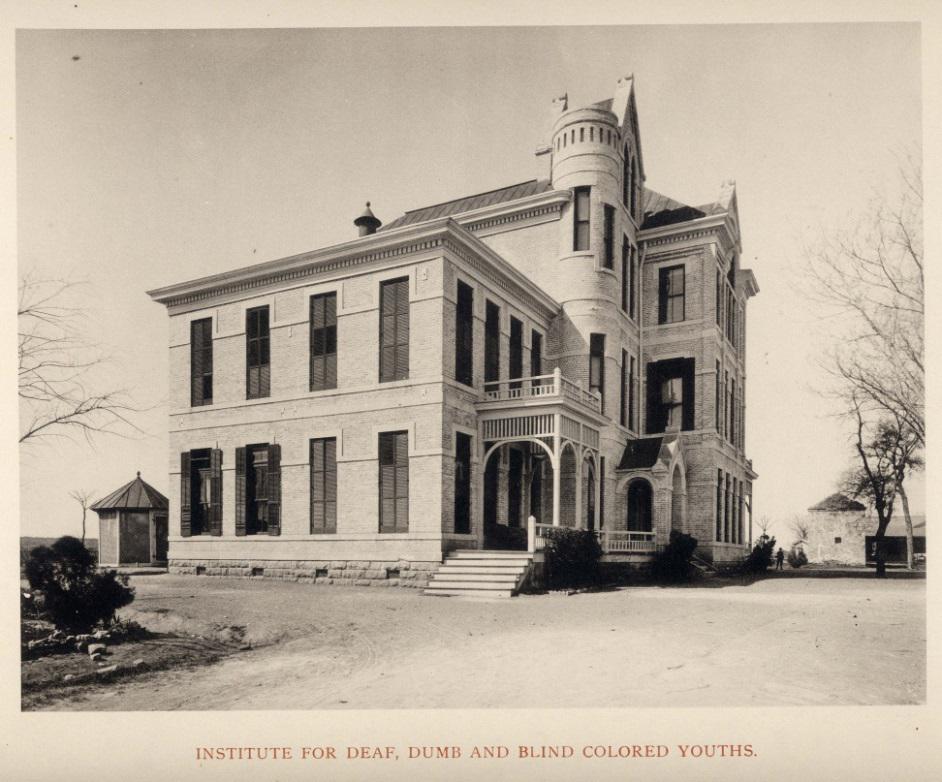
The Texas Institute for Deaf, Dumb and Blind Colored Youths opens in Austin, Texas. -
Colored Department for the Deaf 1887
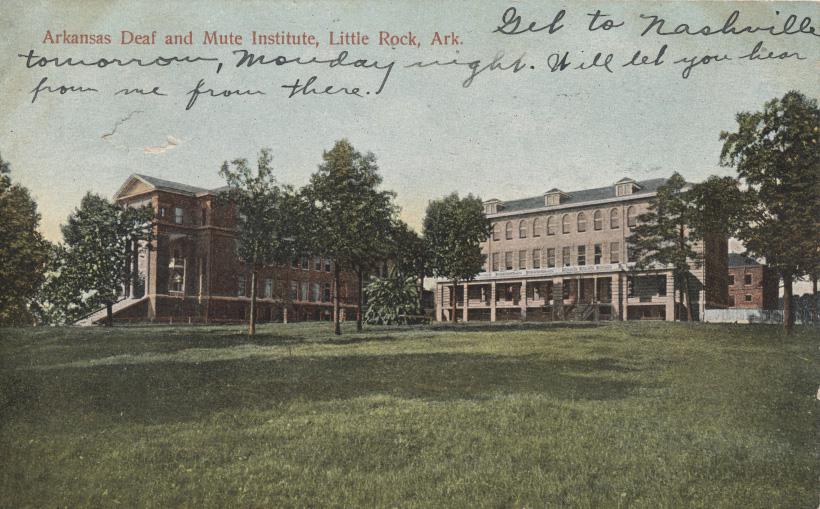
The Arkansas Colored Department for the Deaf is established in Little Rock. - 1888
-
A Colored Department 1888
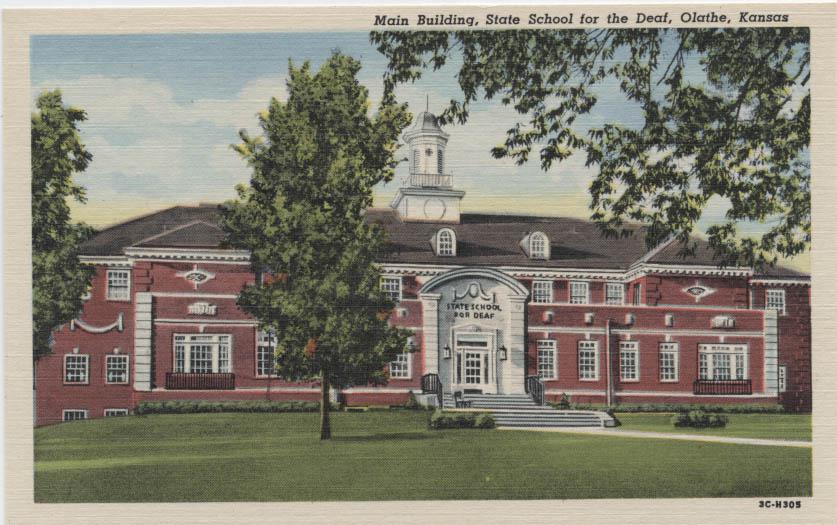
The Kansas School for the Deaf opens a Colored Department in Olathe. -
Fulton, Missouri 1888
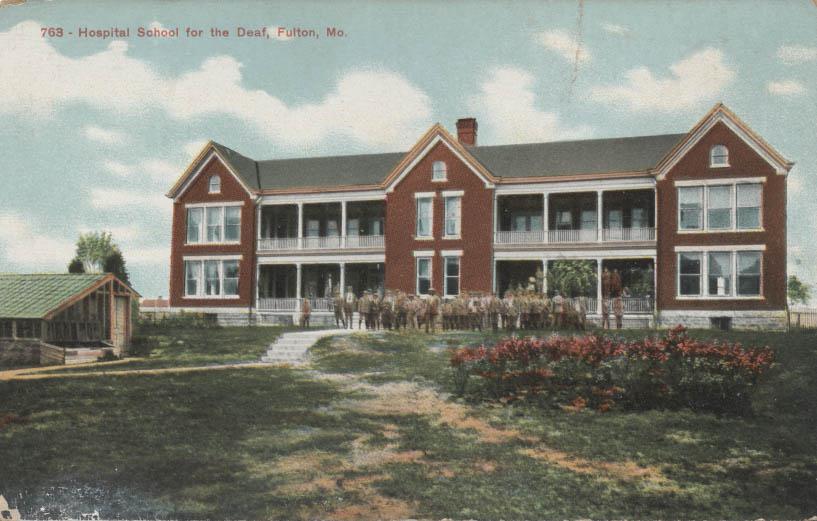
The Missouri School for the Deaf opens a Colored Department in Fulton. - 1889
-
State Mandate 1889
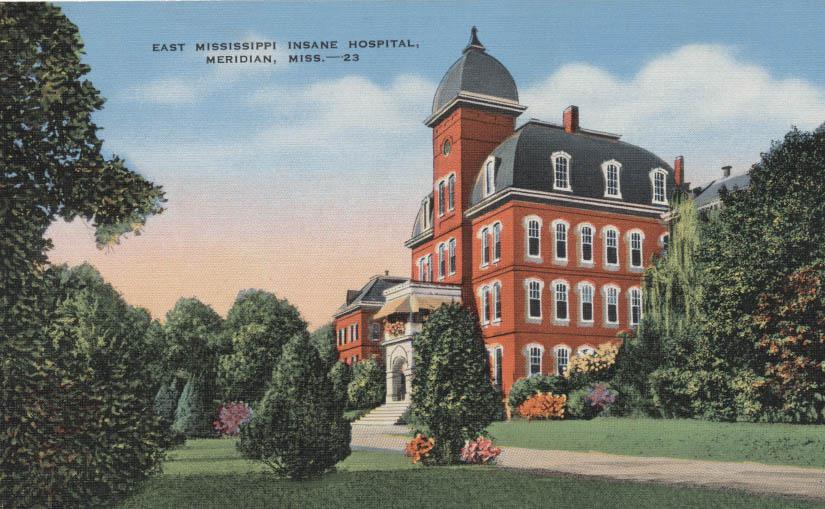
- The East Mississippi Insane Hospital opens in Meridian.
- It is mandated by the state to accept African American patients.
-
Northern Segregation 1889
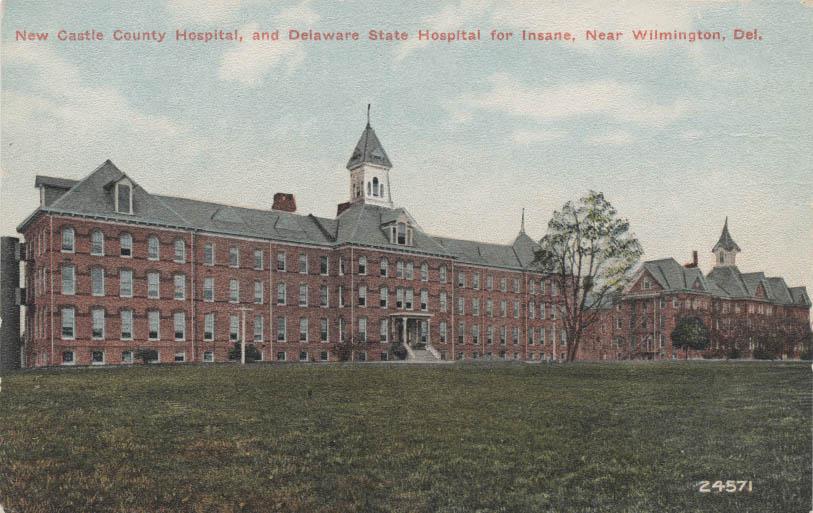
The Delaware State Hospital for the Insane opens in Farnhurst with segregated wards. - 1890
-
Gallaudet College 1890
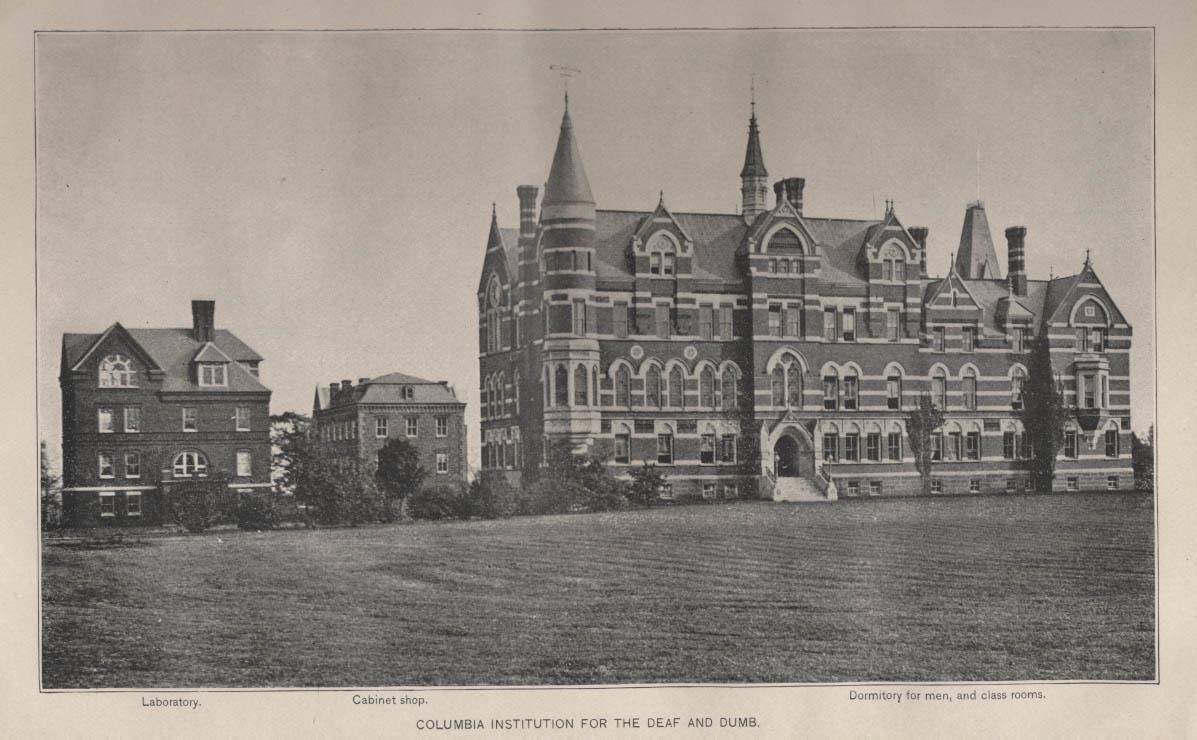
Ennals Adams Jr. becomes the first African American student to be enrolled at Gallaudet College in Washington, D.C. - 1892
-
A Medical Journal of Their Own 1892
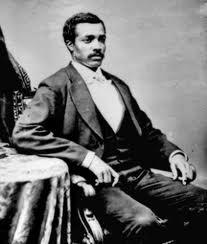
- Dr. Miles V. Lynk, the son of former slaves, creates The Medical and Surgical Observer—the United States’ first medical journal for African American physicians.
- The publication only lasted eighteen months due to financial problems, but it nevertheless helped establish the first professional network of African American physicians.
-
Alabama 1892
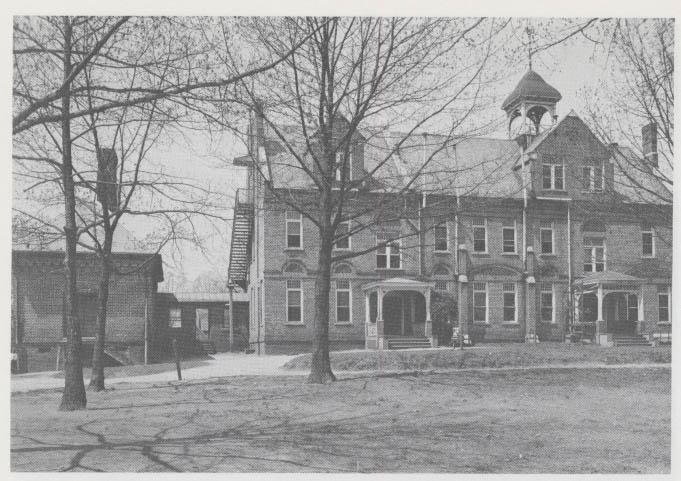
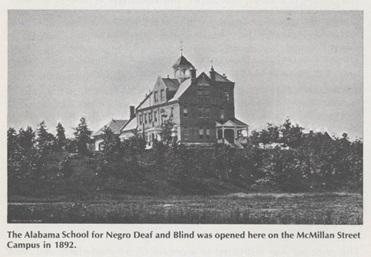
- The Alabama School for Negro Deaf-Mutes and Blind opens in Talladega.
- The school would not be integrated until 1968.
- 1895
-
Increasing Insanity in the African American Population 1895
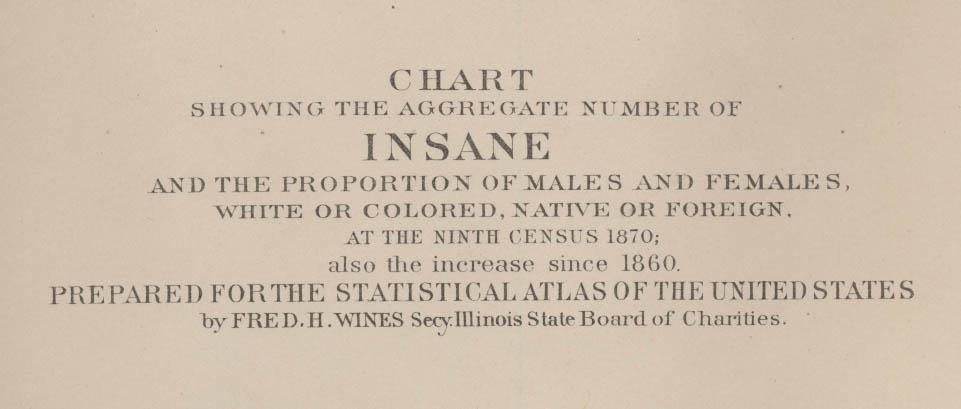
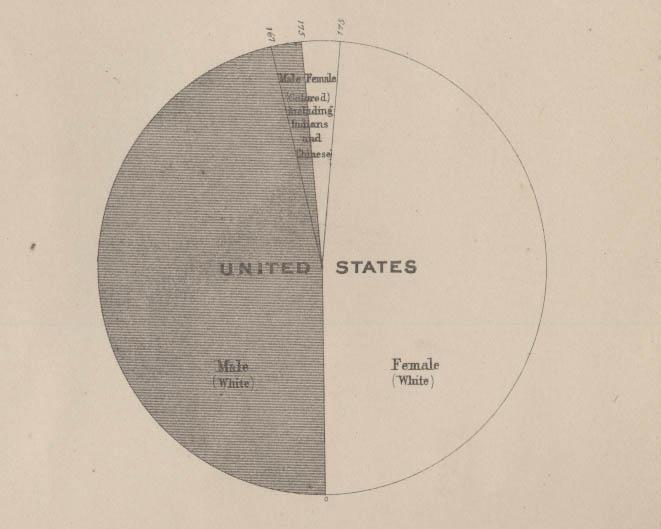
- Dr. T. O. Powell, superintendent of the Georgia Lunatic Asylum, reports on the increase of insanity among blacks between 1860 and 1890.
- He believed that this increase was due to their freedom from bondage.
-
Florida Segregates 1895
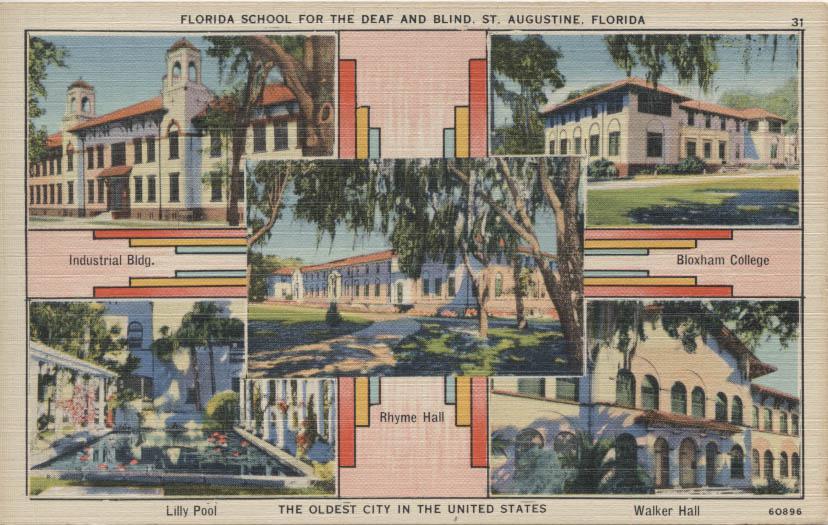
The Florida Institute for the Blind, Deaf, and Dumb establishes a Colored Department in St. Augustine. -
National Medical Association 1895
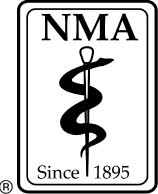
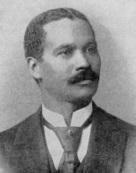
- The National Medical Association is founded by a group of twelve African American physicians.
- The Association was created as a response to the American Medical Association only admitting white physicians.
- Dr. Robert F. Boyd served as the Association’s first president and was one of the forces, along with Dr. Miles V. Lynk, behind its creation.
- The Association aimed to combat racism and segregation in the medical field—both for physicians and patients.
- 1902
-
Searcy Hospital 1902
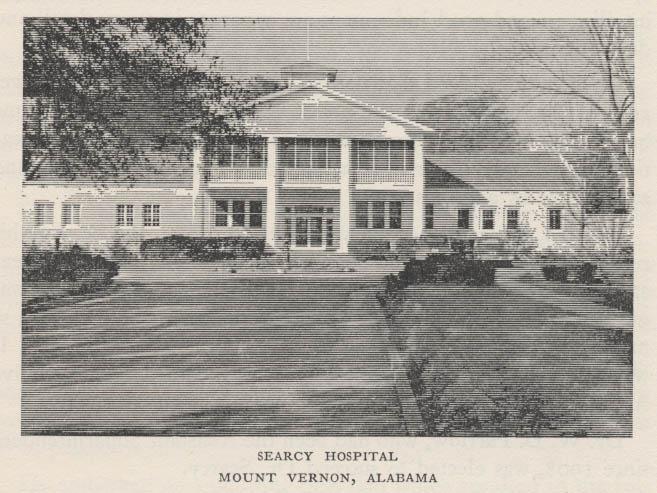
- Mount Vernon Hospital, now known as Searcy Hospital, opens for the care and treatment of the “colored insane” in Alabama.
- The hospital served solely the African American community until 1969.
- 1904
-
Tuberculosis: A Black Disease? 1904
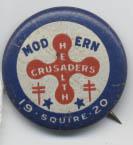
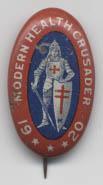
- The National Association for the Study and Prevention of Tuberculosis is established to treat and prevent the deadly disease from spreading.
- At the time, medical theory believed that tuberculosis occurred more in African Americans than it did in whites.
- Much of this was do to the scant knowledge of microbiology and the poor conditions in which many southern blacks lived.
When it was realized germs knew no color line, the Association cared for both blacks and whites. - 1906
-
Spring Grove 1906
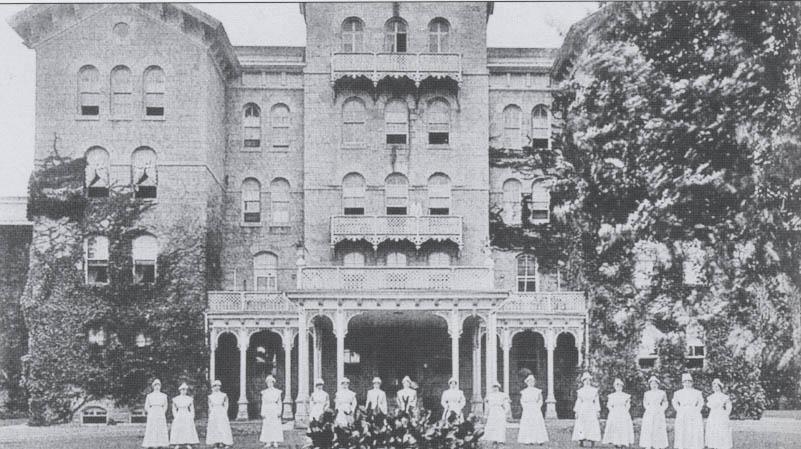
The Spring Grove Hospital in Baltimore, Maryland opens a “cottage for colored women” to house “insane black females.” -
Overcrowding 1906
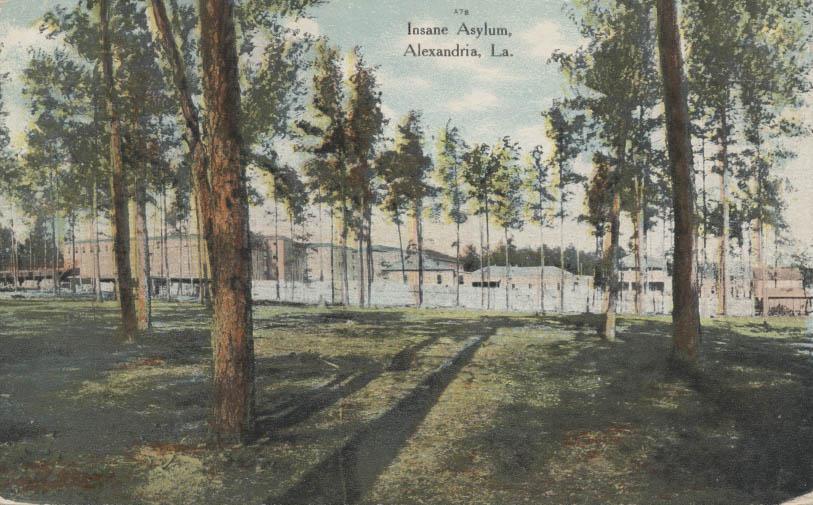
- Due to overcrowding at the Louisiana Insane Asylum in Jackson, a new institution—built exclusively for “Negro patients”—opens in Alexandria.
- However, increasing numbers of both white and black patients soon forced the new facility to admit both races.
- 1909
-
Taft, Oklahoma 1909
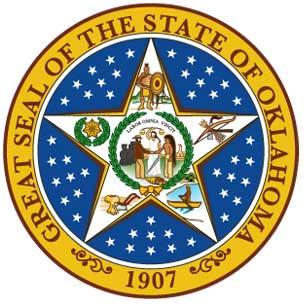
- The Industrial Institute for Colored Deaf, Blind and Orphans opens in Taft, Oklahoma.
- The “exclusive purpose” of the institute was:
“to care for, teach and train the unfortunate of the said colored race in the rudiments of English, as in graded schools, and the practical and primary industries, such as may fit such unfortunates for useful citizenship and make them self-helpful and self-reliant.” [1] -
Success in Virginia 1909
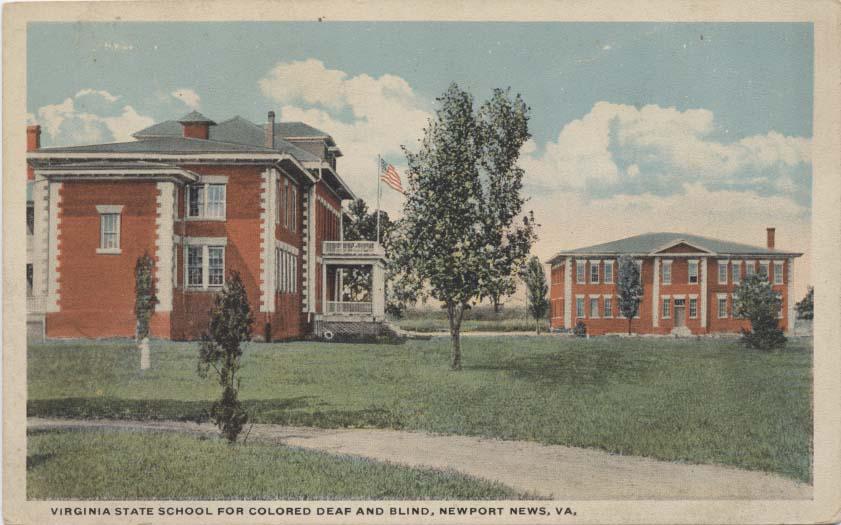
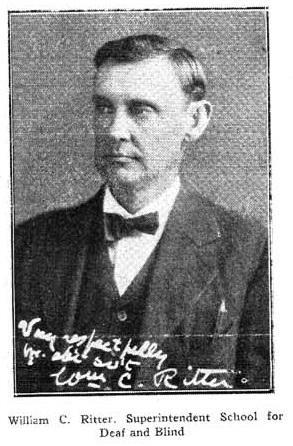
- The Virginia School for the Colored Deaf and Blind is established in the city of Newport News.
- William C. Ritter, who had lost his hearing due to scarlet fever, served as the school’s first superintendent.
- He had petitioned in favor of the school’s creation for more than 8 years before funding was provided by the state legislature.
- 1911
-
Maryland State Lunacy Commission 1911
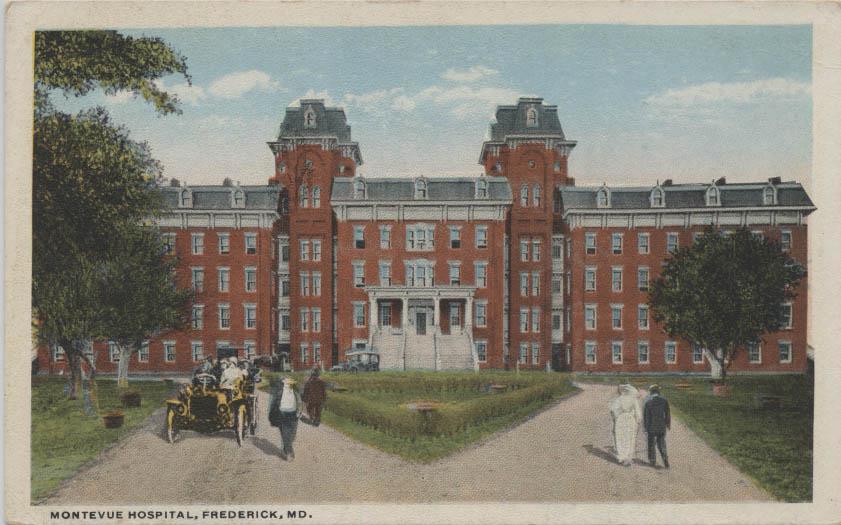
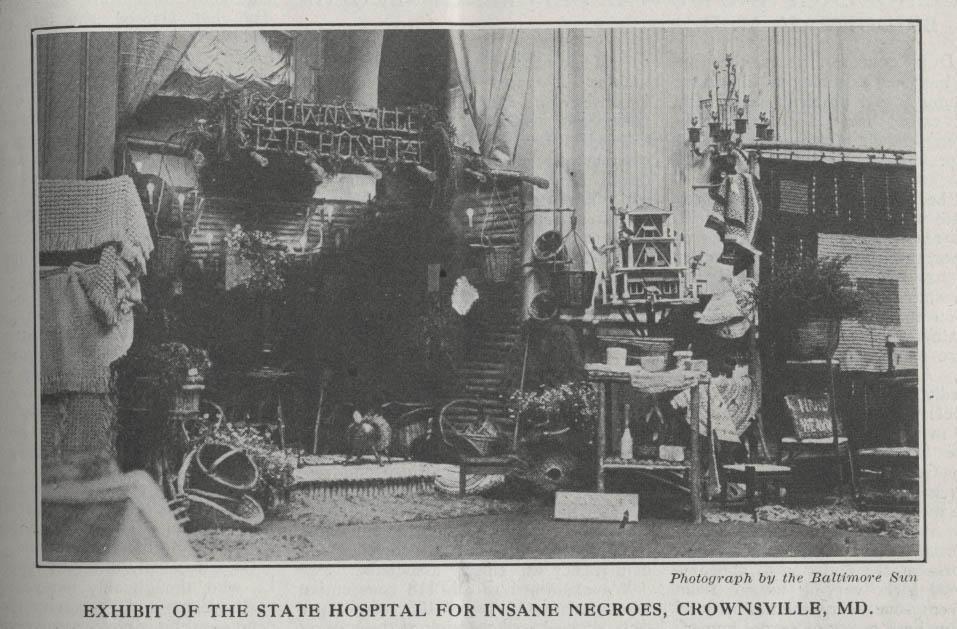
- A 1908 report by the Maryland State Lunacy Commission spurred the establishment of the Hospital for the Negro Insane of Maryland.
- A reason for the new hospital was the horrible conditions that were found at Montevue Hospital in Frederick, Maryland.
- Built in Crownsville, Maryland, many of the hospital’s patients came from the Spring Grove State Hospital.
- 1912
-
For Black Patients Only 1912
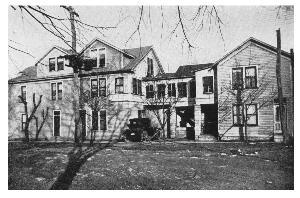
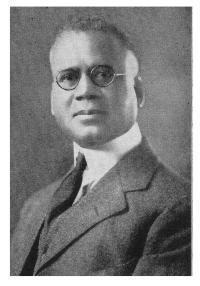
African American doctor Constantine Clinton Barnett opens the Barnett Hospital to improve conditions for black patients. -
Robert Demosthenes O’Kelly 1912
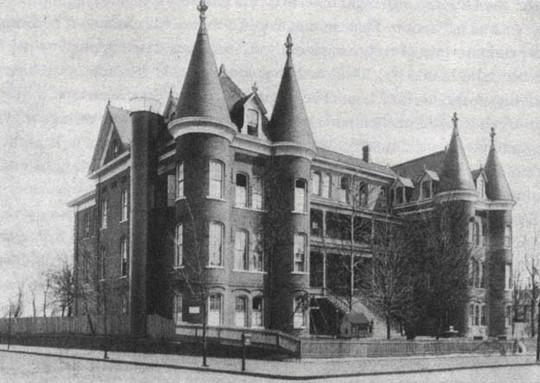
- Roger Demosthenes O’Kelly, an alumnus of the North Carolina School for the Colored Blind and Deaf, receives a law degree from Yale University—becoming the only black deaf-mute lawyer to practice law in the United States at that time.
- Article about Roger D. O'Kelly from the Silent Worker.
-
Malaga Island 1912
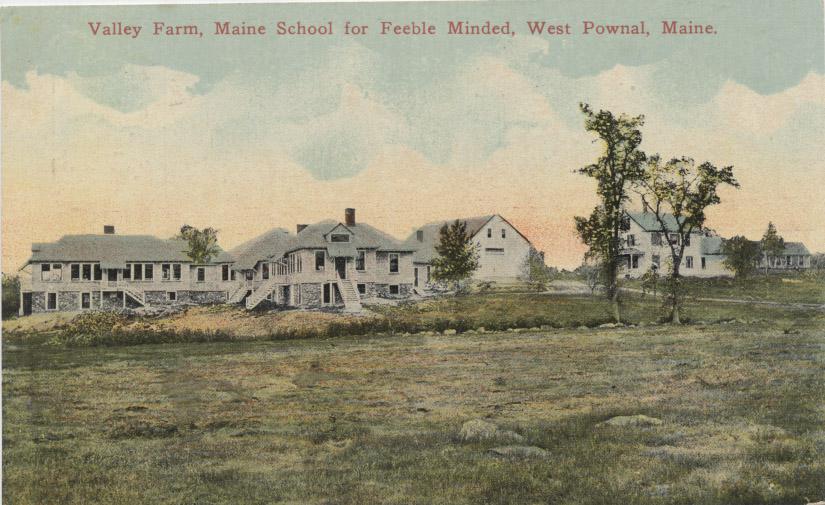
- Governor Frederick Plaisted evicts 45 families from Malaga Island, located one hundred yards off the coast of Maine.
- A racially mixed community founded in 1794, the residents were said to be feeble-minded and many were sent to the Maine School for Feeble-Minded in Pownal, Maine.
- 1913
-
Palmetto State Hospital 1913
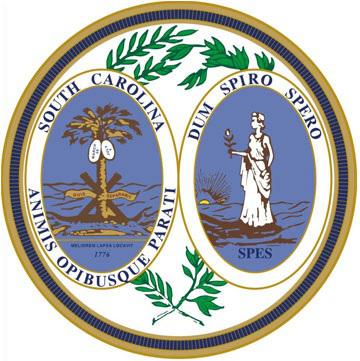
- Palmetto State Hospital opens for black patients only.
- The hospital resided on land that was purchased in 1910 by the South Carolina State Hospital in an attempt to ease conditions of overcrowding.
- In 1965 it became the Crafts-Farrow State Hospital.
- 1915
-
National Negro Health Week 1915
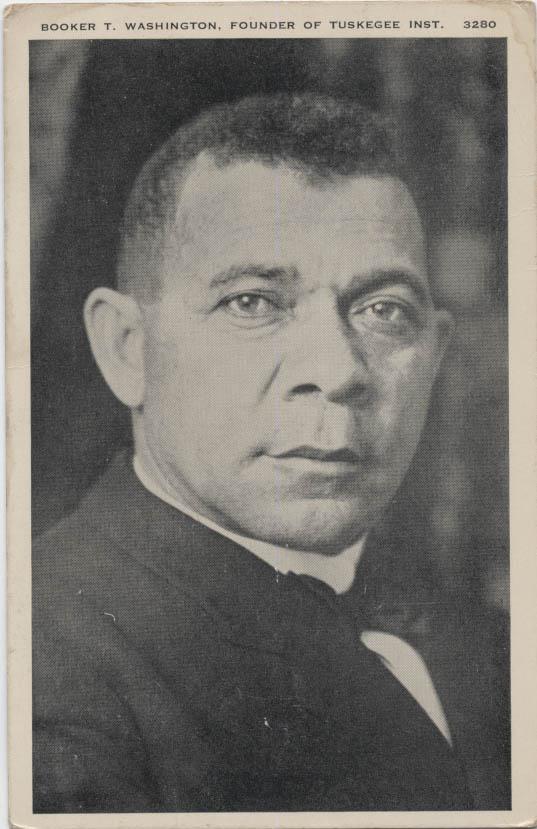
National Negro Health Week is founded by Booker T. Washington. - 1916
-
The Black Stork 1916
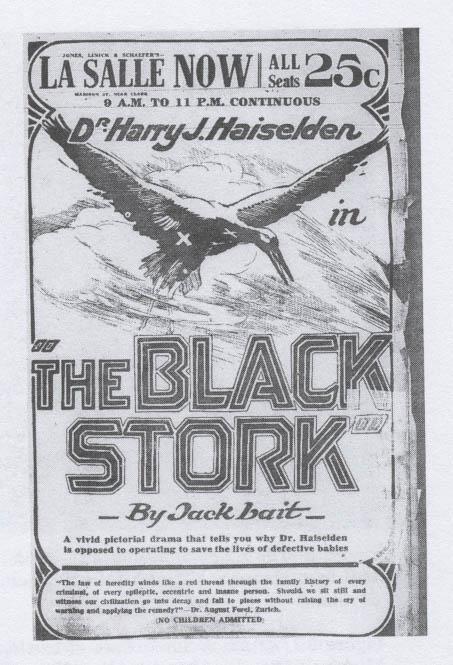
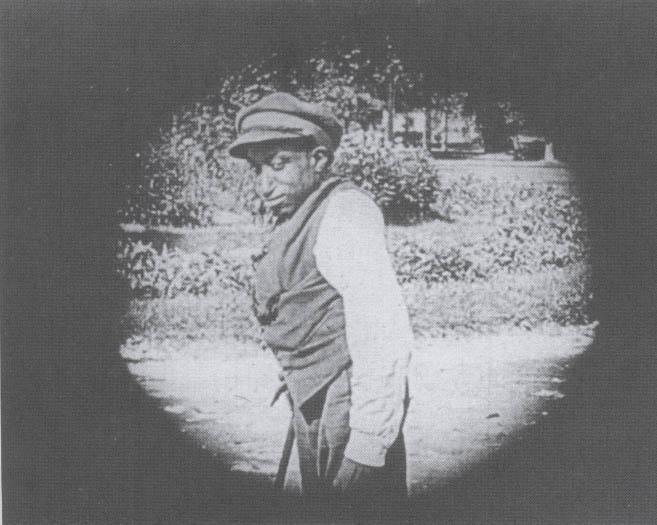
- The silent film “The Black Stork” is released. Using eugenics as its central theme, the movie discusses the consequences of breeding with the unhealthy—including a black slave that causes a “genetic contamination” in an otherwise well-to-do family.
- The result is the birth of defective children, making members of such families unfit for marriage.
- 1918
-
Care for Tubercular African-Americans 1918
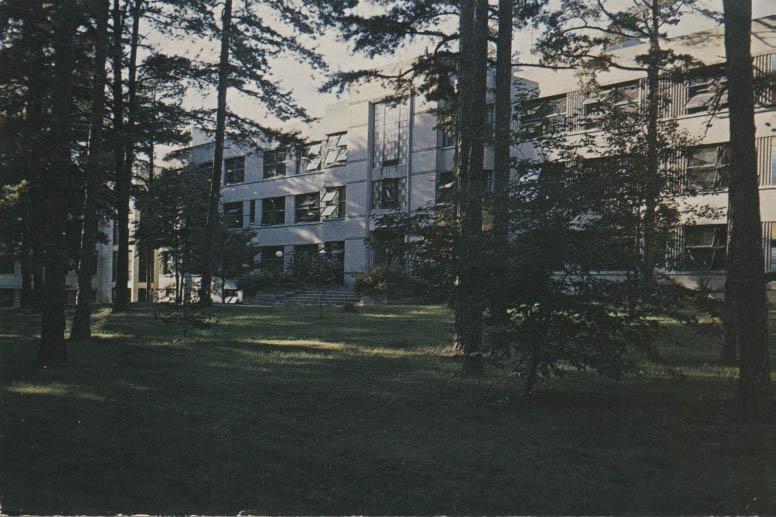
The Piedmont Sanatorium opens in Burkeville, Virginia, providing treatment to African Americans with tuberculosis. - 1919
-
West Virginia Follows Suit 1919
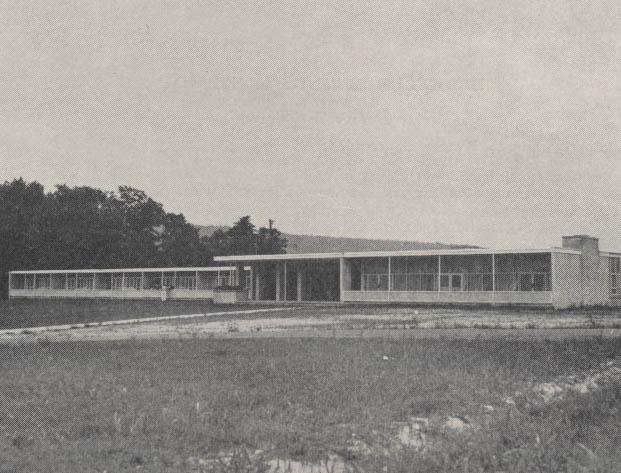
- The West Virginia State Colored Tuberculosis Sanatorium, later known as “Denmar Sanatorium,” admits its first patient.
- The sanatorium’s first superintendent wrote of its location: “The altitude is 2,200 feet, giving the rarity and purity of atmosphere so desirable in the treatment of tuberculosis . . . Mountains protect [the village of Denmar] on all sides from the harsh blasts of winter. ”[1]
-
Rusk State 1919
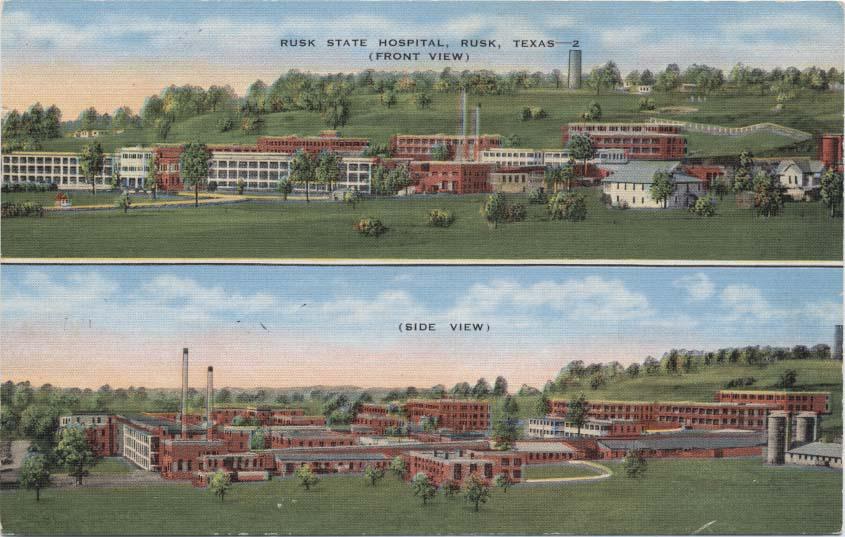
- Rusk State Penitentiary in Texas is converted to a hospital for the “Negro Insane.”
- The hospital admitted 600 patients in its first year of operation.
- White patients were eventually admitted due to a growing need and the hospital became segregated.
- 1920
-
State School for Deaf and Blind Negro Children 1920
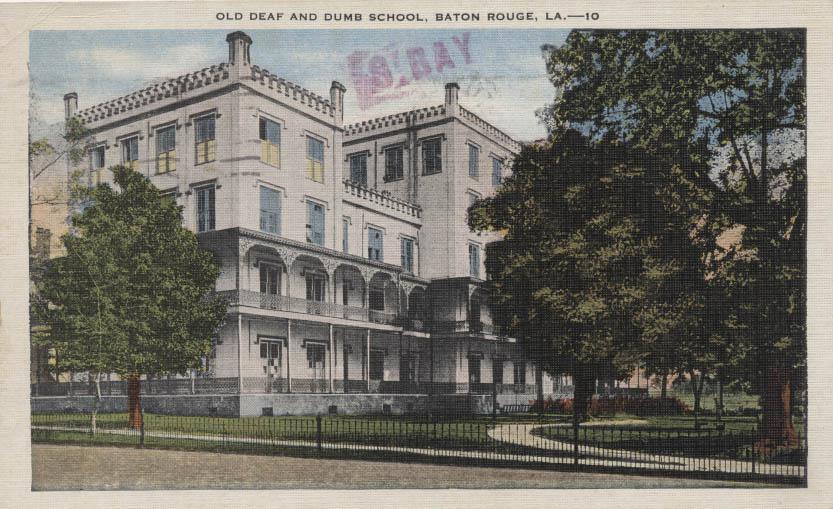
- Louisiana passes legislation to establish a State School for Deaf and Blind Negro Children in Baton Rouge.
- Due to insufficient funds, only the school for the blind opened initially in 1922 on the campus of Southern University.
- 1923
-
The Almshouse 1923
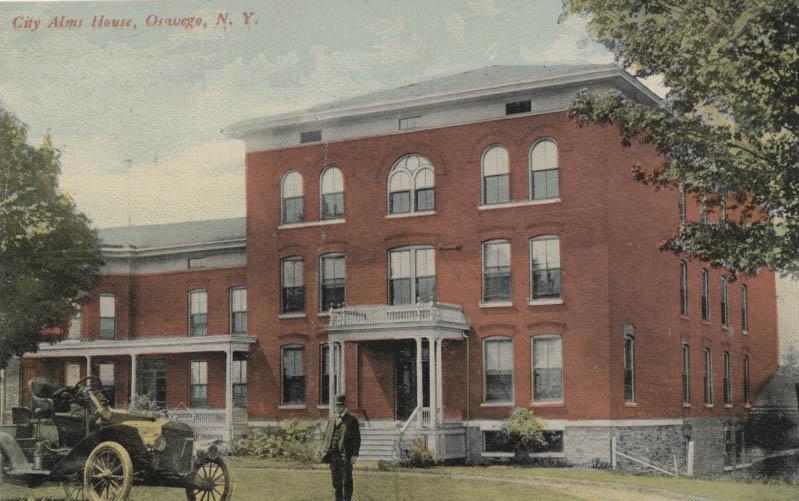
- University at Buffalo sociologist Niles Carpenter publishes a study, “Feebleminded and Pauper Negroes in Public Institutions.”
- The study examined the number of whites and blacks in almshouses and in institutions for the feebleminded.
- Carpenter’s data showed that, for every hundred thousand people, 52.7 African Americans resided in almshouses and 9.4 in institutions, compared to 59.2 native-born whites residing in almshouses and 47.3 in institutions.
-
Distinguishing Between Mental Disabilities 1923
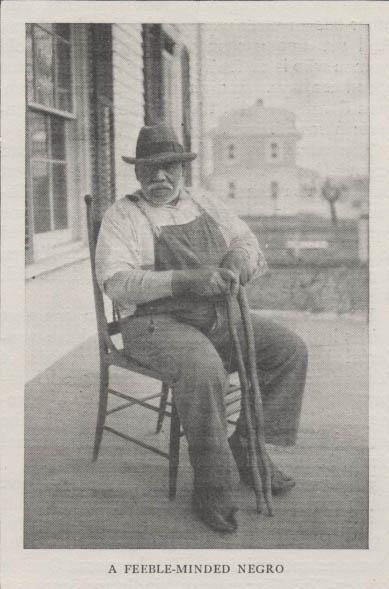
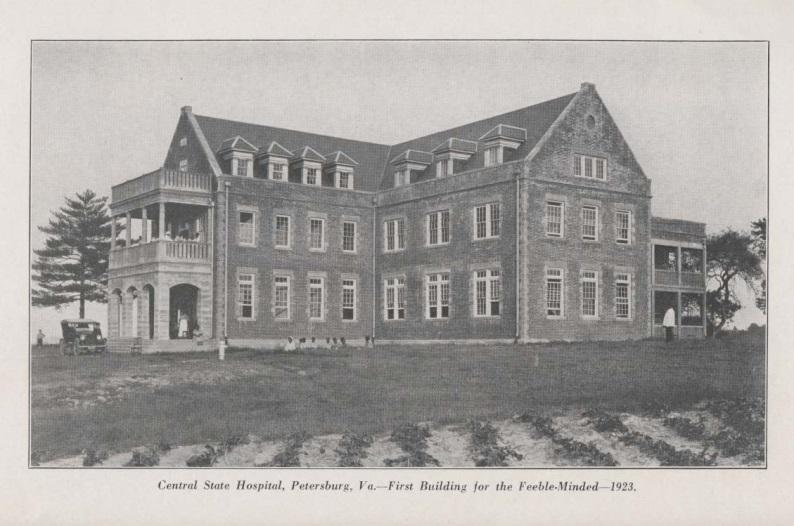
- Prior to 1915, Central State Hospital did not distinguish between feebleminded and insane patients. By 1923, separate provisions were made for both types of patients.
-
Help for Veterans 1923
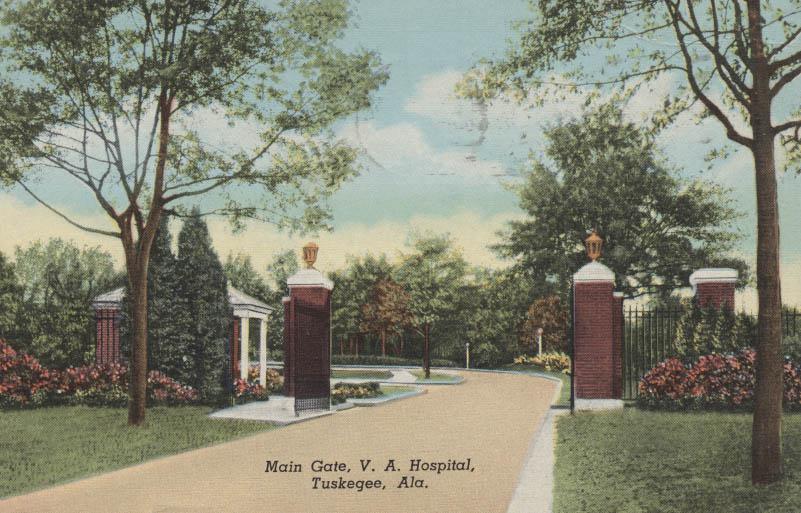
- The Tuskegee Veterans Administration Hospital opens.
- It is the first of its kind fully staffed by African Americans.
- 1924
-
Racial Integrity Act 1924
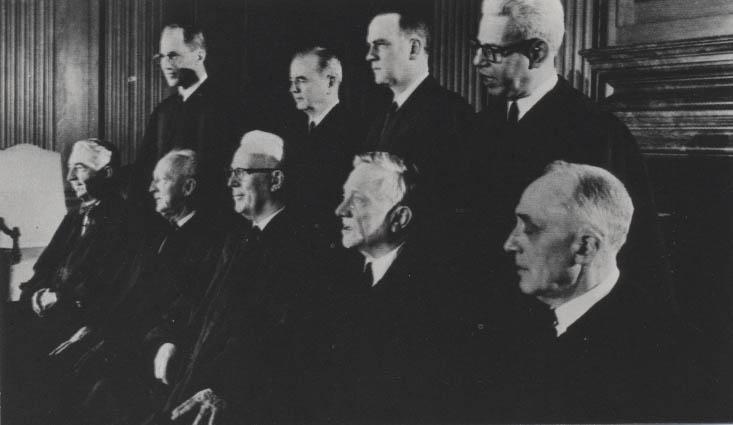
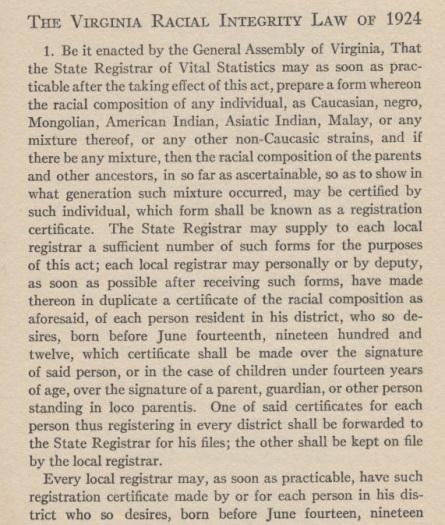
- The Virginia State Legislature passes “The Racial Integrity Act.” This act made it illegal for white and non-whites to marry.
- In 1967, the United States Supreme Court, led by Chief Justice Earl Warren, ruled that racial integrity laws were unenforceable in Loving v. Virginia.
- 1926
-
Easing Overcrowding 1926
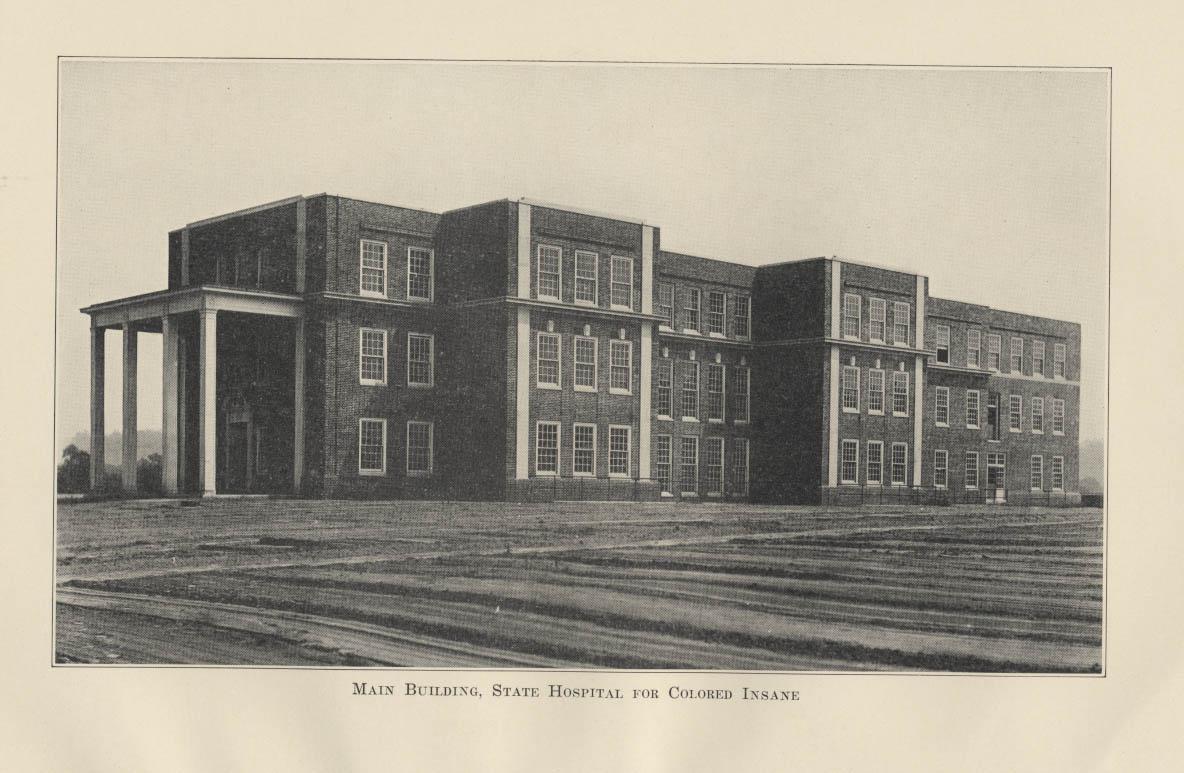
- The State Hospital for the Colored Insane, also known as Lakin State Hospital, opens in West Virginia.
- The first patients were transferred from Weston State Hospital.
-
Segregation 1926
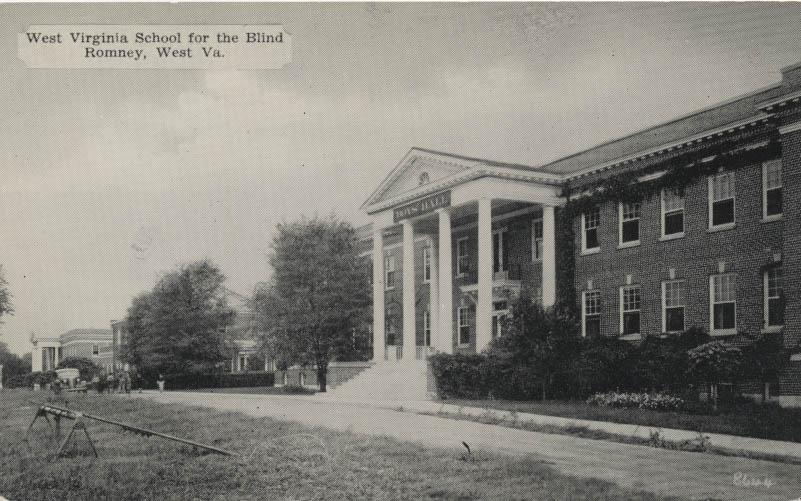
- The West Virginia School for the Colored Deaf and Blind is created.
- After the Supreme Court decision in Brown v. Board of Education, the school was shut down and the students were transferred to the integrated school in Romney, West Virginia.
- 1929
-
Segregation in Colony Homes 1929
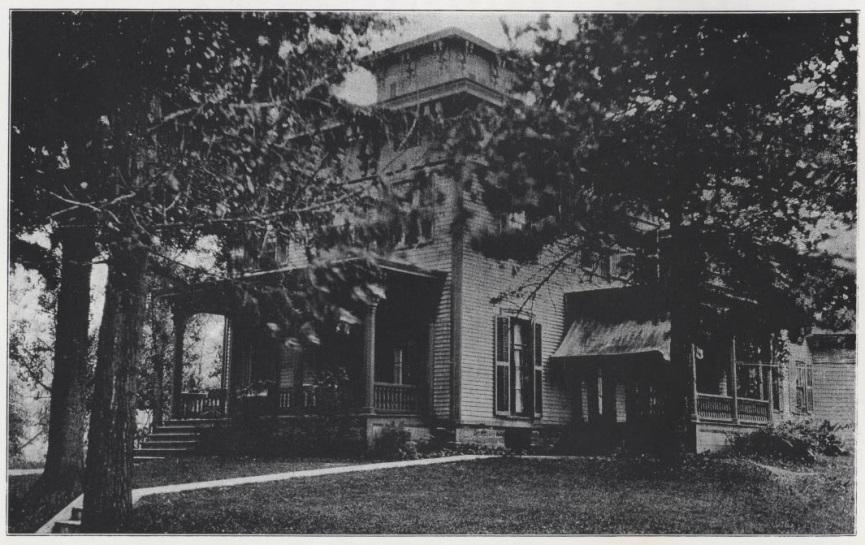
Hamilton Colony, Rome State School- Rome State School in New York initiated a colony care program in 1906 to provide students with opportunities to live and work in the community. By 1929, the school had established 45 colonies—two of which were exclusively for “Negro” students.
- The colony home in Hamilton County, the first of these two colonies, provided domestic service opportunities.
- Patients who excelled in this setting were then transferred to a colony in Harlem that allowed for increased community living and socializing.
- 1932
-
The Tuskegee Experiment 1932
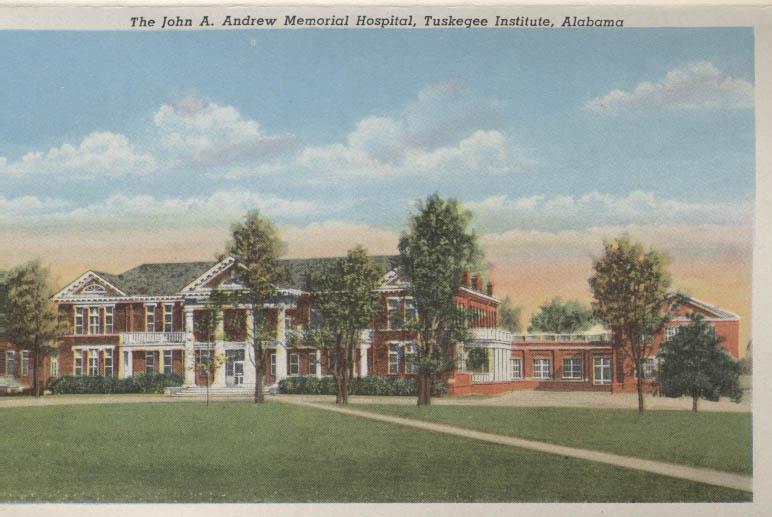
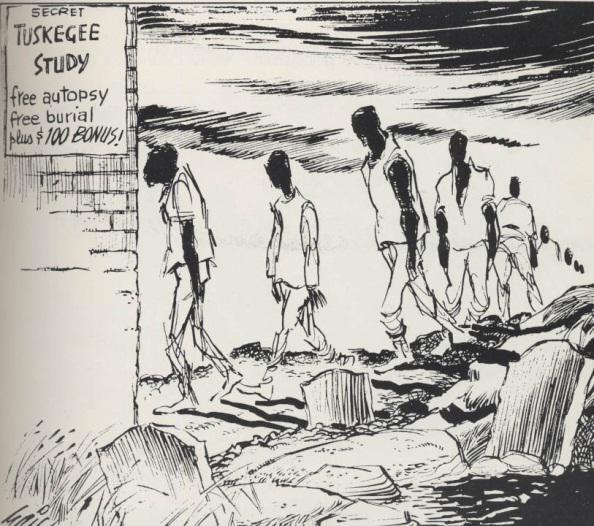
- The “Tuskegee Study of Untreated Syphilis in the Negro Male” is initiated by the United States Public Health Service in conjunction with the Tuskegee Institute and the John A. Andrew Memorial Hospital.
- Conducted without the consent of the initial 600 black men, the study continued until 1972. Long term effects of untreated syphilis include issues with mental functions, memory loss, loss of vision, balance, and other symptoms.
- 1933
-
Taft State Hospital 1933
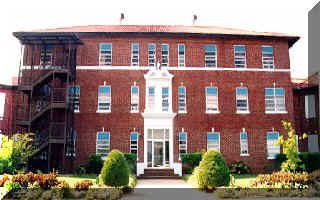
- The Taft State Hospital for the Negro Insane opens in Oklahoma.
- 1939
-
The “Negro Project” 1939
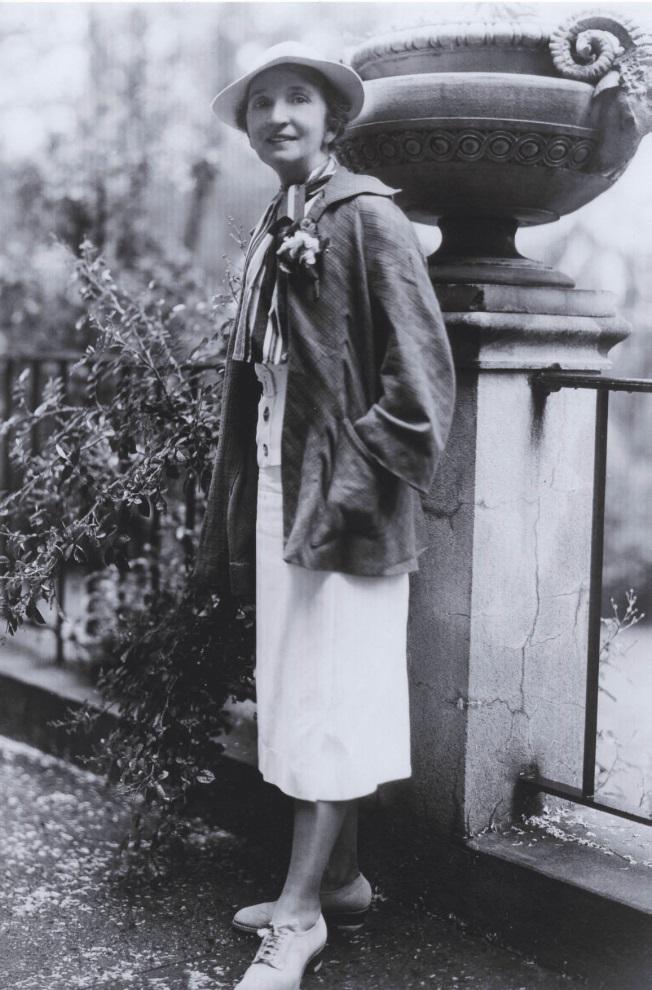
- The American Birth Control Federation begins planning a “Negro Project” with the aid of activist Margaret Sanger.
- Elements of the project included sterilization and birth control of impoverished African Americans.
-
Petersburg State Colony 1939
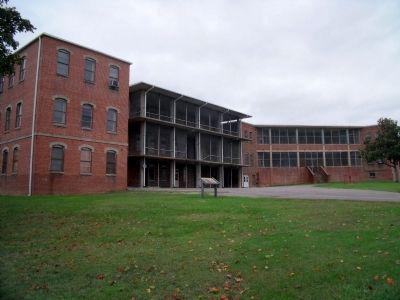
- The Petersburg State Colony opens in Virginia on land owned by Central State Hospital.
- The Colony was specifically for the care of African Americans who were considered “feeble-minded.”
- 1941
-
Help from the President 1941
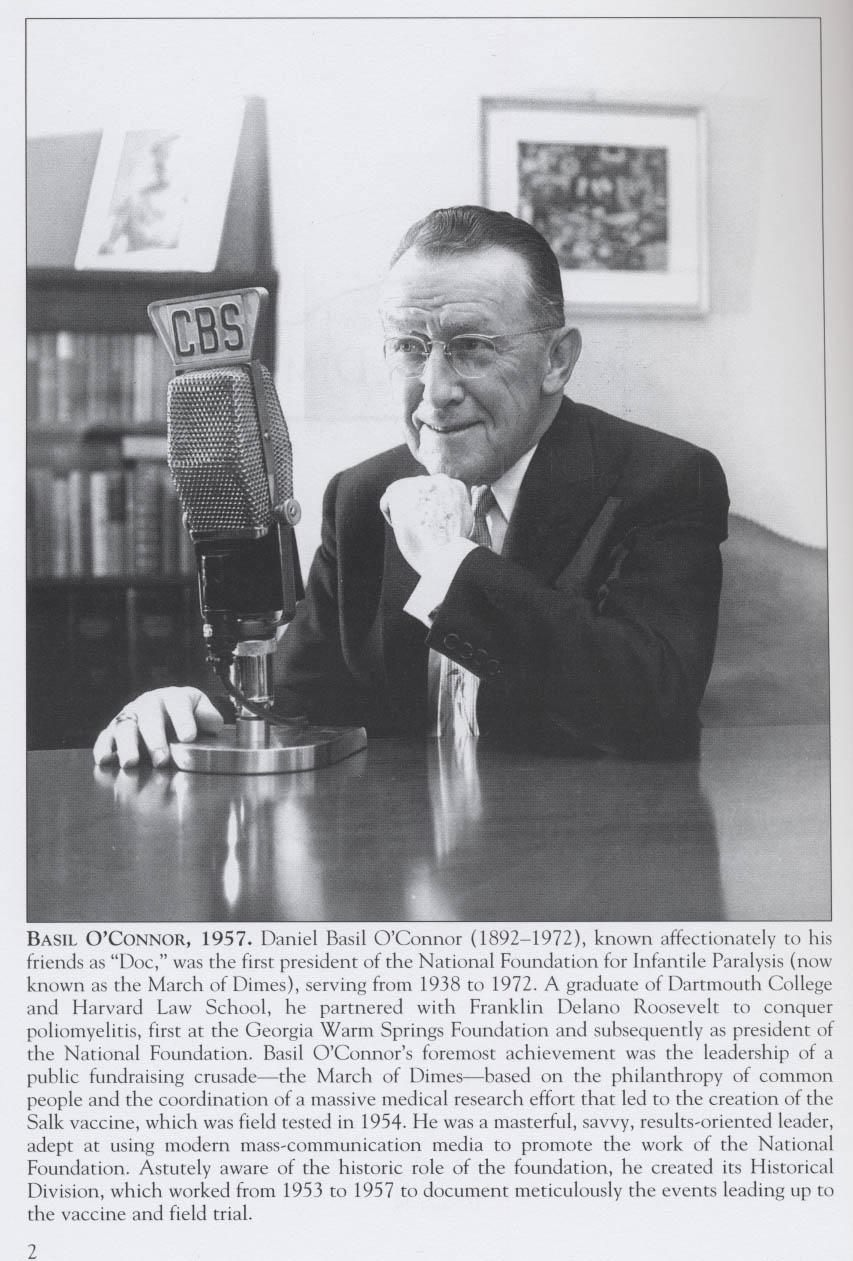
- The Tuskegee Infantile Paralysis Center is established with grant funding from the National Foundation for Infantile Paralysis—founded in 1938 by President Franklin Delano Roosevelt .
- The $161,350 grant was announced by the director of the National Foundation for Infantile Paralysis, Basil O’Connor.
- 1945
-
Warm Springs, Georgia 1945
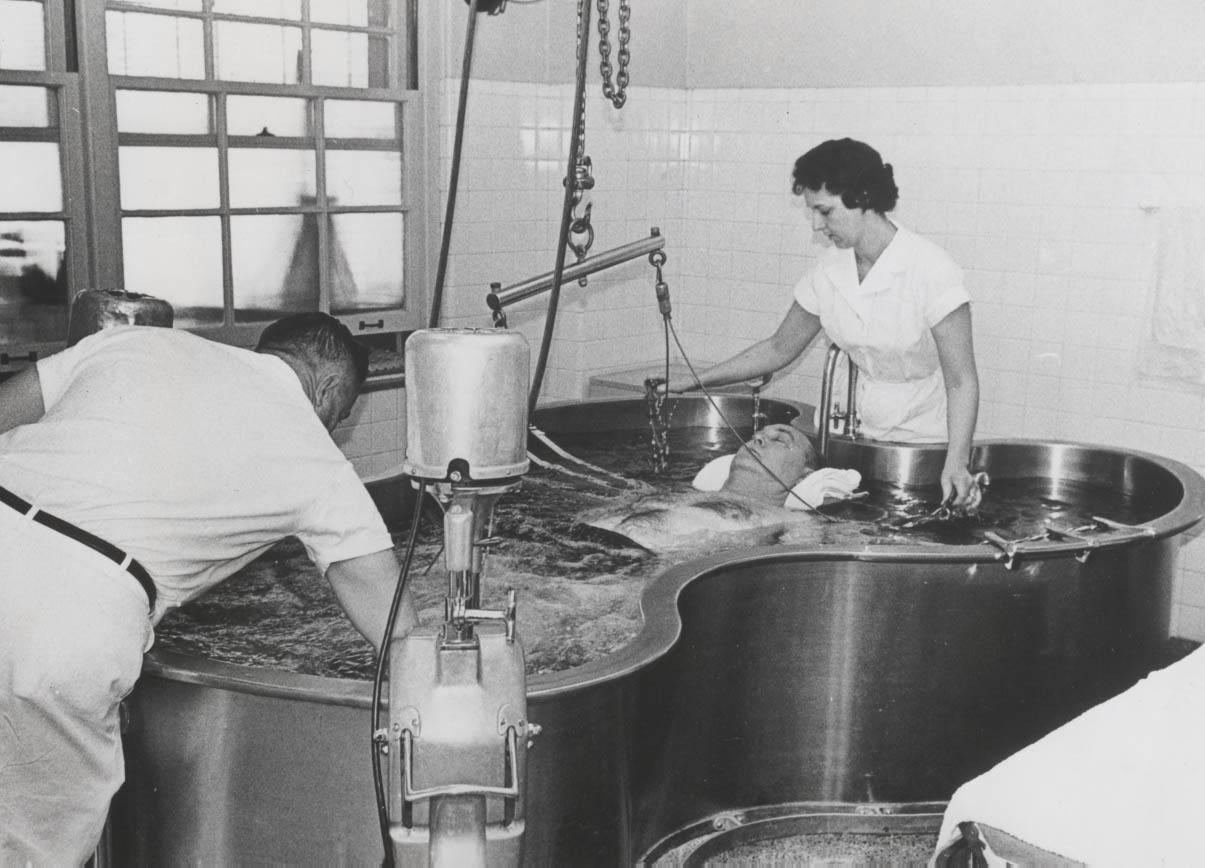
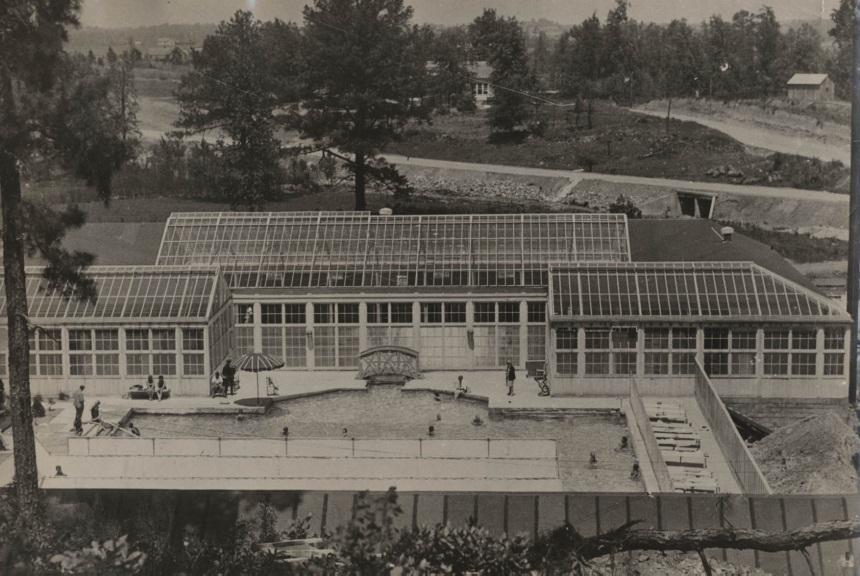
- Warm Springs, a facility founded by President Franklin Roosevelt to treat polio, begins treating black patients after intense pressure from the African American community.
-
The BVA 1945
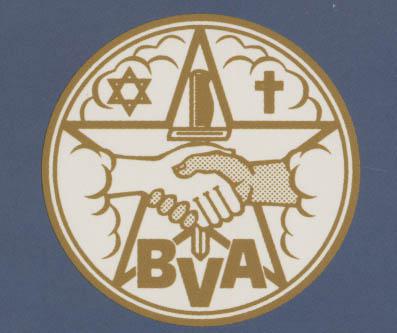
- The Blinded Veterans Association is formed at the Old Farms Convalescent Home in Farmington, Connecticut.
- This organization openly recruited black veterans while other veteran organizations did not.
- 1952
-
The Kendall School for the Deaf 1952
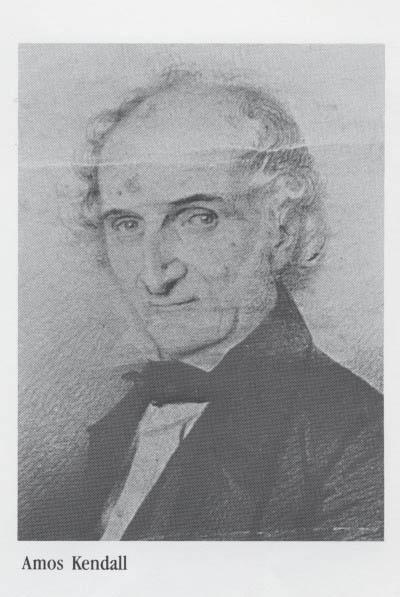
- The Kendall School for the Deaf, located at Gallaudet University, is ordered by the federal court system to allow the admission of black students with hearing impairments.
- 1954
-
Polio Vaccination Field Trials 1954
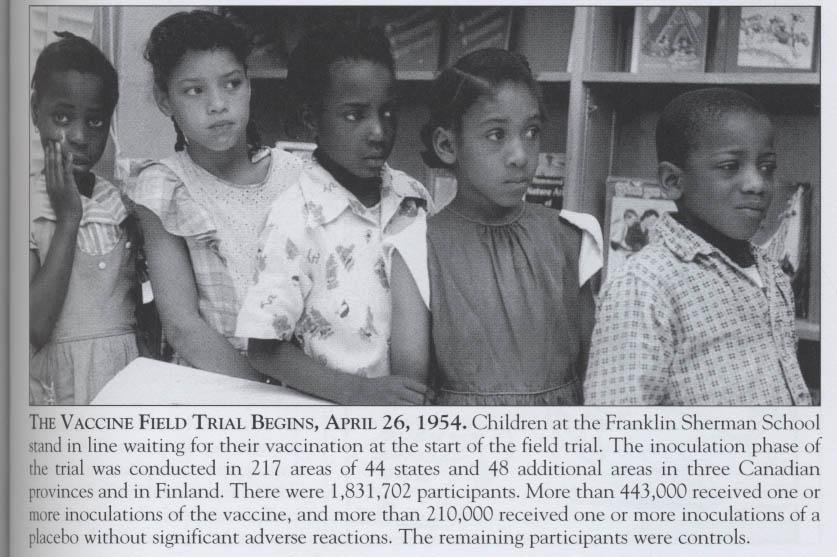
- As polio epidemics spread during the early 20th century, it was thought to be only a “white” disease.
- This thinking in medical circles changed by the end of the 1920’s when it was realized that any race could contract the disease.
- Because of this conceptual change, African American children were included in the first vaccination field trials.
-
A First 1954
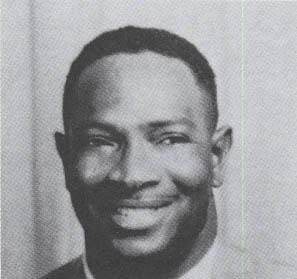
- Dr. Andrew Foster becomes the first deaf African American to graduate from Gallaudet College.
-
Desegregation Begins 1954
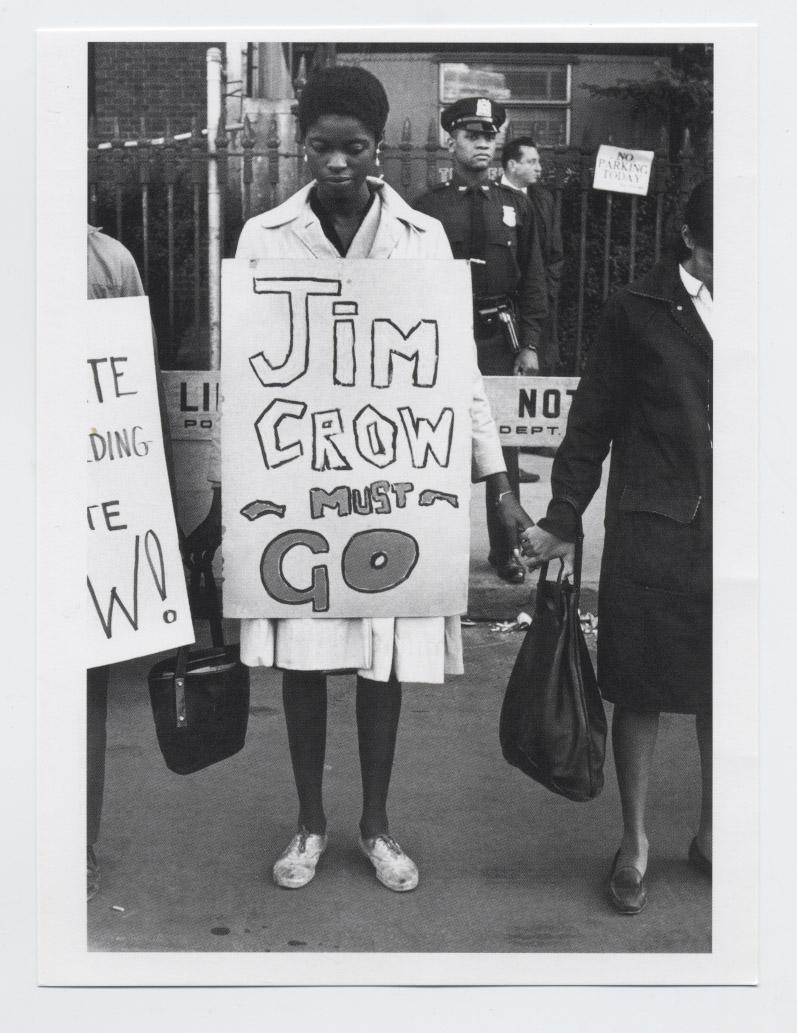
- Brown v. Board of Education of Topeka: The United States Supreme Court declares “separate but equal” schools unconstitutional.
- This ruling led to national desegregation of the nation’s schools—including educational and medical institutions for people with disabilities.
- 1955
-
Avoiding a Supreme Court Ruling 1955–56
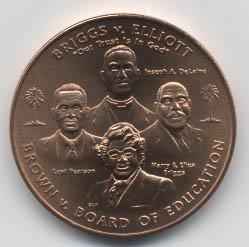
- During these two years, enrollment in Washington, D.C. special education classes doubled—with close to 77% of the students being African Americans.
- This was one of many attempts to circumvent the Court’s Brown v. Board of Education decision.
- 1957
-
Another First 1957
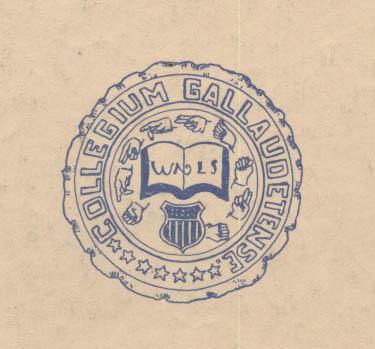
- Ida Wynette Gray Hampton graduates from Gallaudet College. She is the first African American woman to do so.
- 1961
-
Wrongfully Admitted 1961
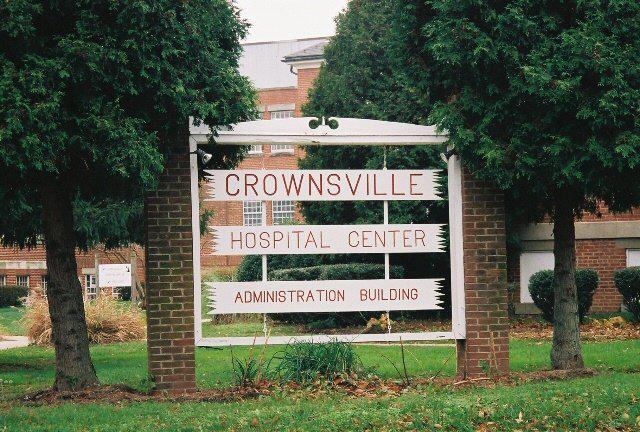
- Civil rights activists Juanita Nelson, Wallace Nelson, and Rose Robinson are arrested for trying to eat at a restaurant in Elkton, Maryland.
- They were arrested for trespassing and eventually sent to Crownsville State Hospital for a mental evaluation.
- The Maryland State Attorney believed the 3 trespassers showed signs of mental illness. Dr. Charles Ward, the hospital’s superintendent, disagreed and they were later just charged for trespassing.
- 1964
-
1964 Civil Rights Act 1964
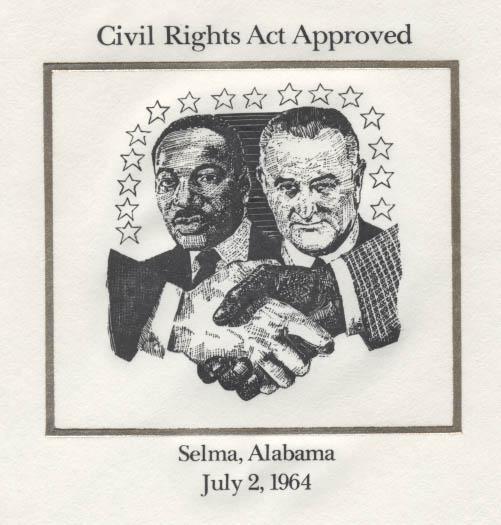
- Discrimination based on race, color, national origin, religion, or sex is outlawed with the passage of the Civil Rights Act.
- 1966
-
Diversity 1966
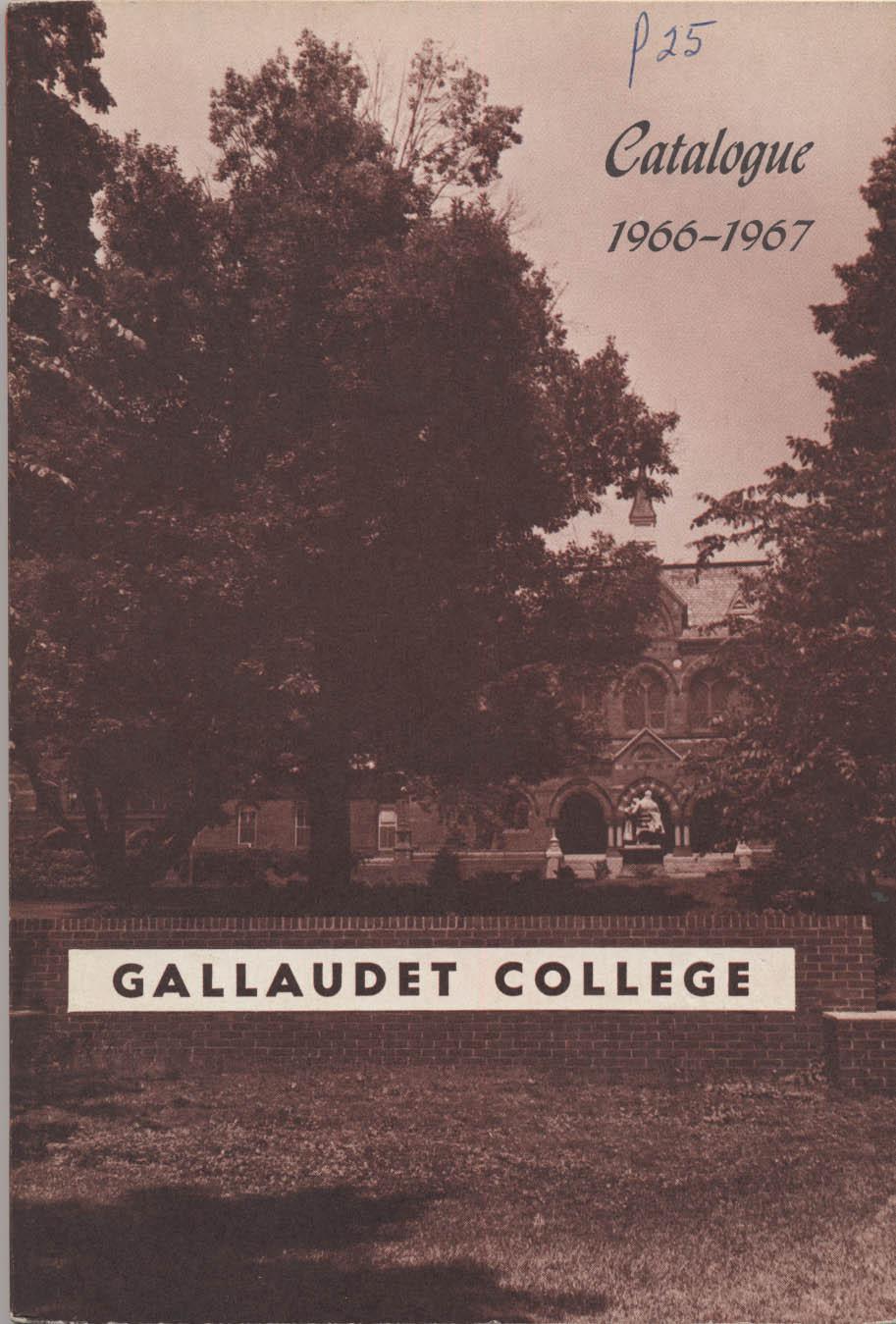
- Gallaudet College hires Dr. N. Judge King, the first African American member of the school’s faculty.
- 1967
-
Movement 1967
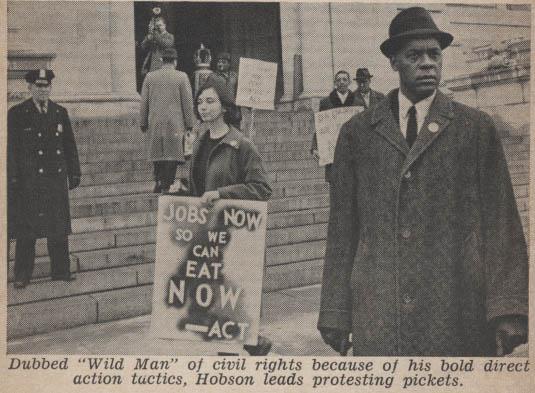
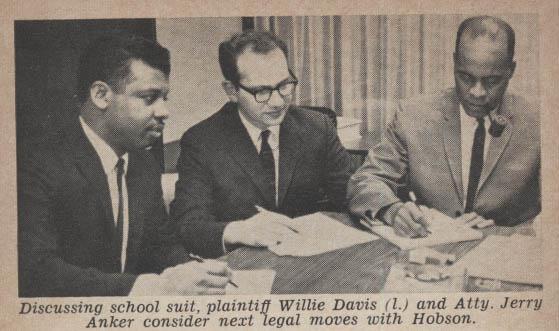
- Hobson v. Hansen is ruled on by United States Court of Appeals for the District of Columbia Judge J. Skelly Wright.
- Wright’s ruling declared that ability-grouping based on race, or the “track system,” was unconstitutional.
- Ability-grouping was found to place more African American students in special education classrooms than white students. The suit was led by civil rights leader Julius Wilson Hobson.
- 1972
-
The Story Breaks 1972
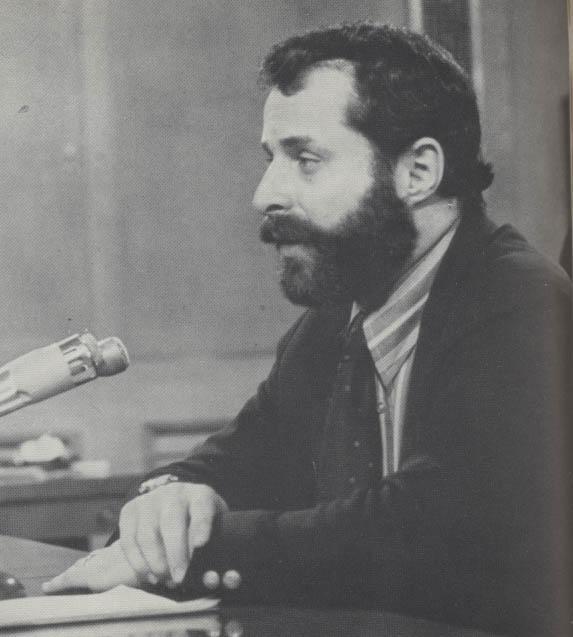
- Associated Press reporter Jean Heller breaks the story of the Tuskegee Study in the Washington Star with the help of former health inspector for the United States Public Health Service Peter Buxtun.
-
Inclusivity 1972
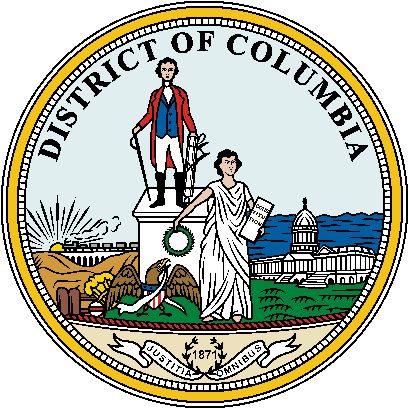
- Mills v. Board of Education of the District of Columbia forces the District of Columbia’s public schools to be inclusive of children with disabilities.
- The seven plaintiffs in the case were African American children with disabilities, but the case was fought on behalf of 18,000 children with disabilities being excluded from public education.
- 1973
-
A Racial Distinction 1973
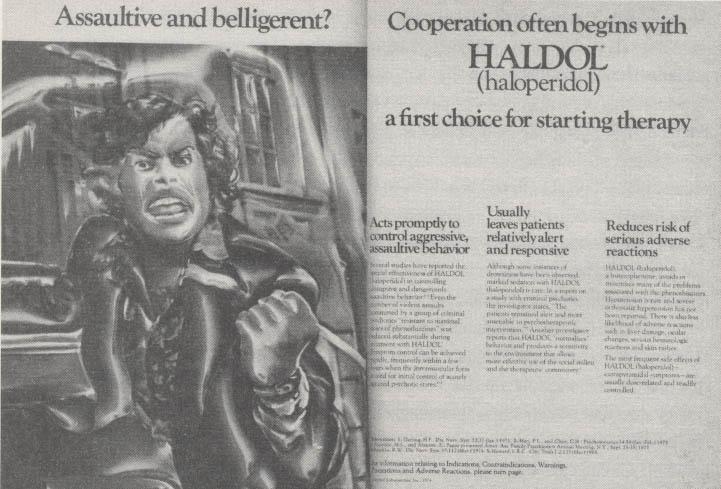
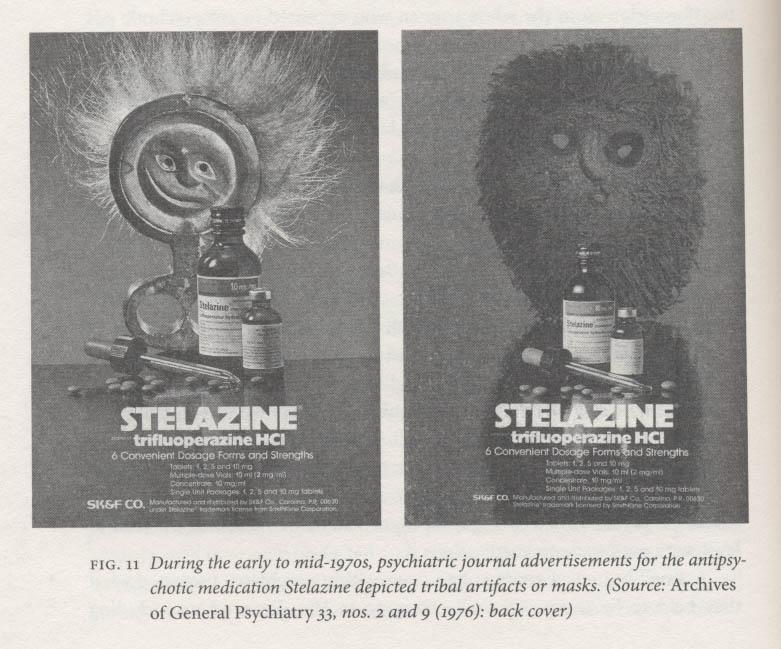
- Several studies conducted in 1973 in the Archives of General Psychiatry, showed that African American patients were more likely to be diagnosed as schizophrenic than white patients.
- The previous decade suggested a movement of “racializing” schizophrenia as a black condition.
-
Senator Edward M. Kennedy 1973
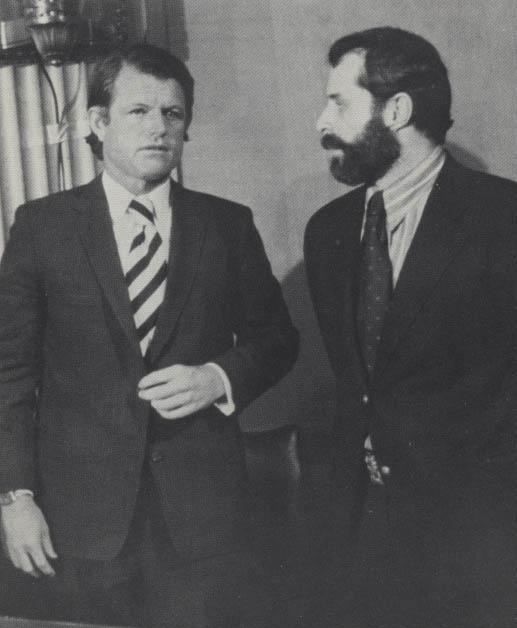
- Senator Edward M. Kennedy holds hearings on human experimentation following the exposure of the Tuskegee Study.
- The hearings gave a platform for participants, the Public Health Service, and others to tell their stories.
- 1974
-
An End to Eugenic Sterilization 1974
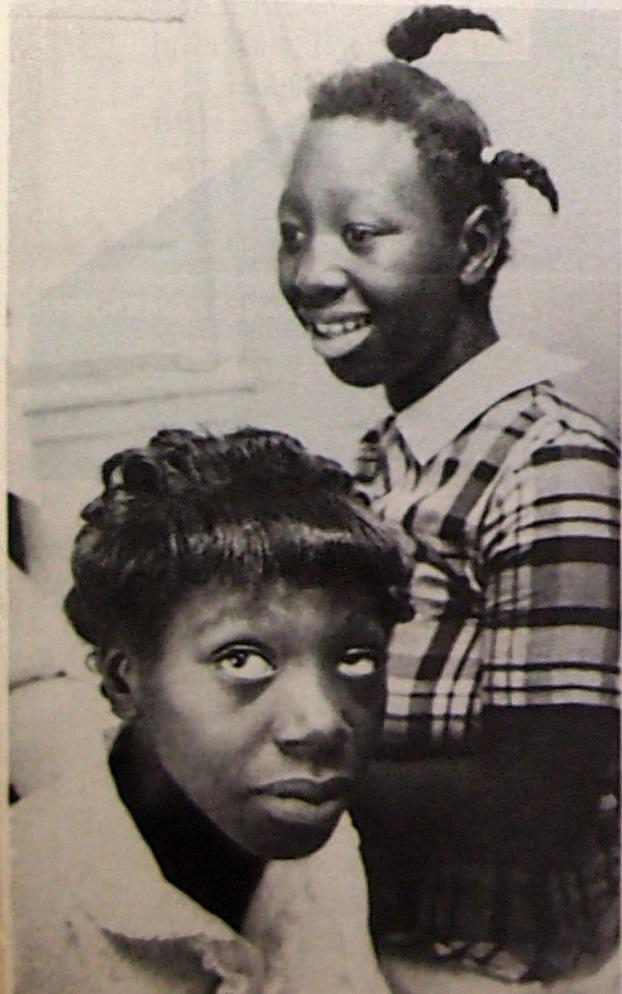
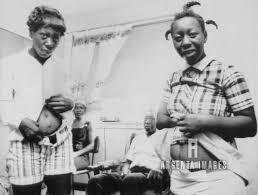
Picture taken of the Relf sisters post-surgery- The federal lawsuit Relf v. Weinberger comes to trial in Alabama.
- The lawsuit was brought to court by the Southern Poverty Law Center after two African American girls with “mental disabilities,” ages 12 and 14, were sterilized without consent.
-
The Federal Government Admits Guilt 1974
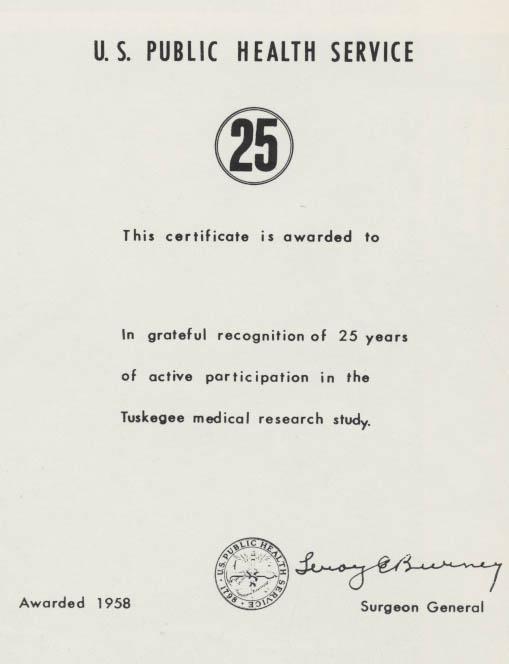
- The United States Government agrees to pay a $10 million settlement to people impacted by the Tuskegee Study.
- Living syphilitic group participants received $37,500.
- Heirs of deceased syphilitic group participants received $15,000.
- Living control group participants received $16,000.
- Heirs of deceased control group participants received $5,000.
- 1979
-
Larry P. v. Riles 1979
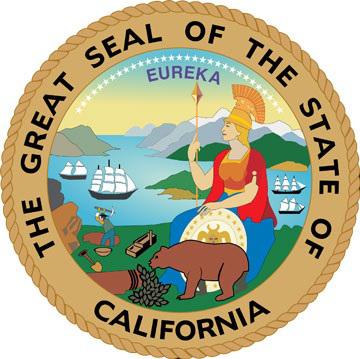
- Federal District Judge Robert Peckham makes a decision in the case Larry P. v. Riles.
- The case involved the use of intelligence tests for placement of black children in classes for “educable mentally retarded” in California.
- Judge Peckham ruled that the disproportionate number of black children in California’s special education classrooms was due to cultural bias in the IQ testing.
- 1981
-
First Black Deaf Conference 1981
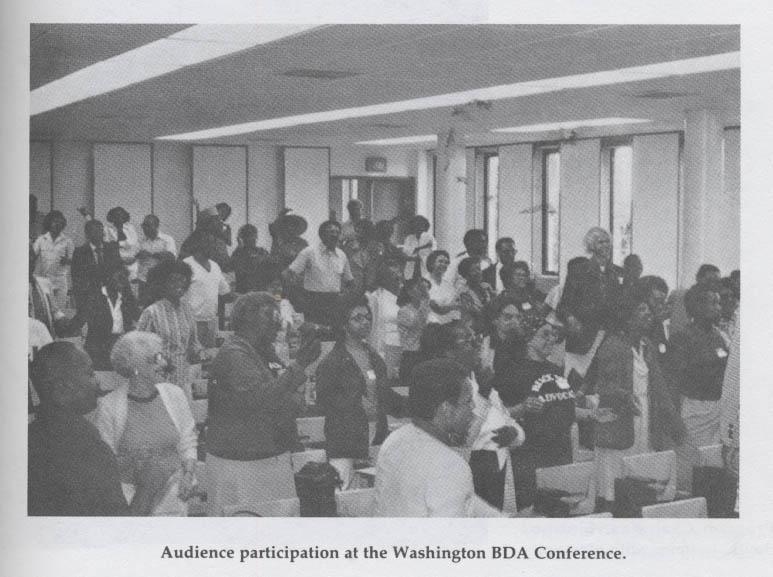
- The First Black Deaf Conference at Howard University in Washington, D.C. is held in June of 1981.
- This Conference led to the subsequent formation of a national deaf advocacy organization.
- 1982
-
A Voice for the Deaf 1982
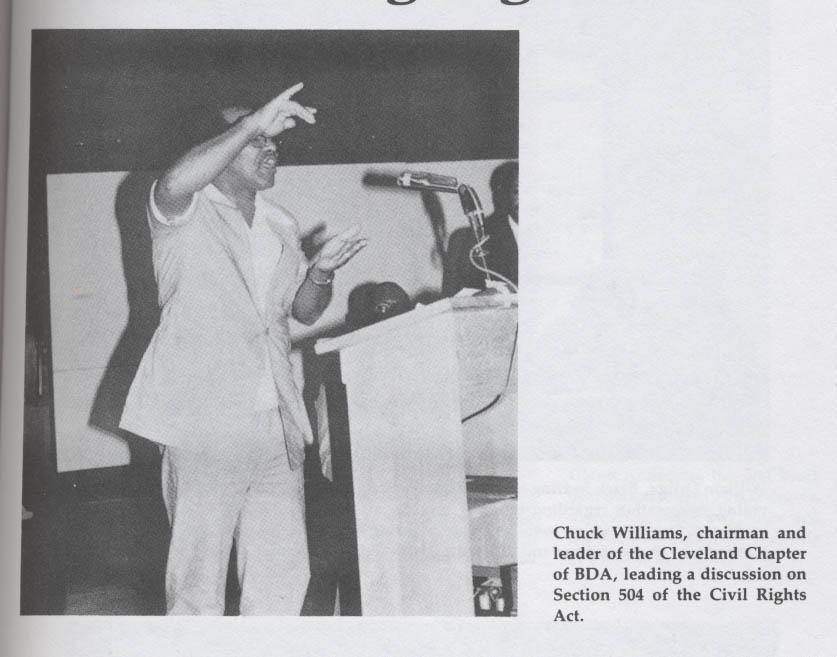
- National Black Deaf Advocates is founded.
- The advocacy organization works on behalf of African Americans who have hearing impairments.
- Objectives of the organization include social equality and educational and economic opportunities.
- 1990
-
The Americans with Disabilities Act 1990
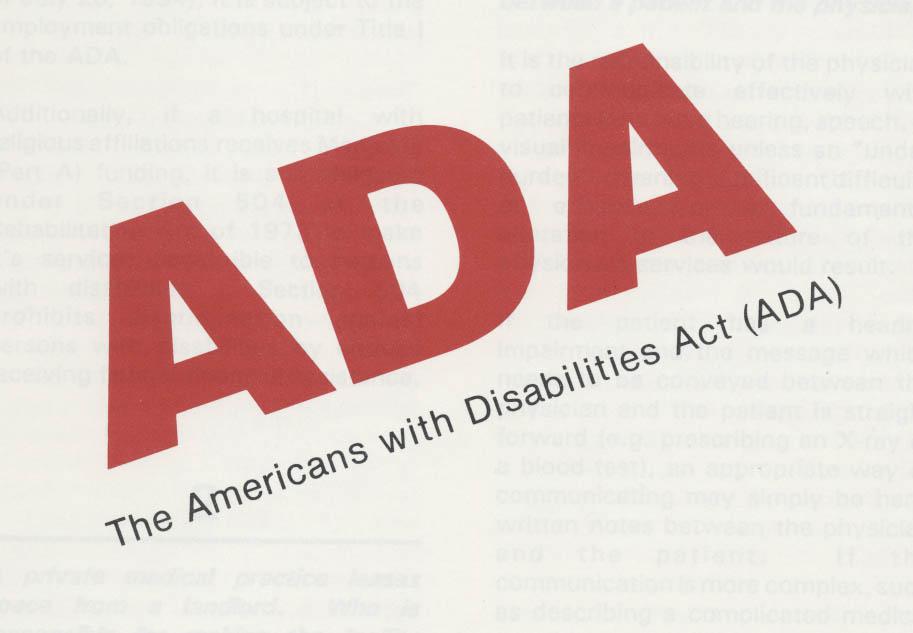
- The Americans with Disabilities Act is signed into law by President George H. W. Bush.
- This breakthrough civil rights legislation forbids discrimination based on a wide range of disabilities.
- A foundation for the law was the 1964 Civil Rights Act.
- 1992
-
National Council on Disability 1992
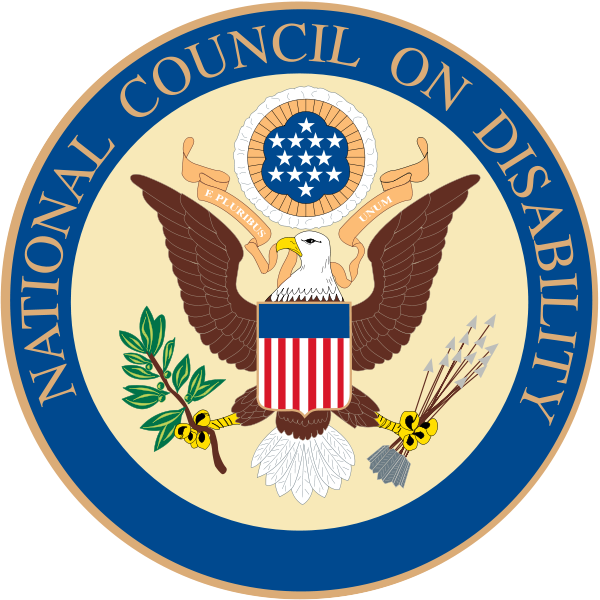
- The National Council on Disability, in conjunction with Jackson State University, issued a report titled “Meeting the Unique Needs of Minorities with Disabilities.”
- 1994
-
IQ Testing 1994
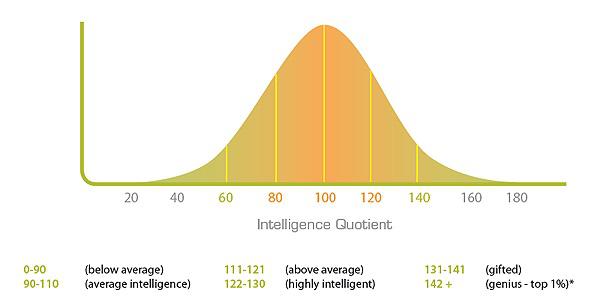
- The court decision of Larry P. v. Riles (1979) is reversed due to the needs of some African-American students who wanted qualification through standardized IQ tests in order to receive special education services.
- 2000
-
The United States Census 2000

- According the United States Census of 2000, the African American community has the highest rate of disability at 20.8 percent.
- This is 1.4 percent higher than the overall rate of 19.4 percent.
- 2003
-
An End to a Eugenic Era 2003
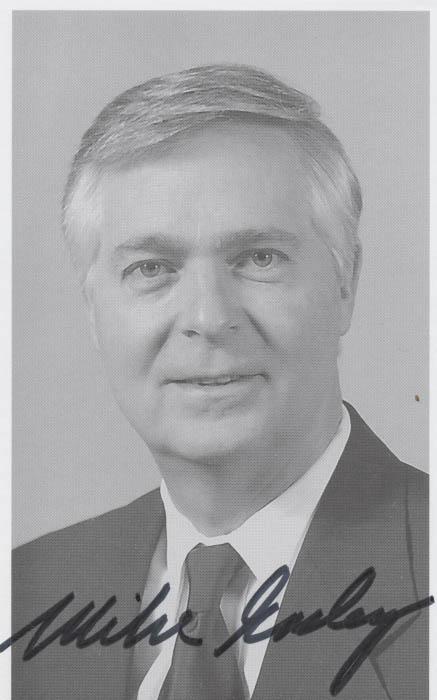
- Mike Easley, the governor of North Carolina, signs legislation ending the state’s use of forced sterilization on people with disabilities.
- Over 7,600 people—many with developmental disabilities—were sterilized during the state’s eugenic program from 1929 until 1974.
- Sterilizations were performed on young black women in the state through the 1960s.
-
Graduation Rates 2003–2004
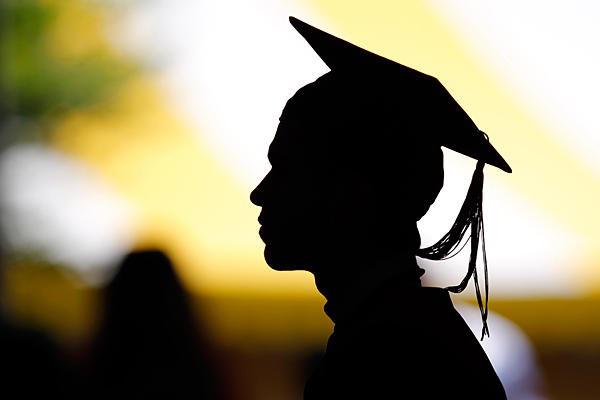
- The 28th Annual Report to Congress on the “Implementation of the Individuals with Disabilities Act” reports that Black students with disabilities had the lowest graduation rates (39.1%) compared to other racial groups in the United States.

